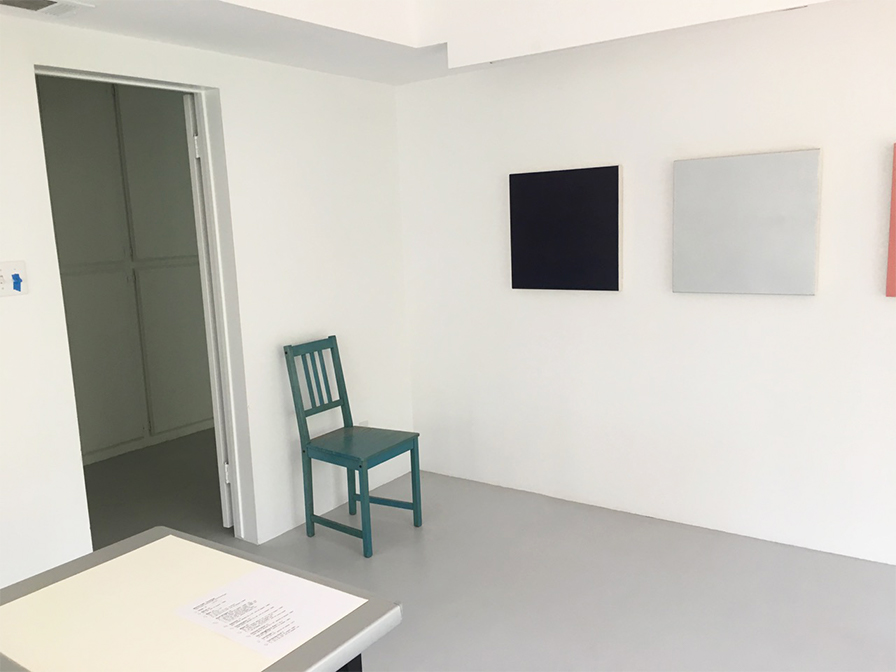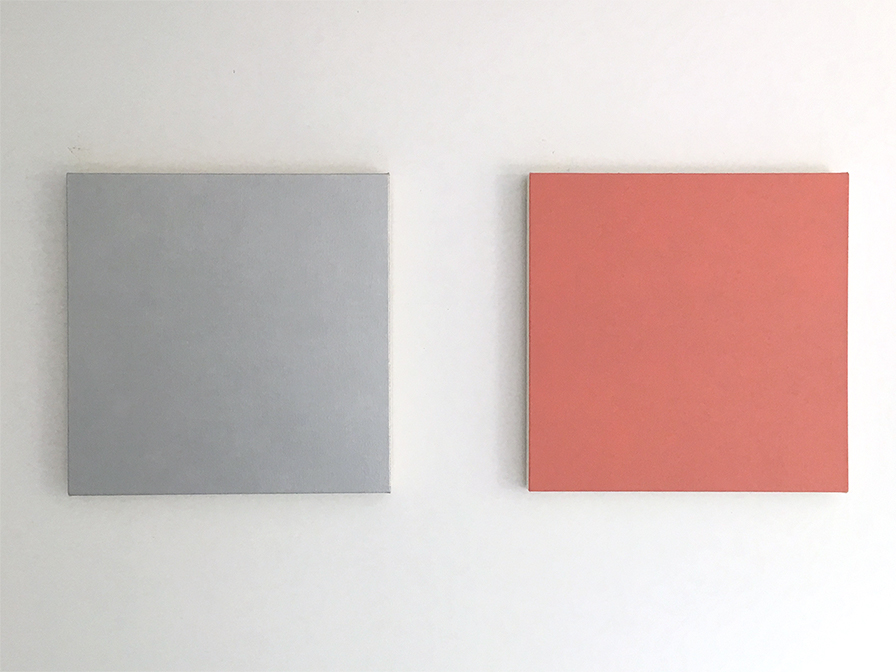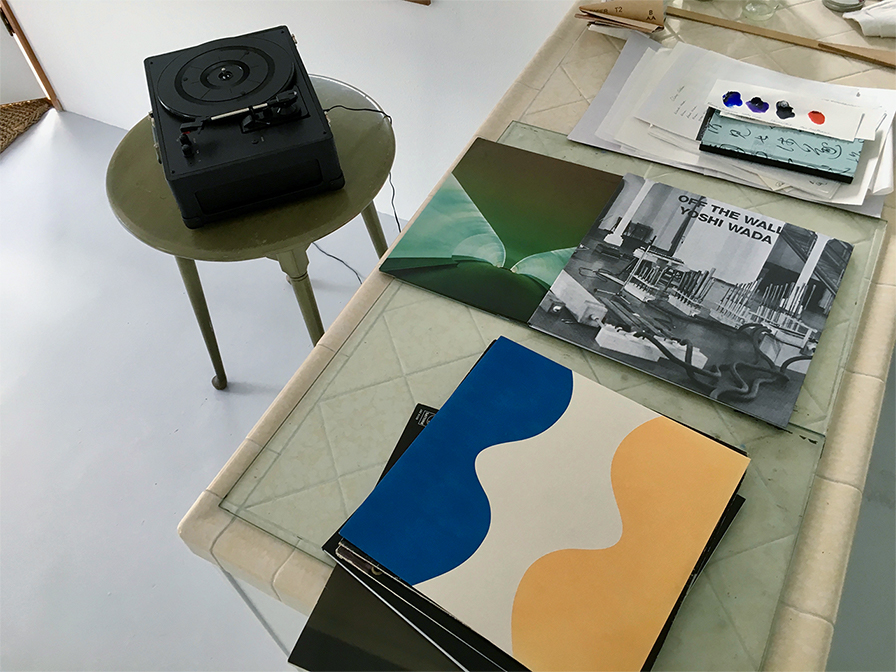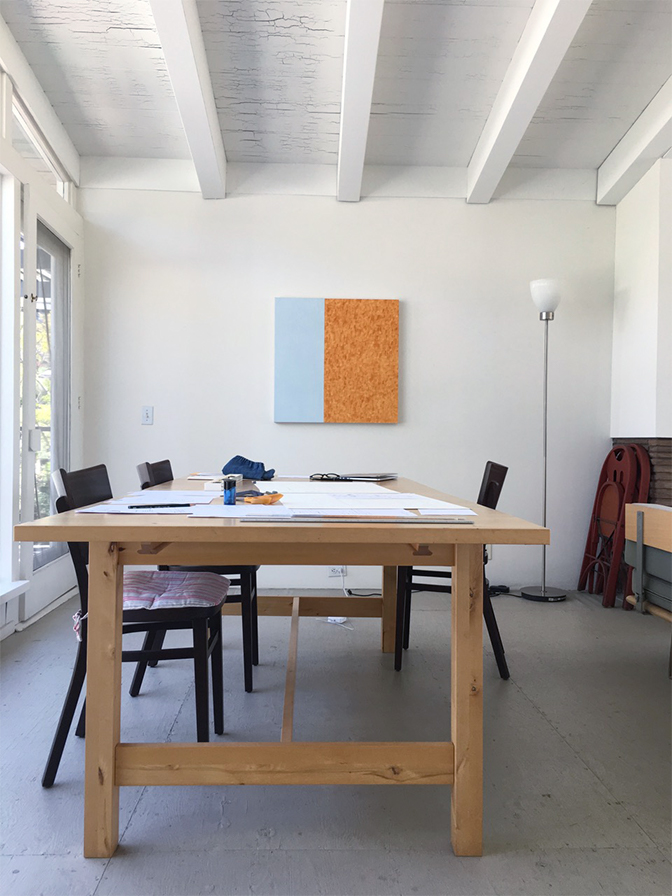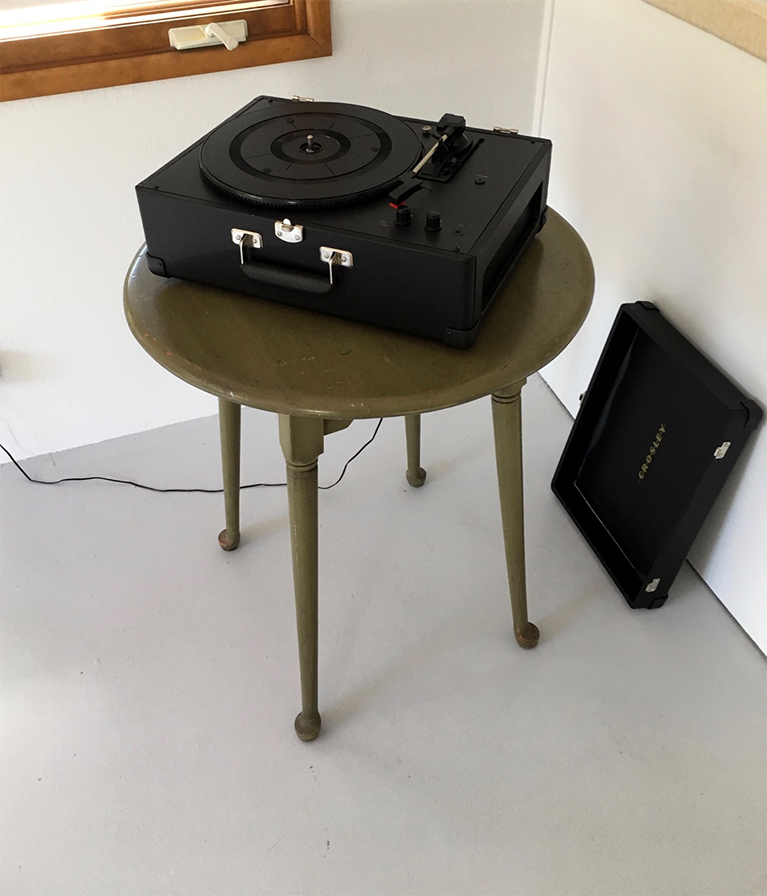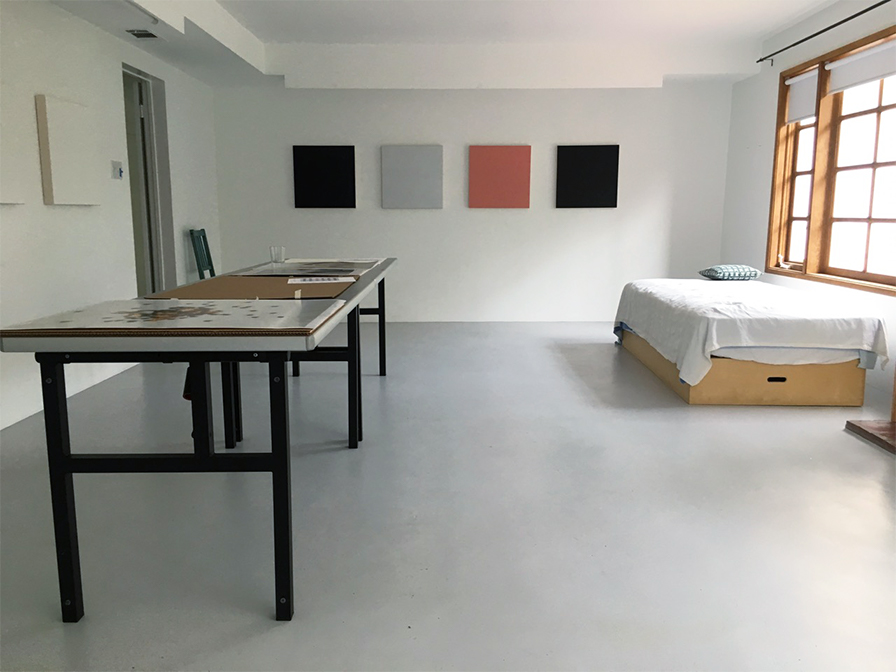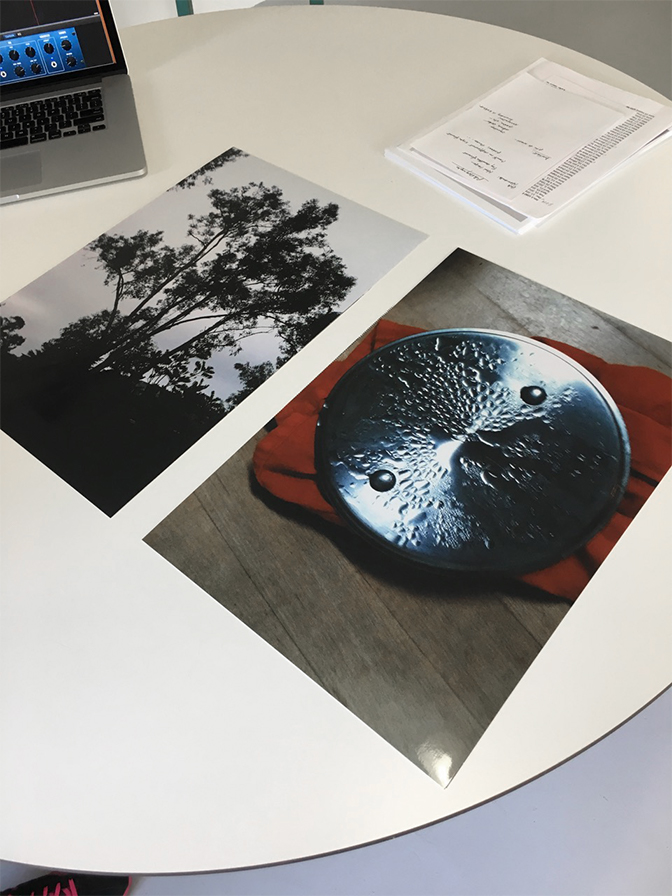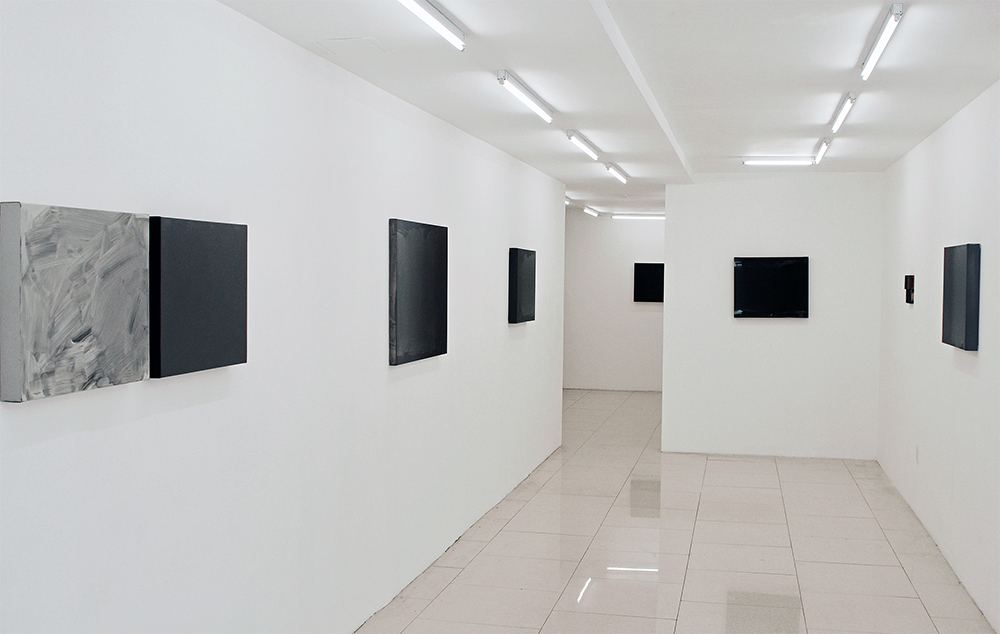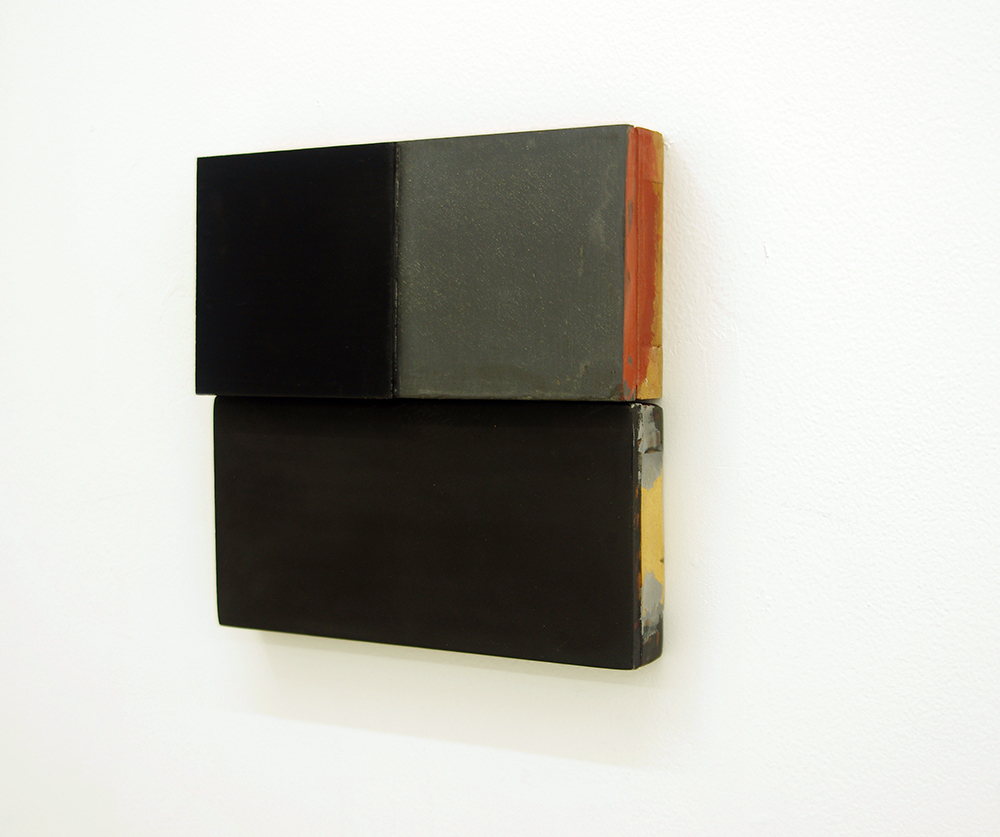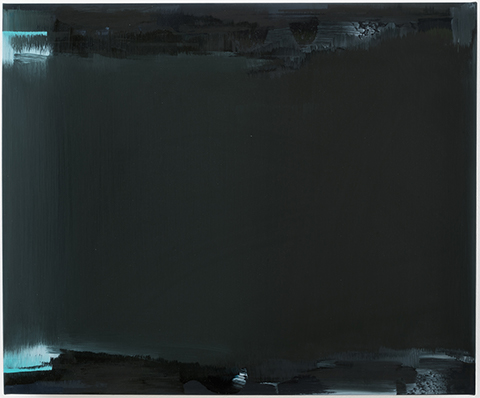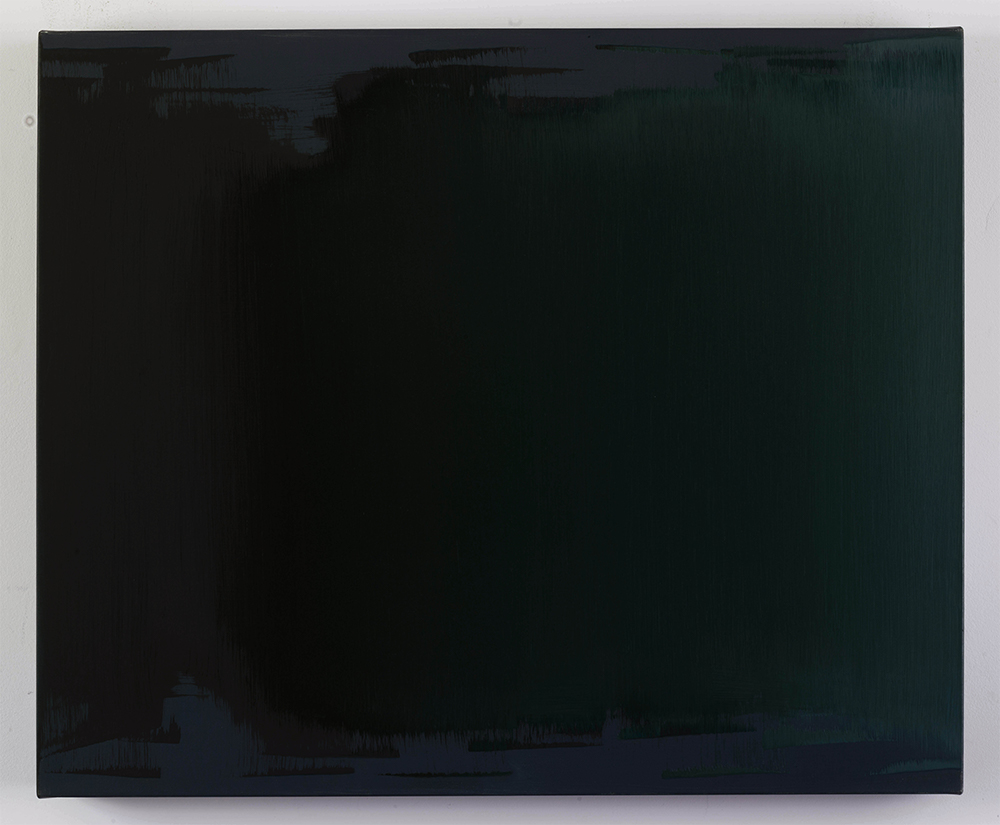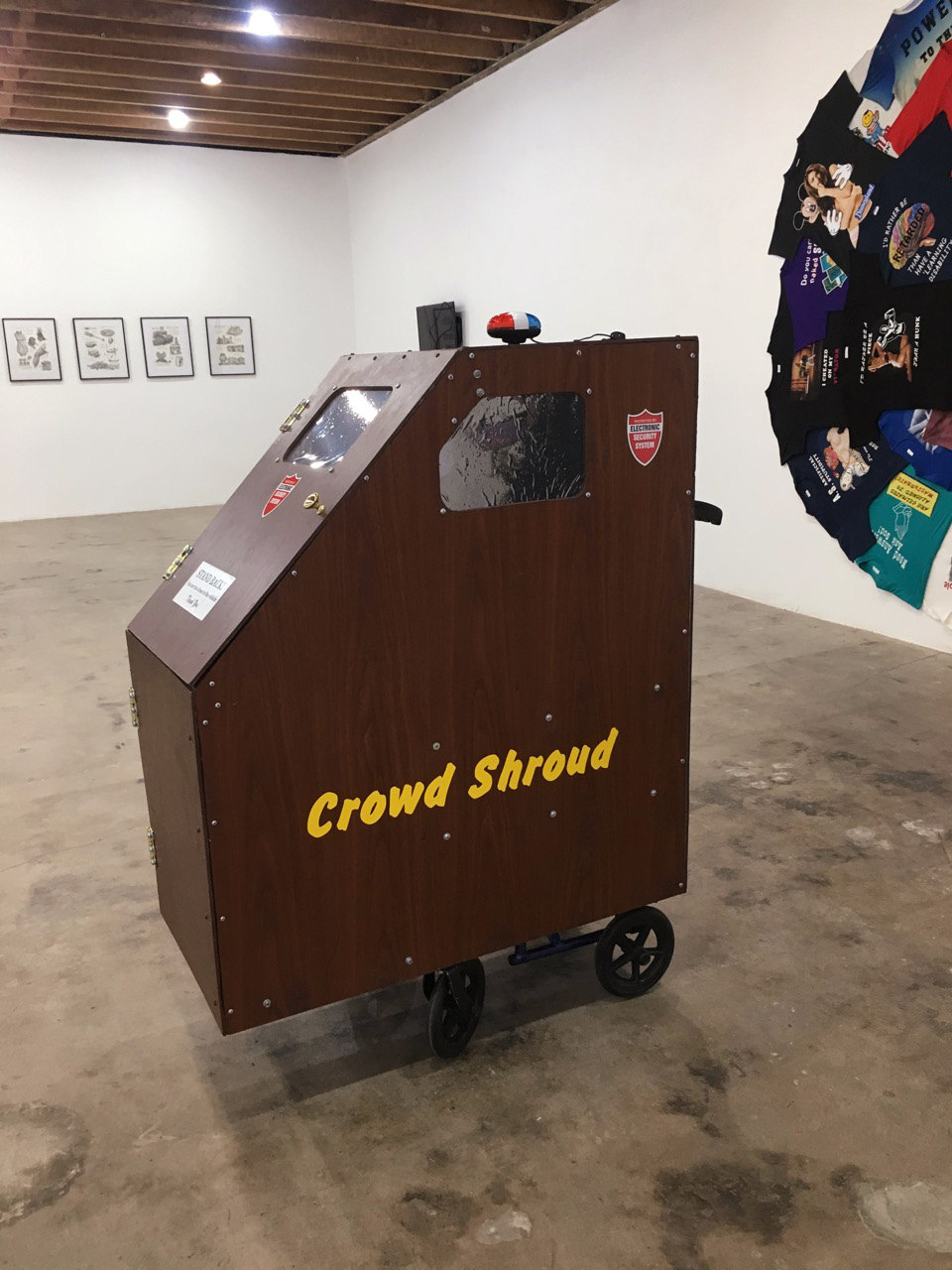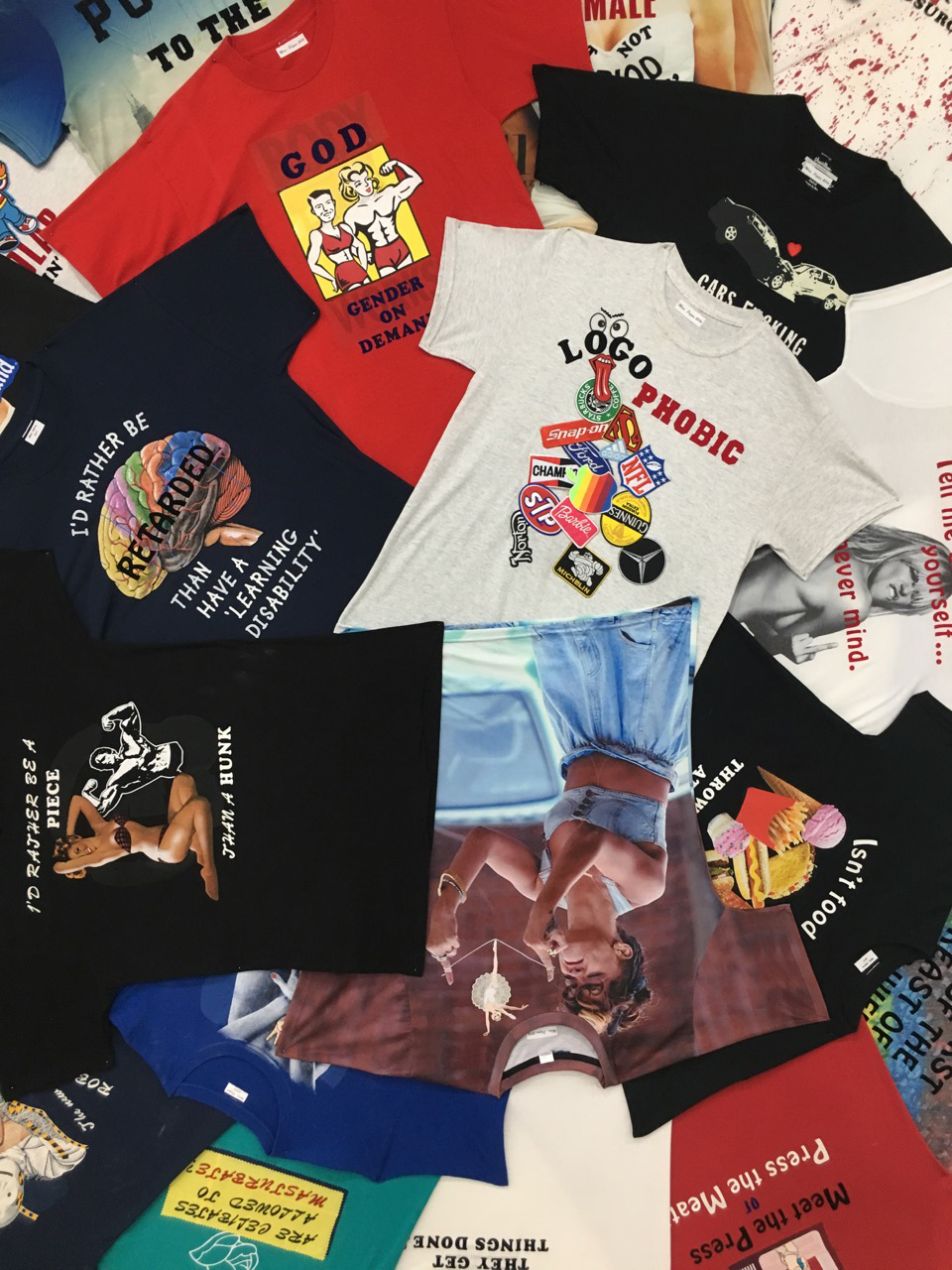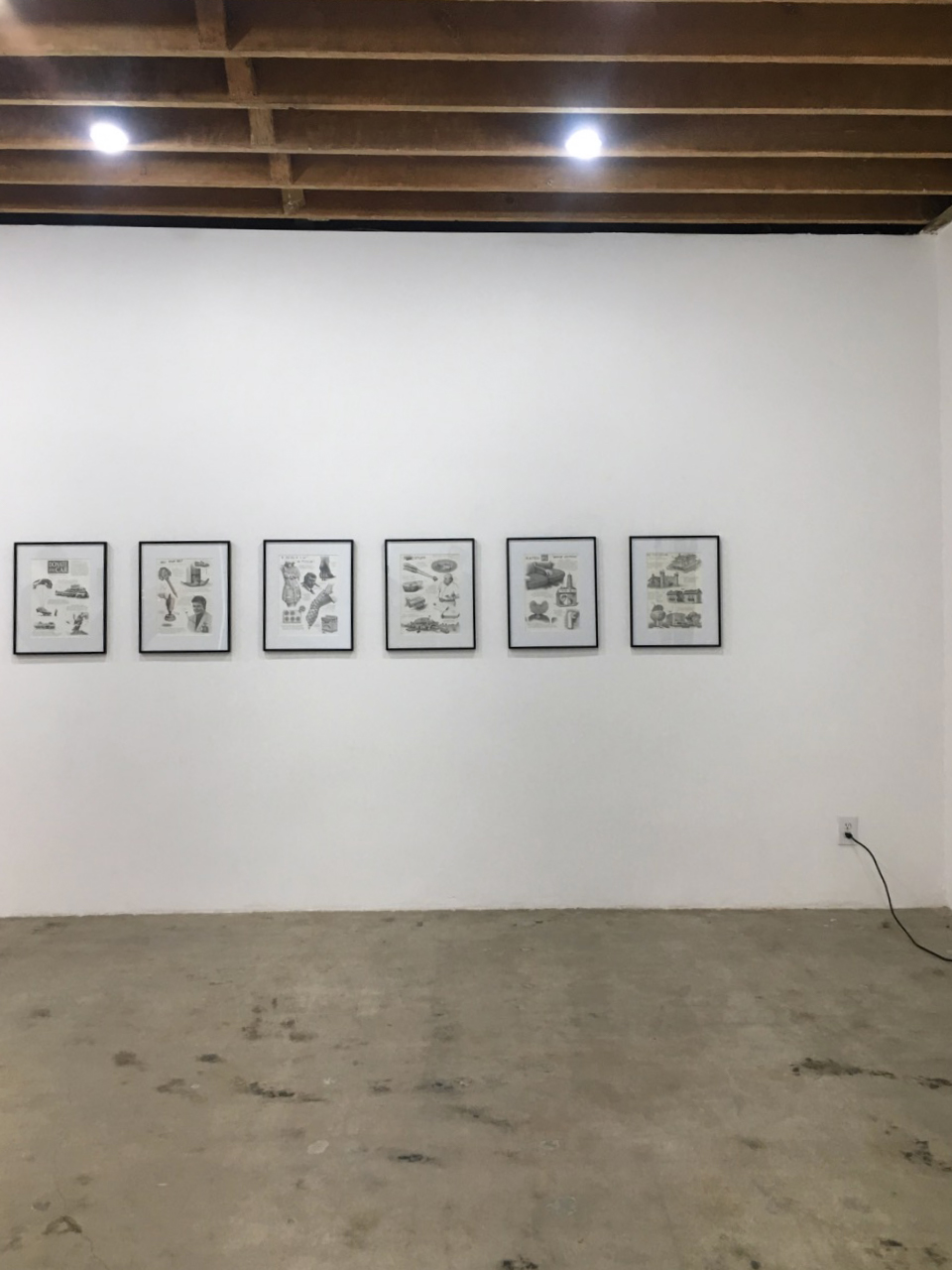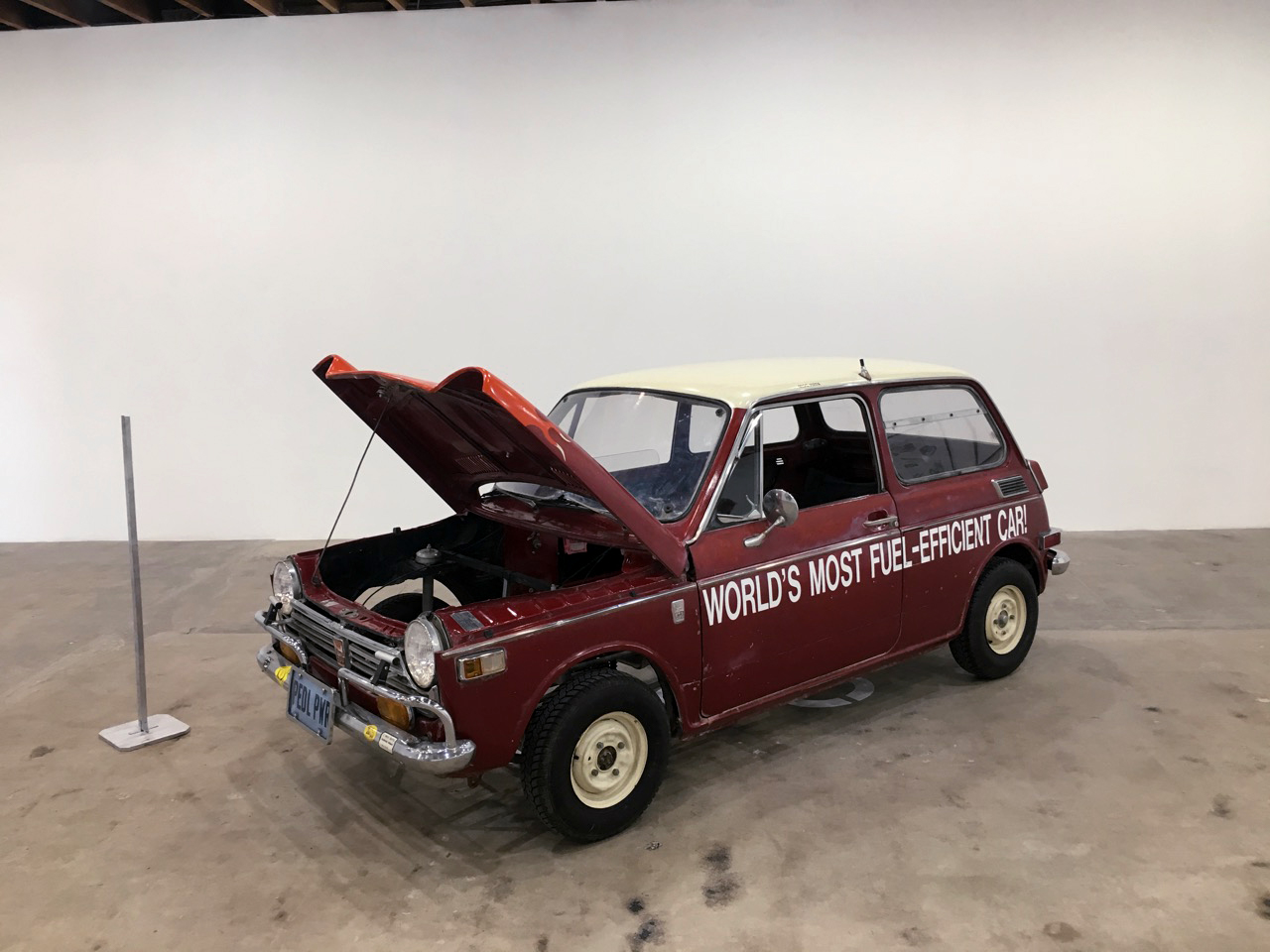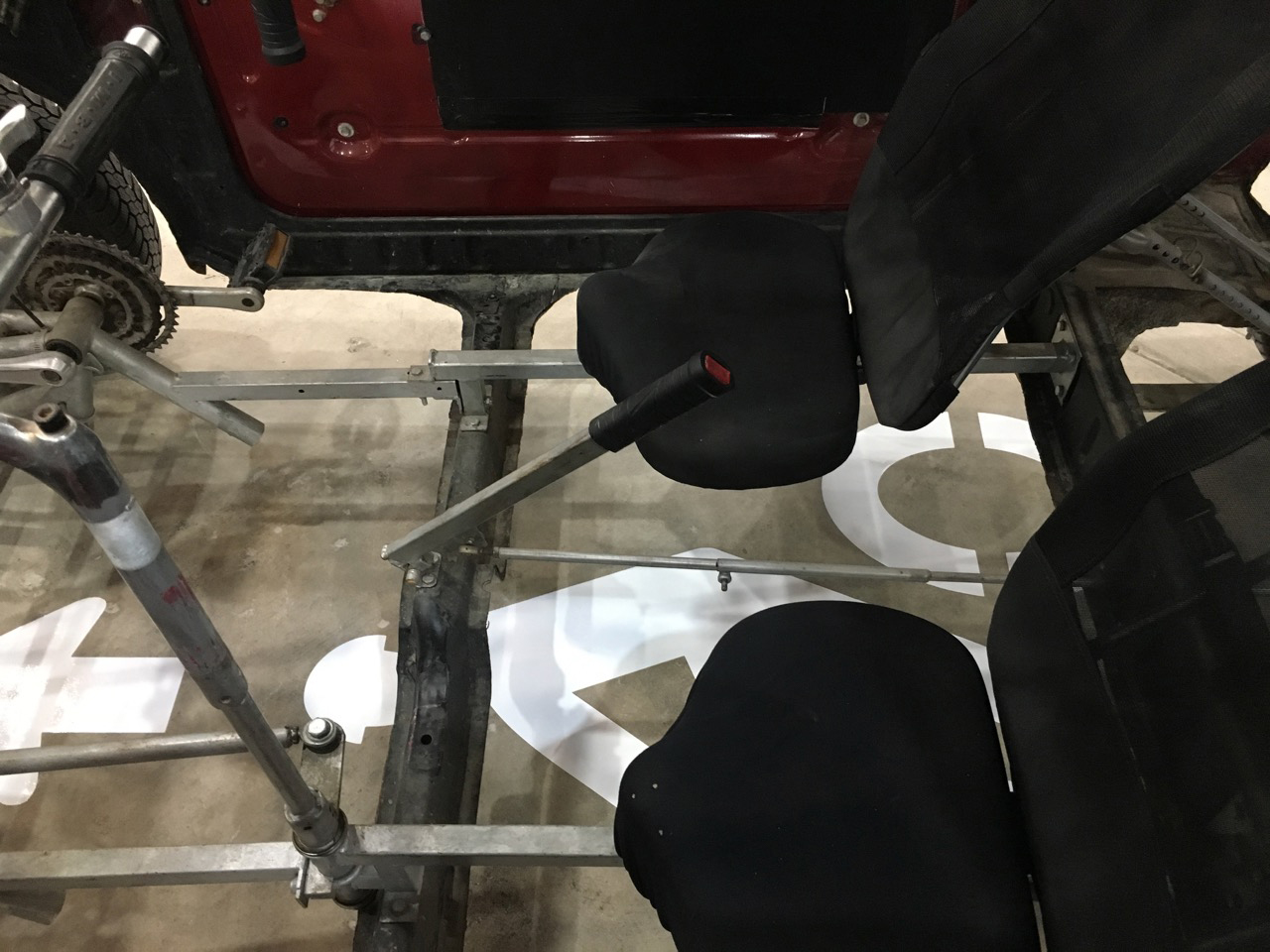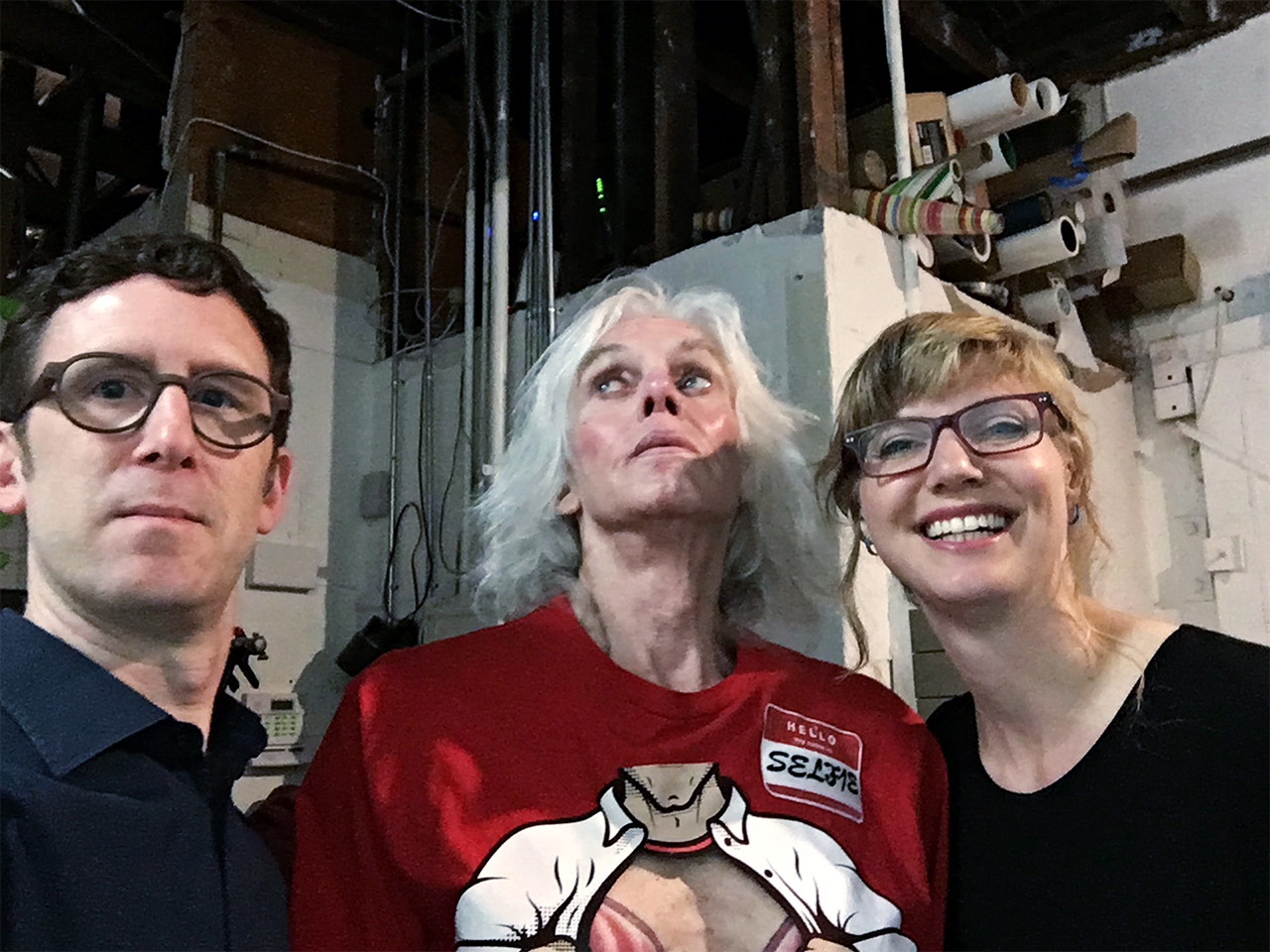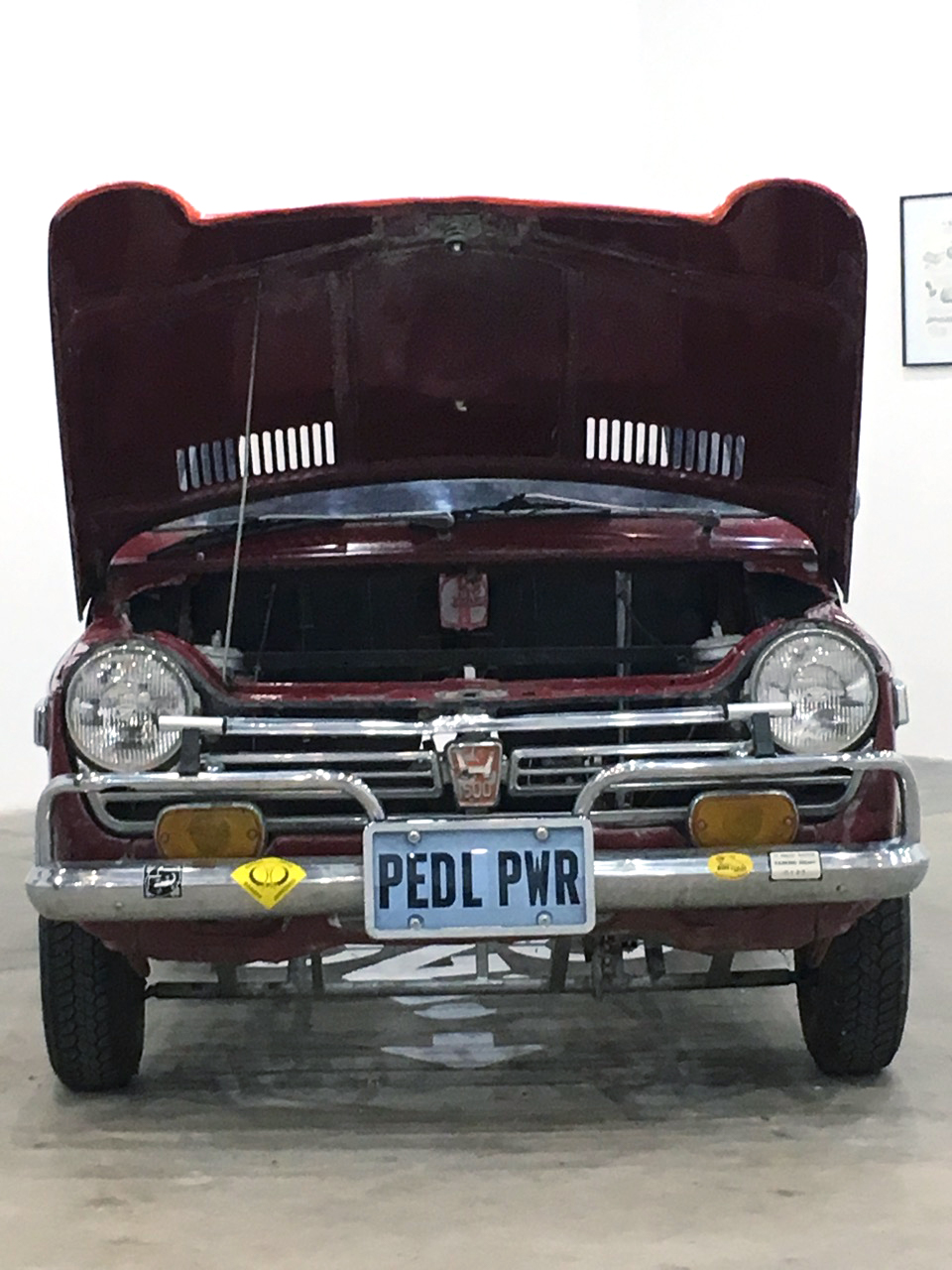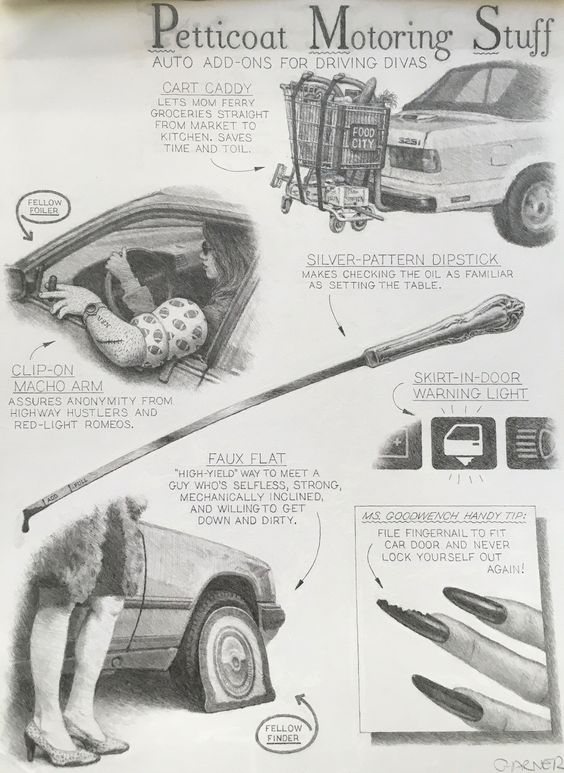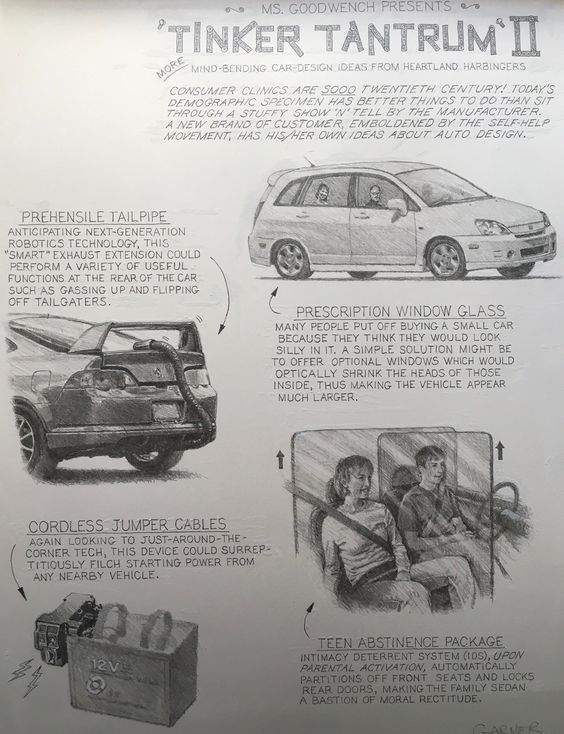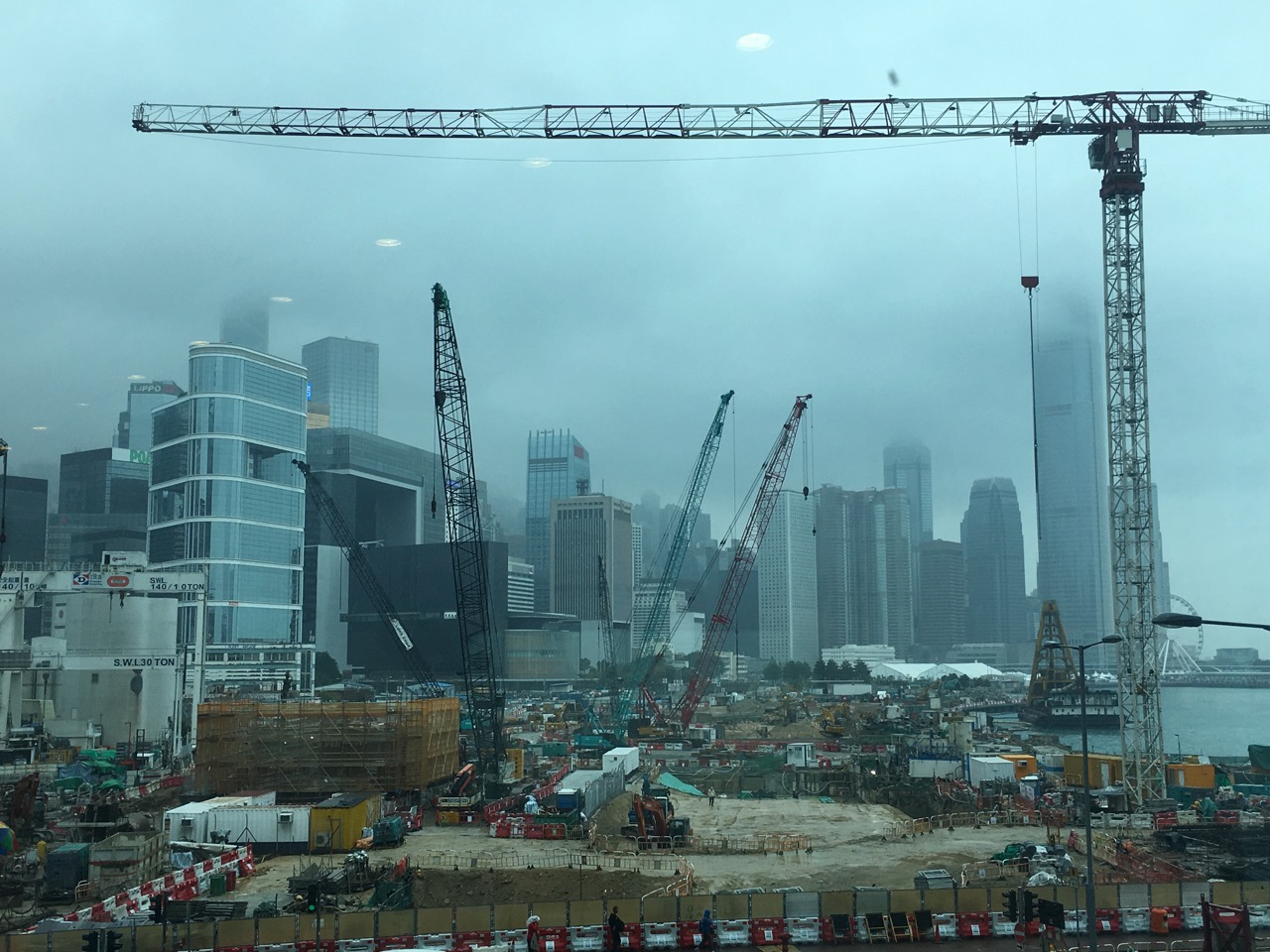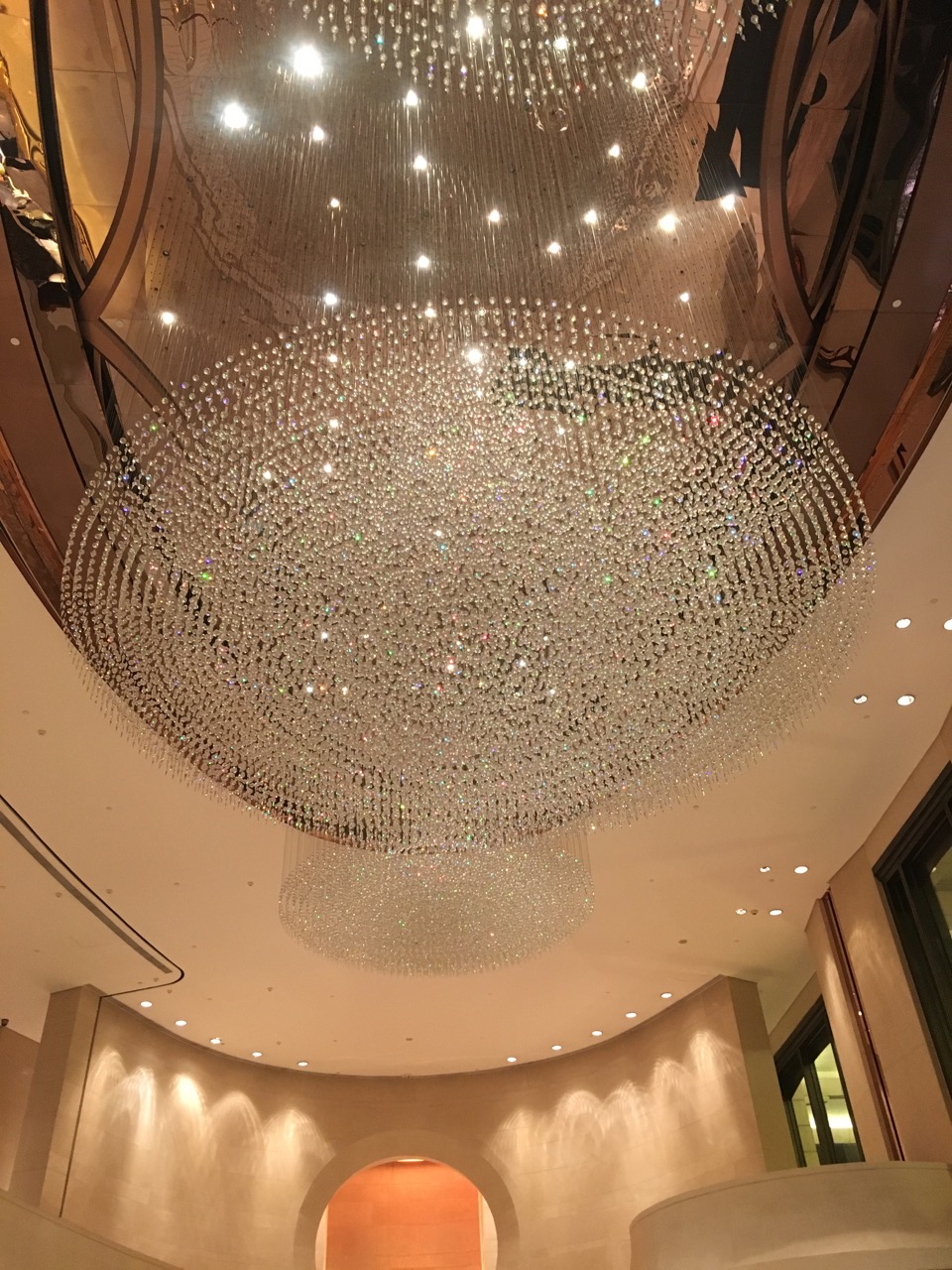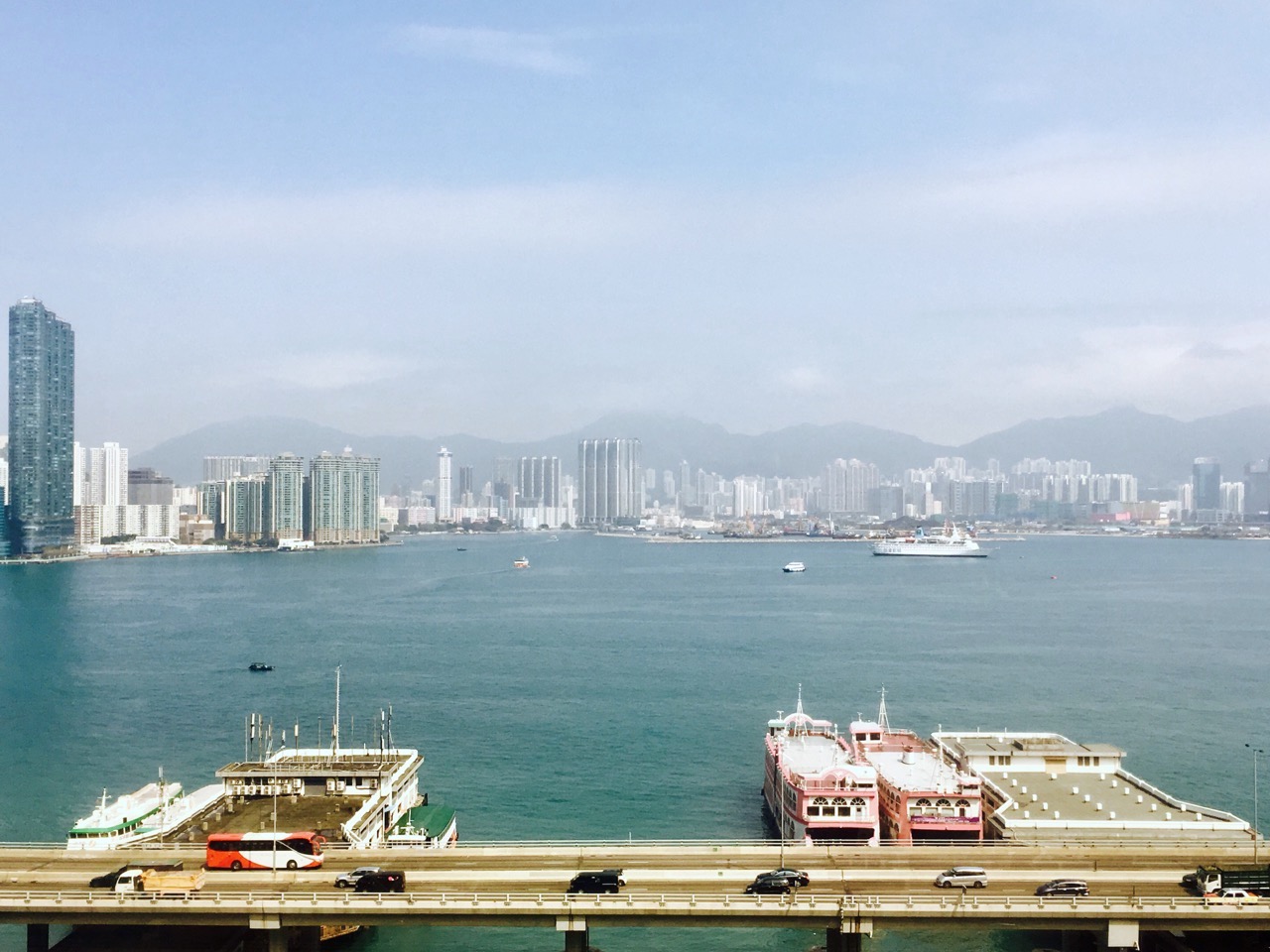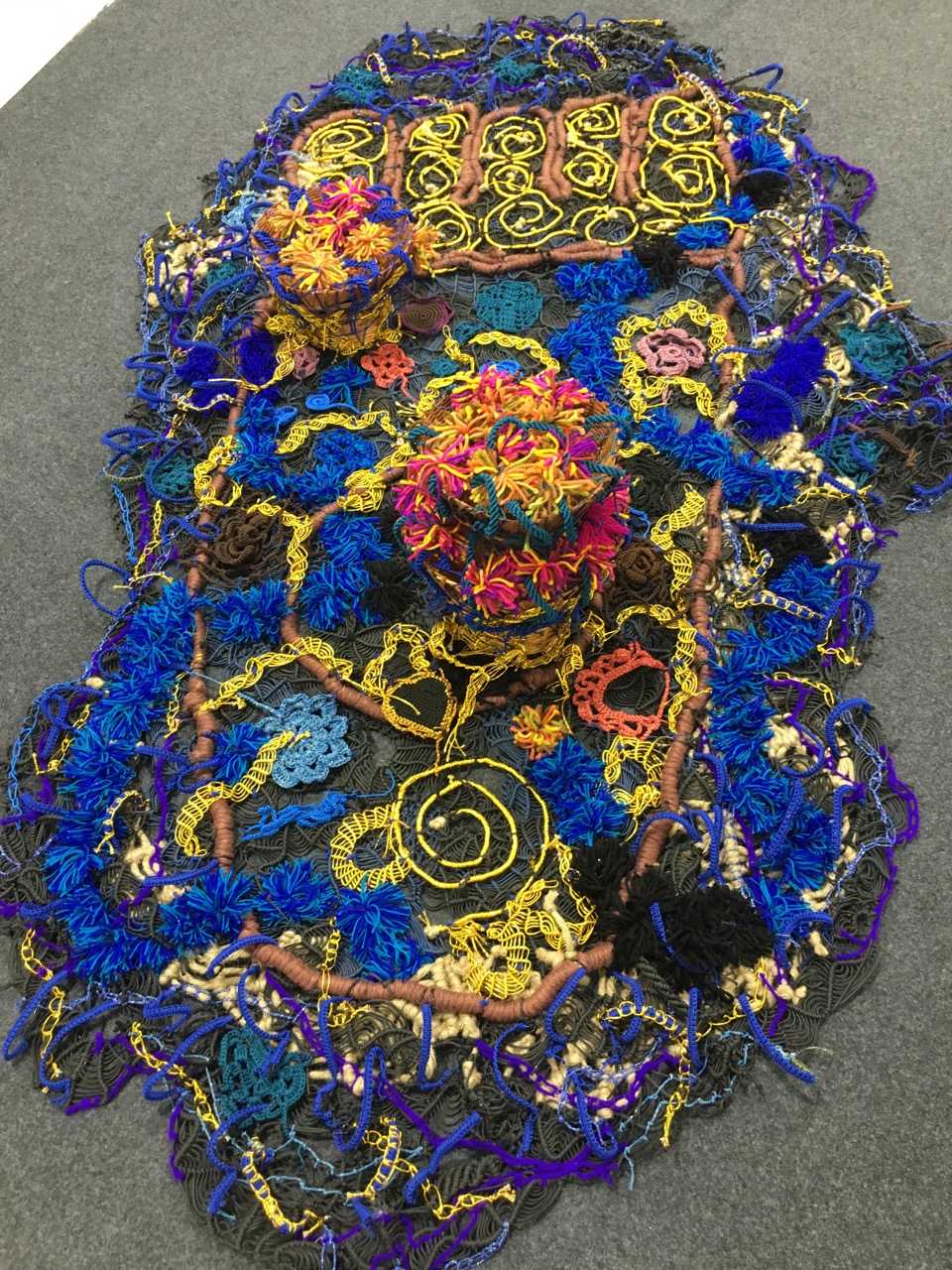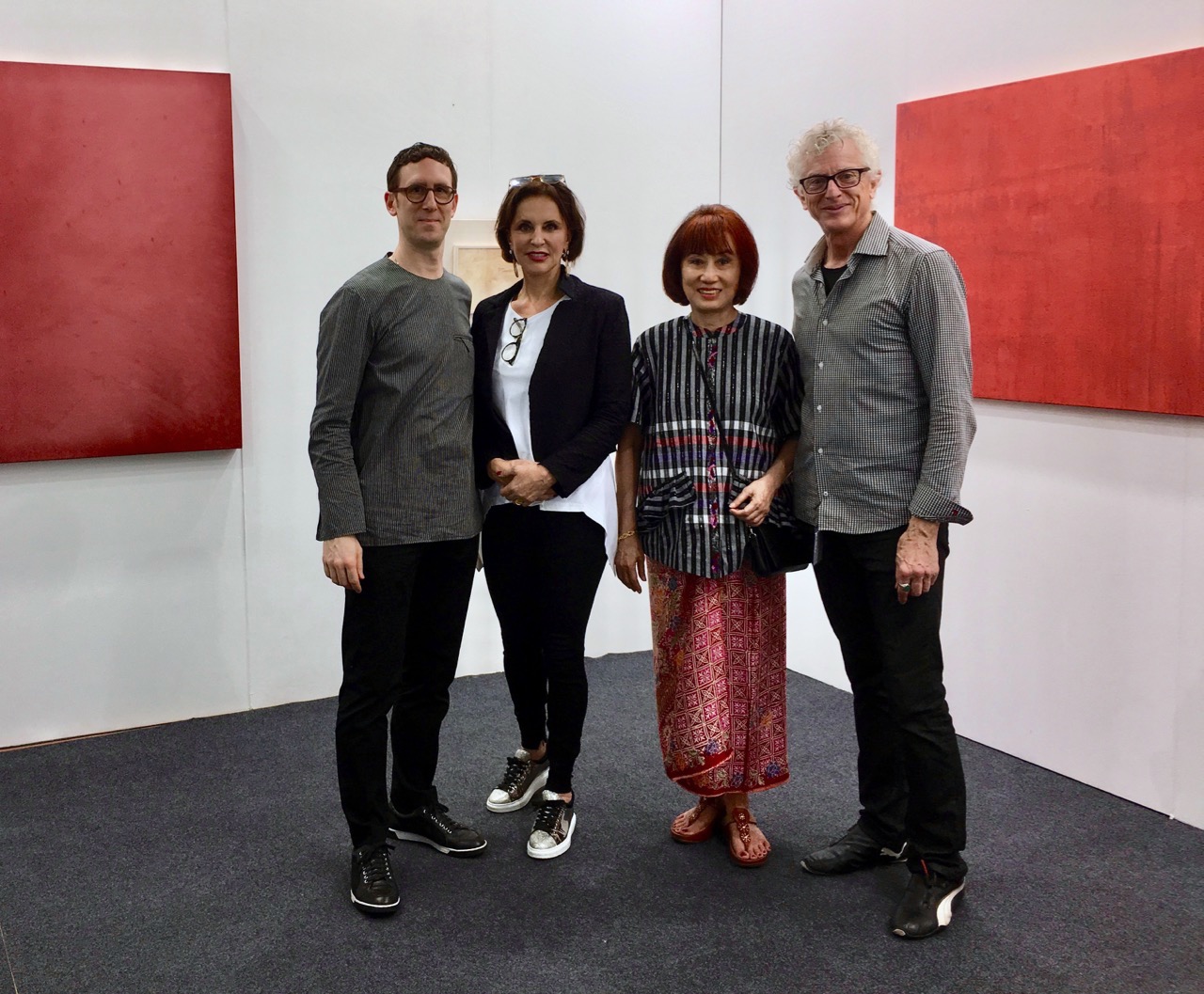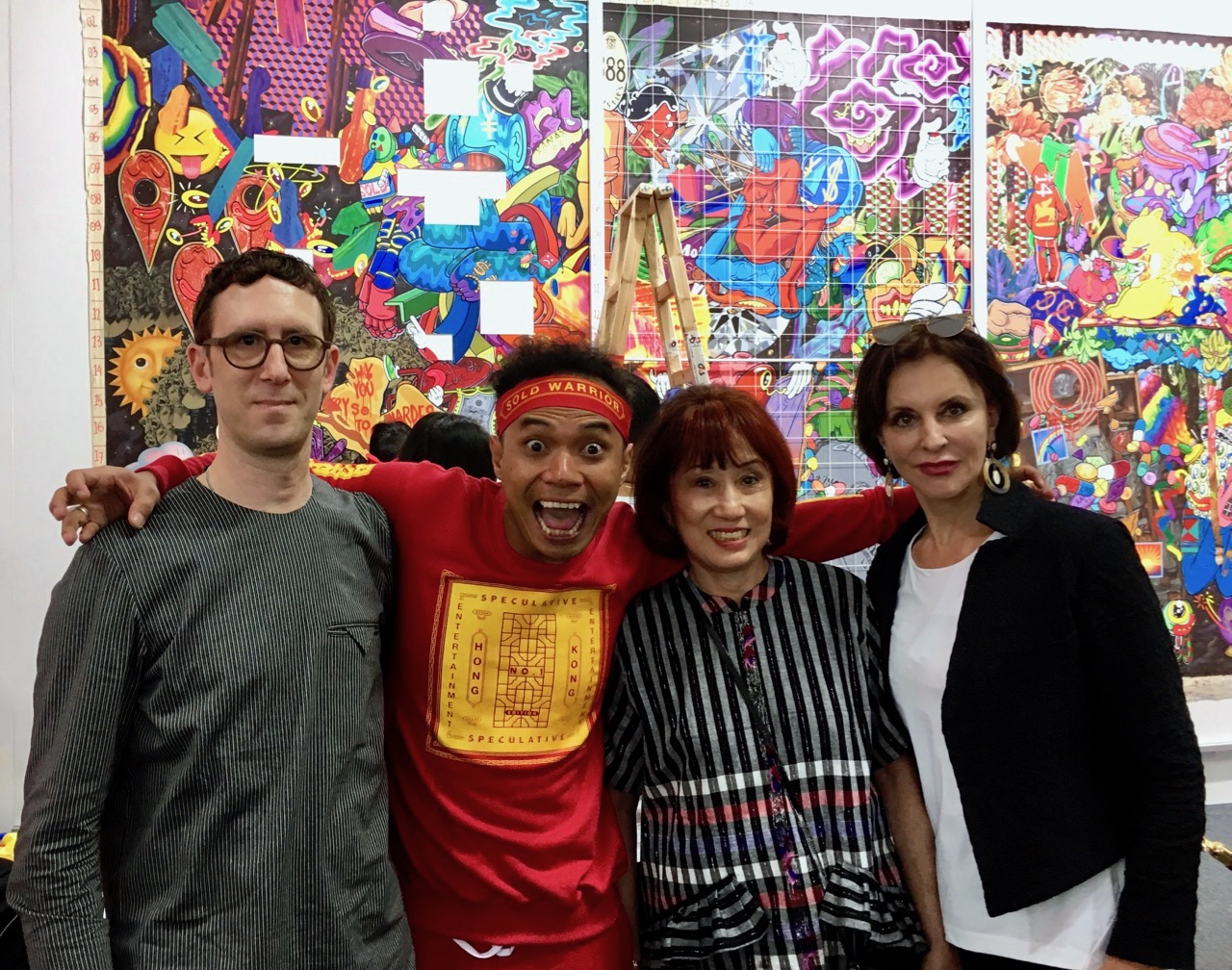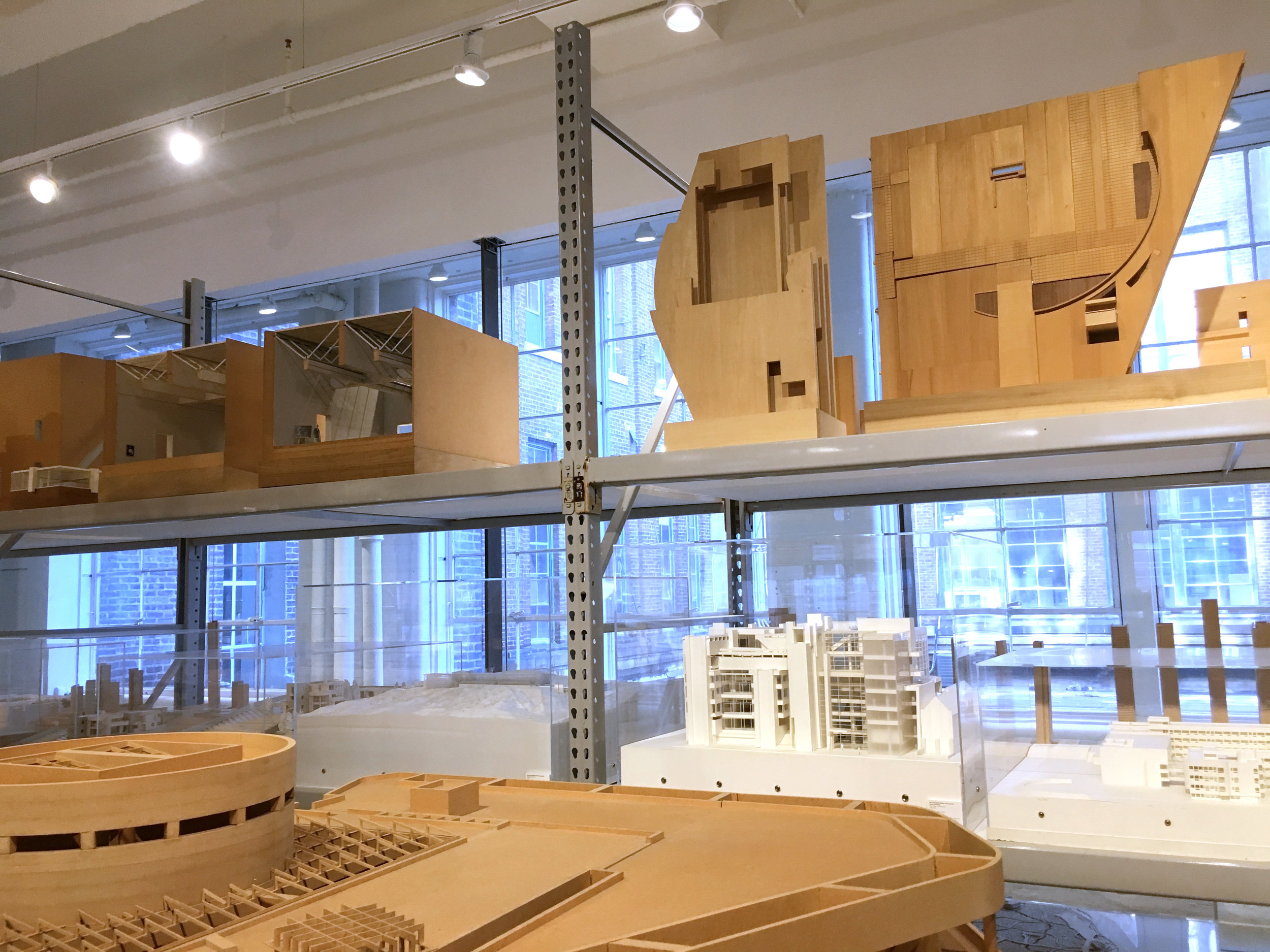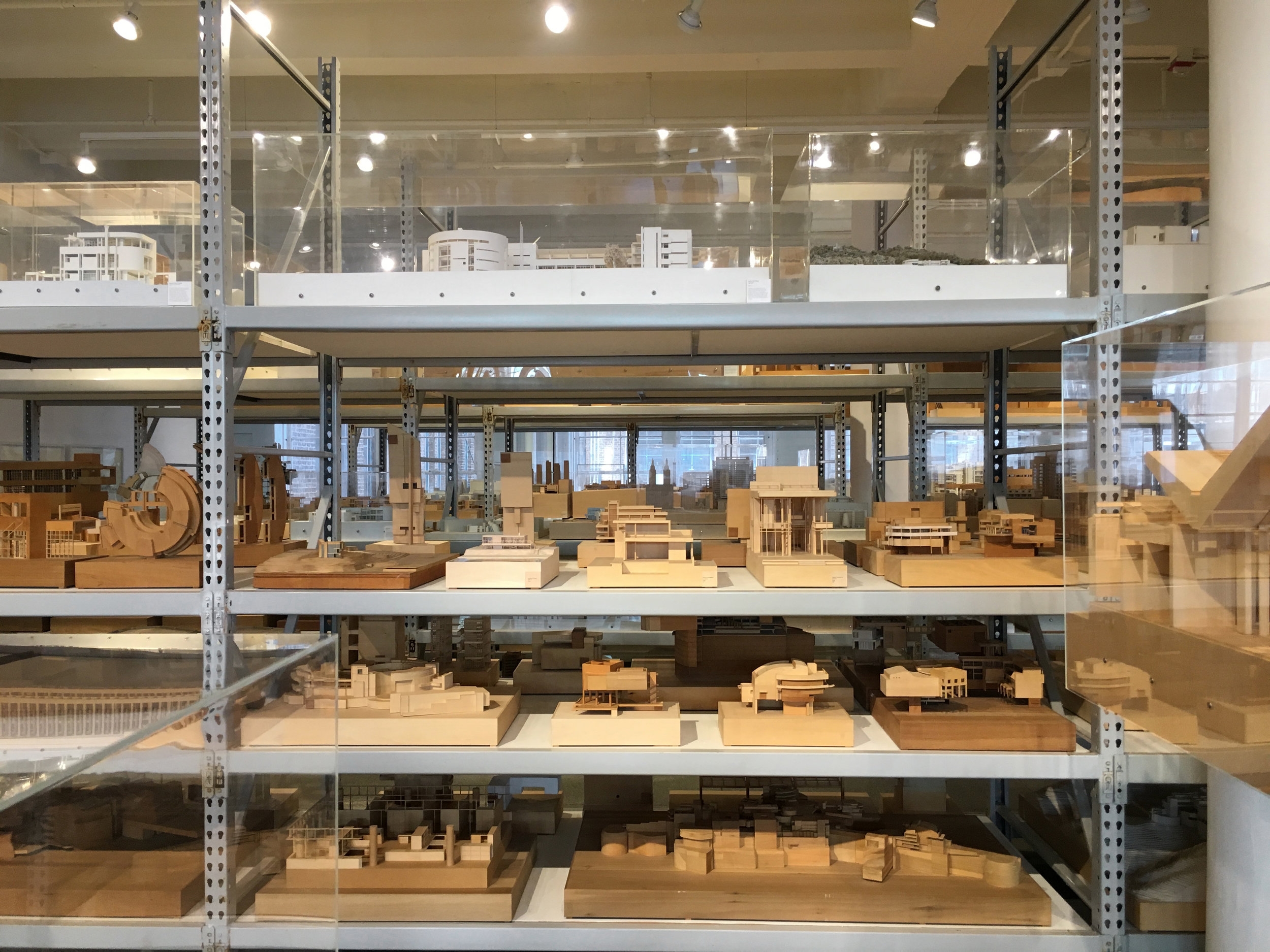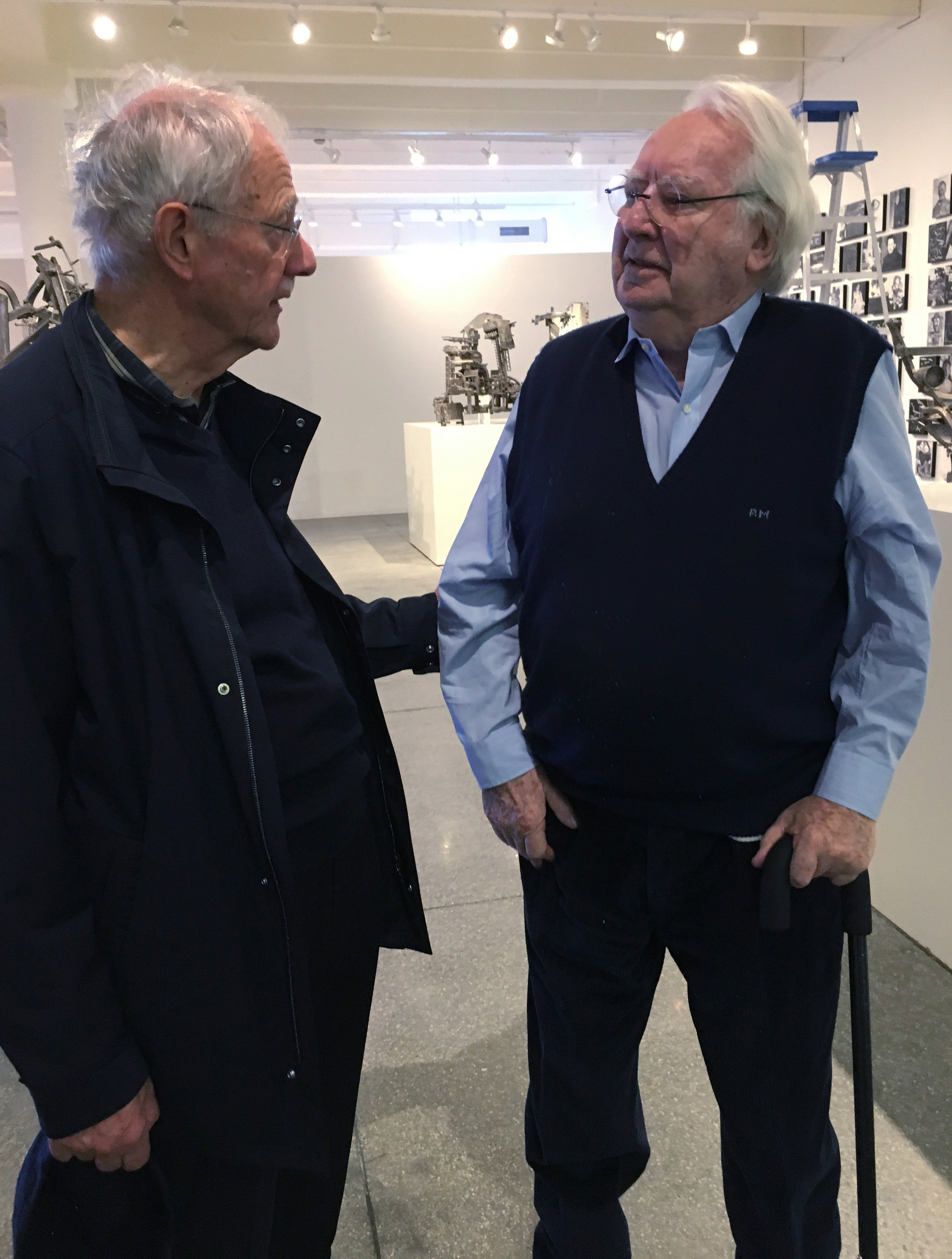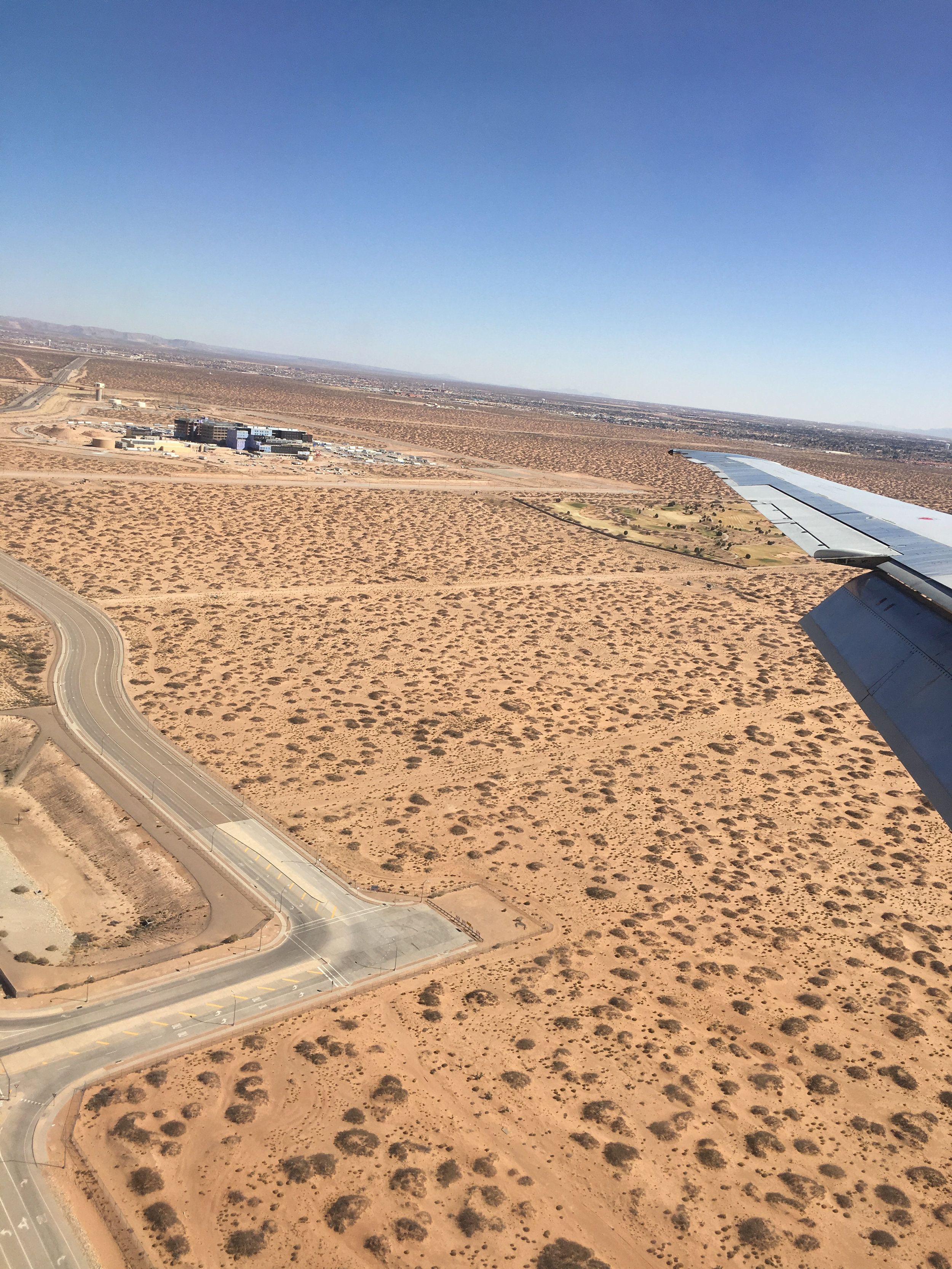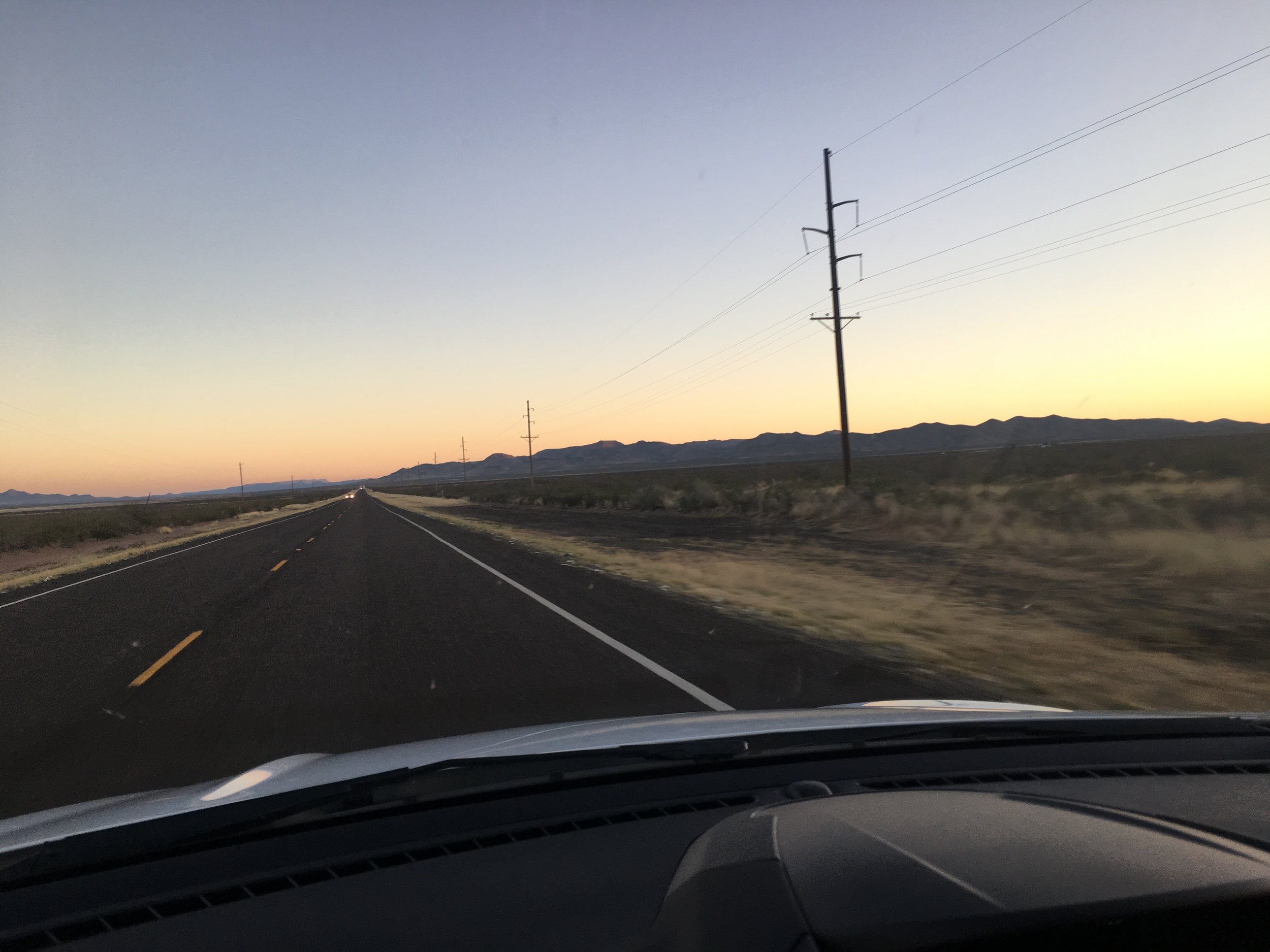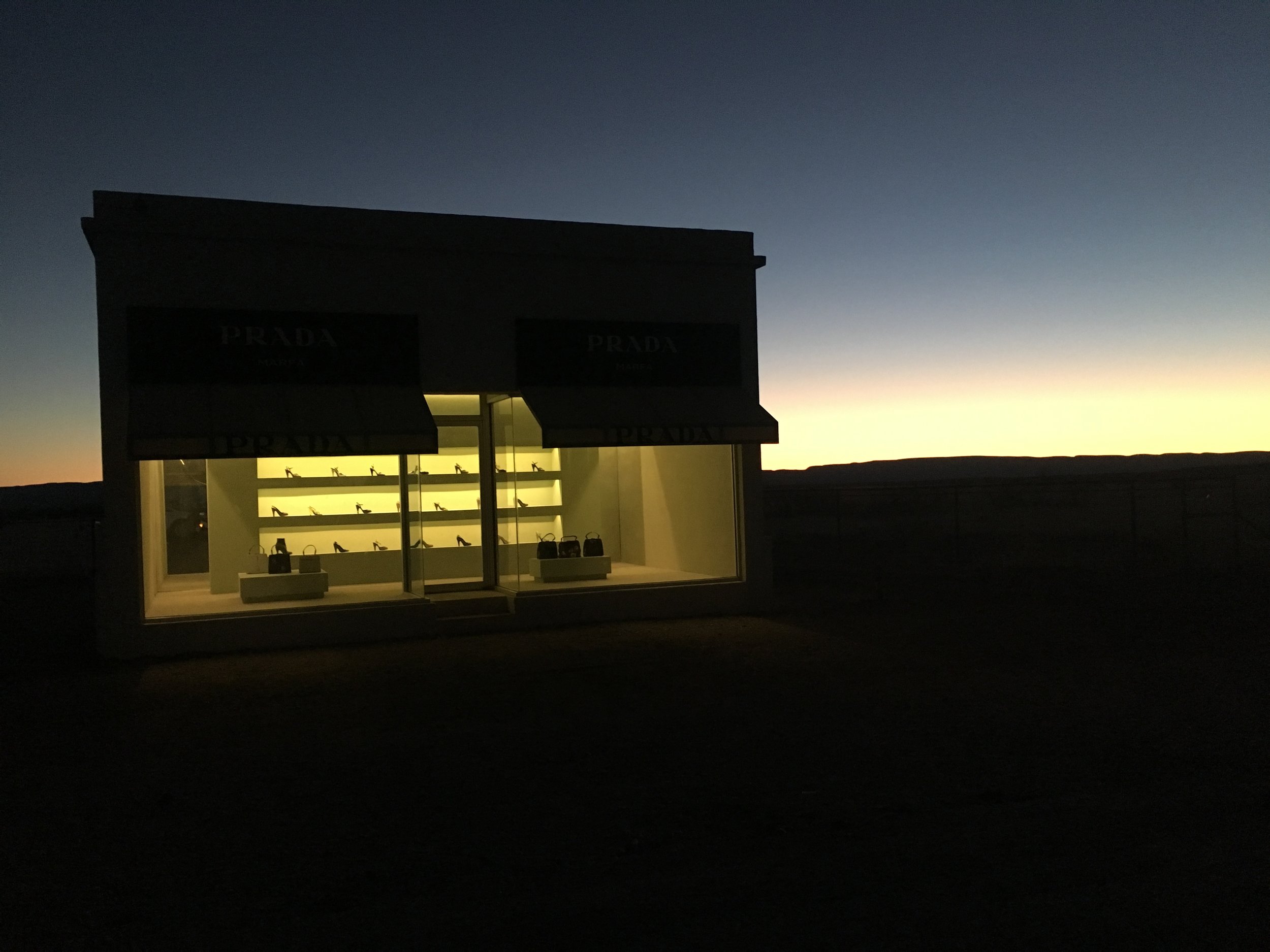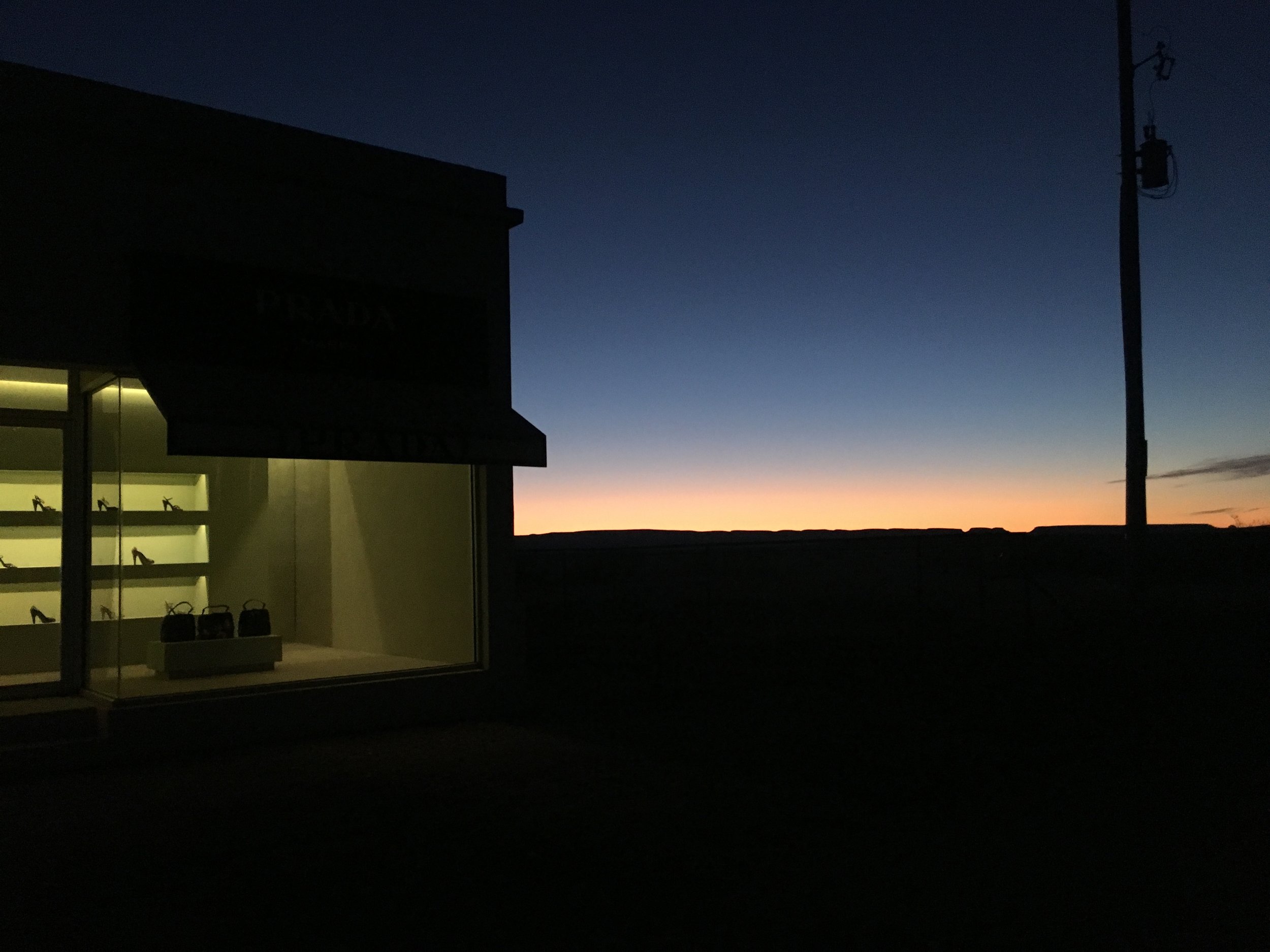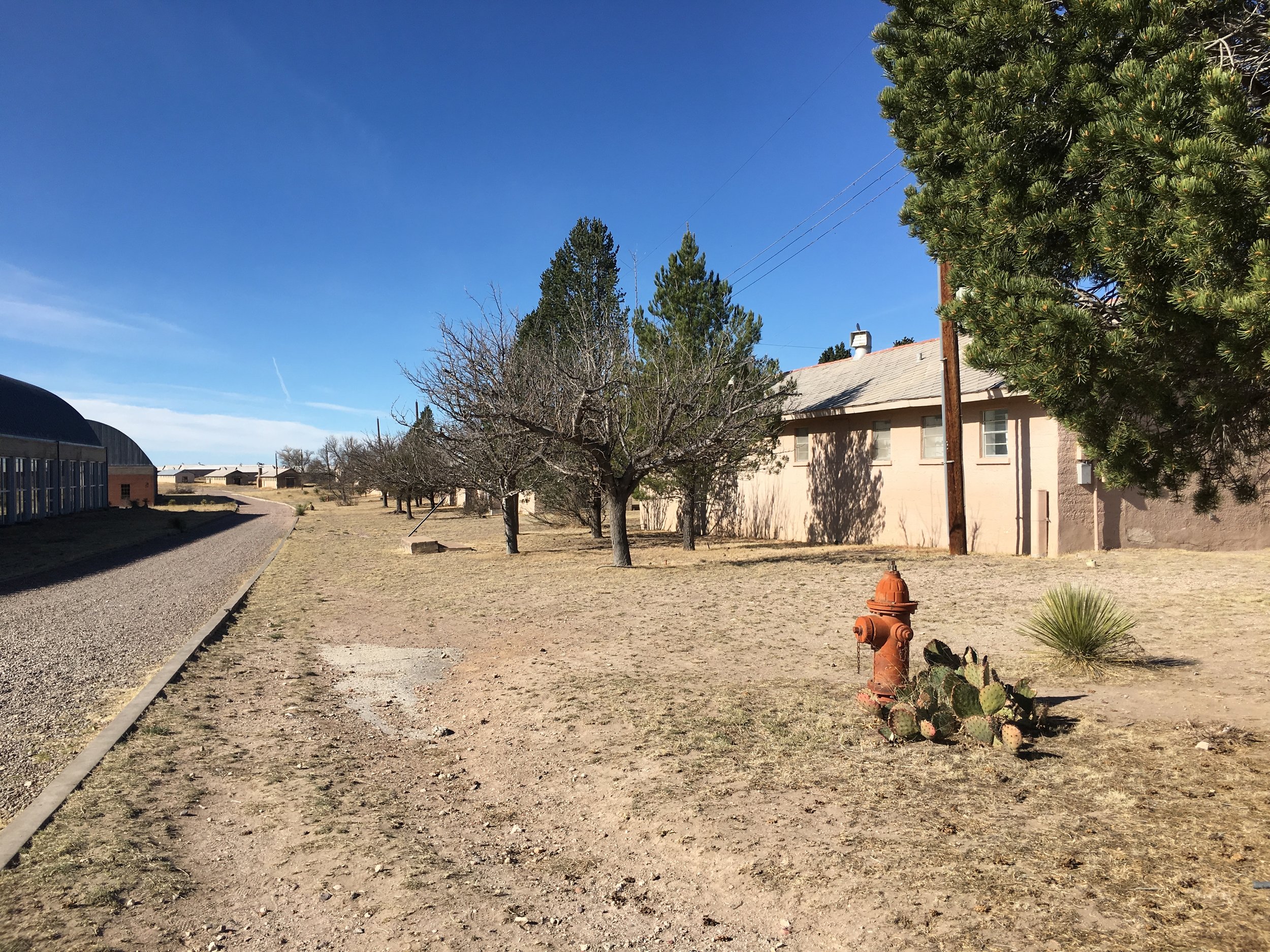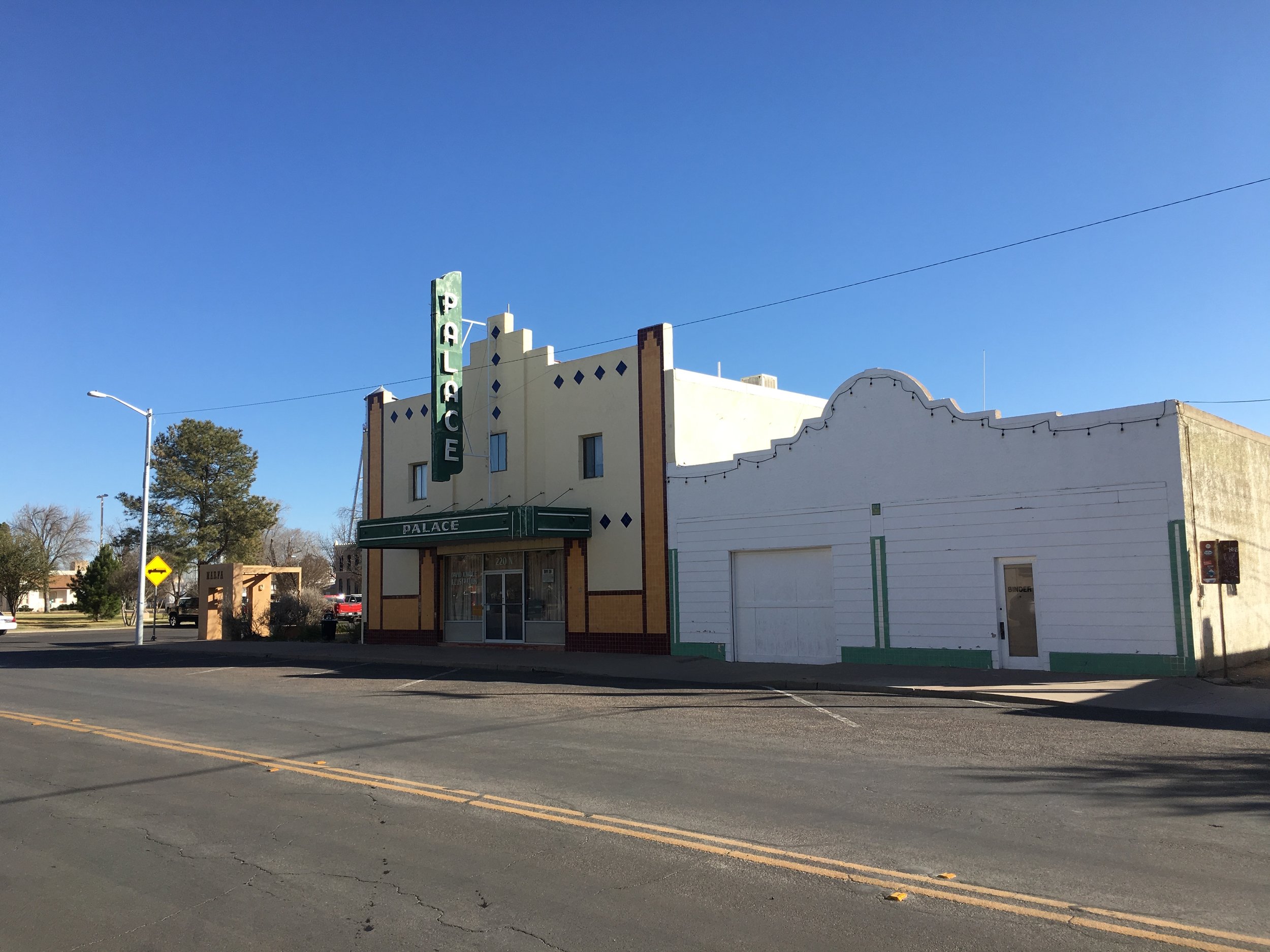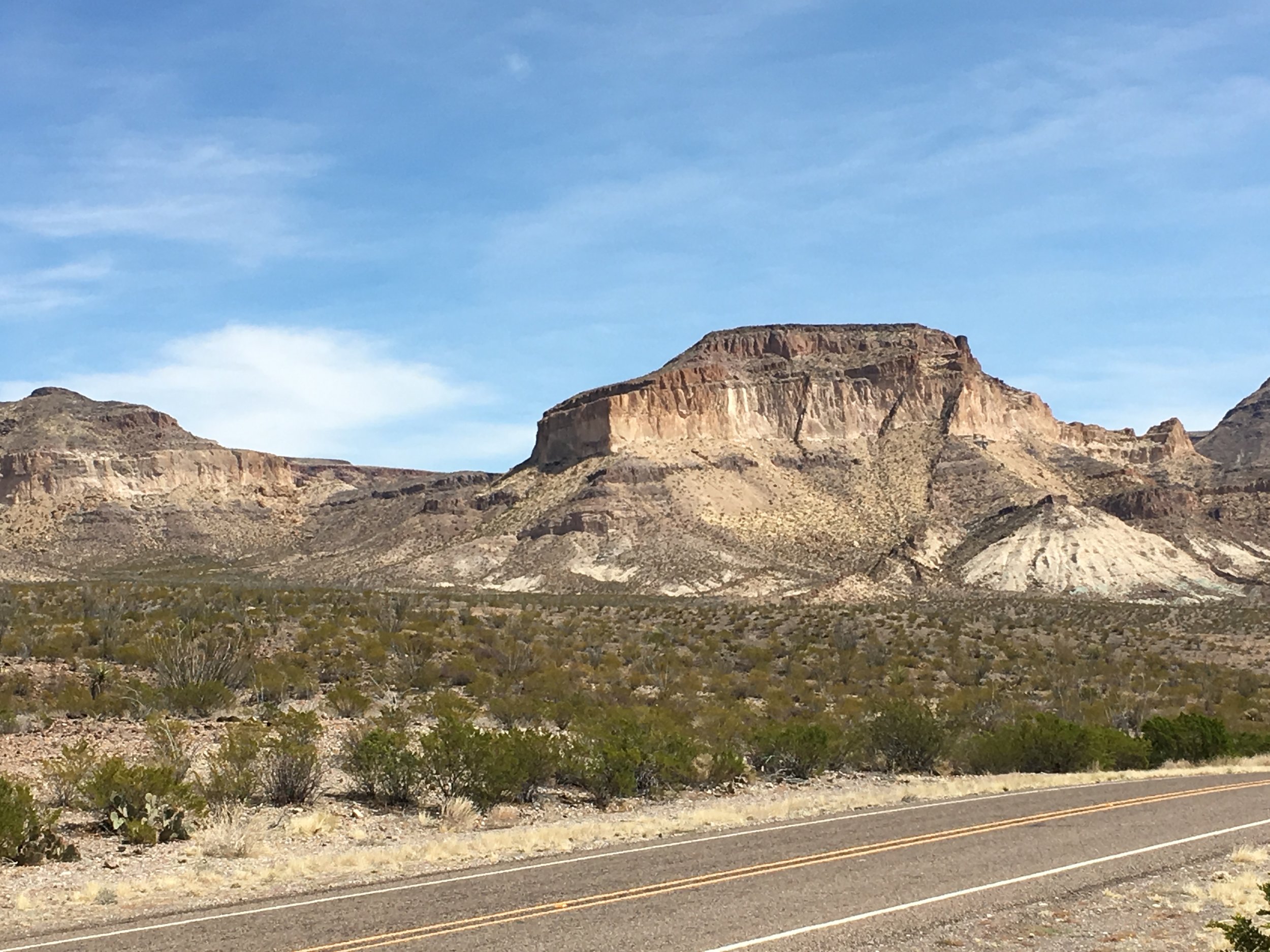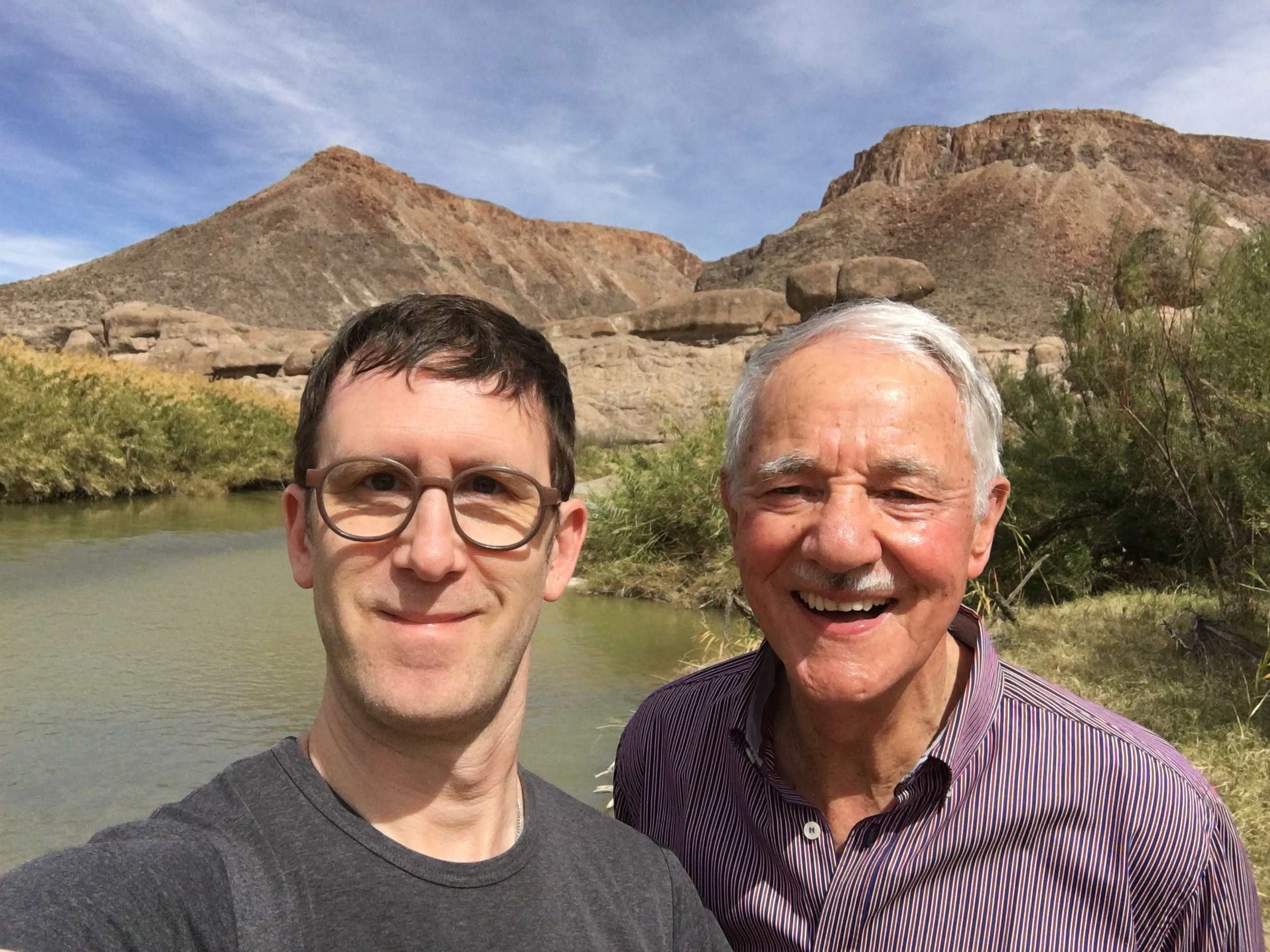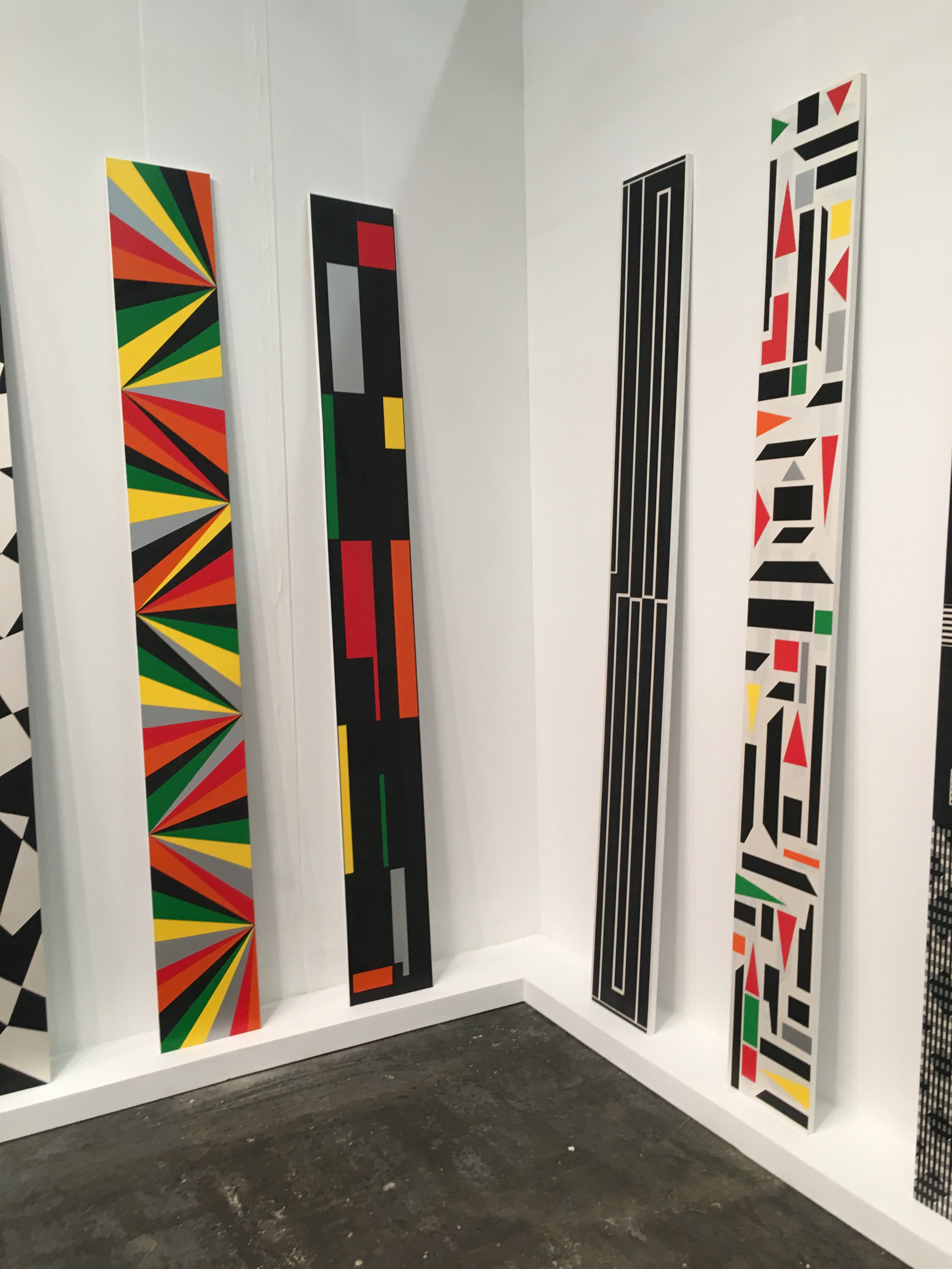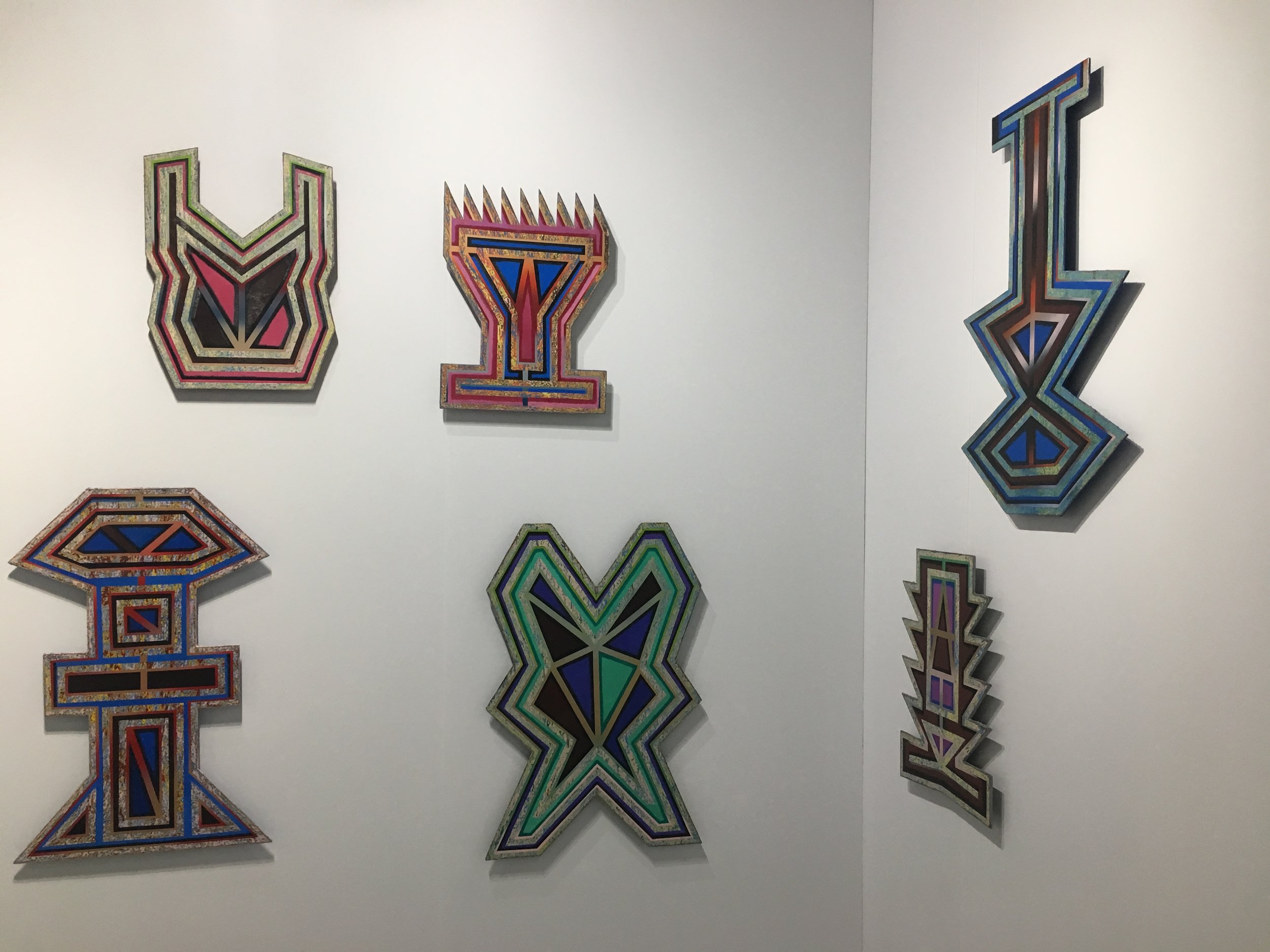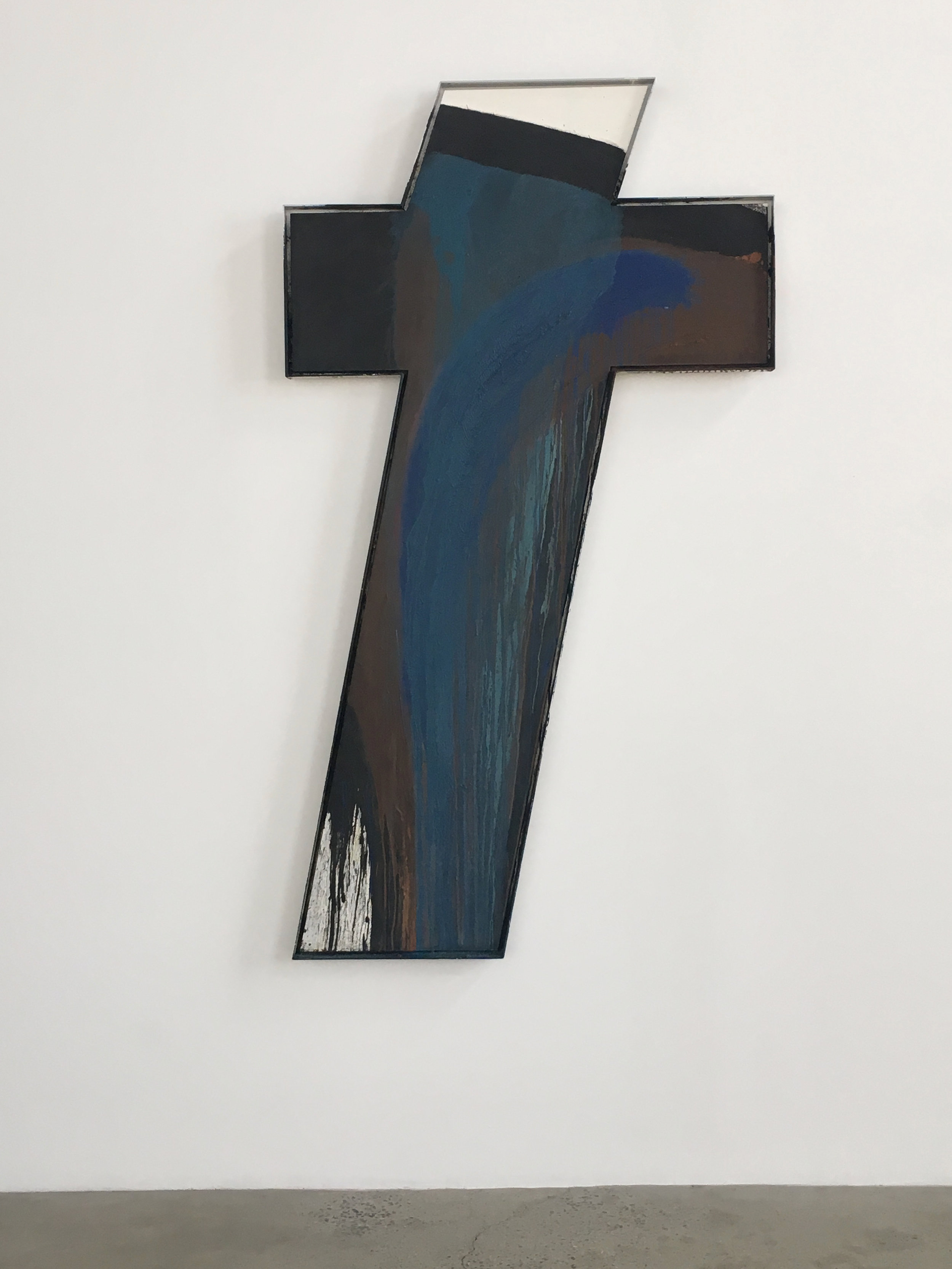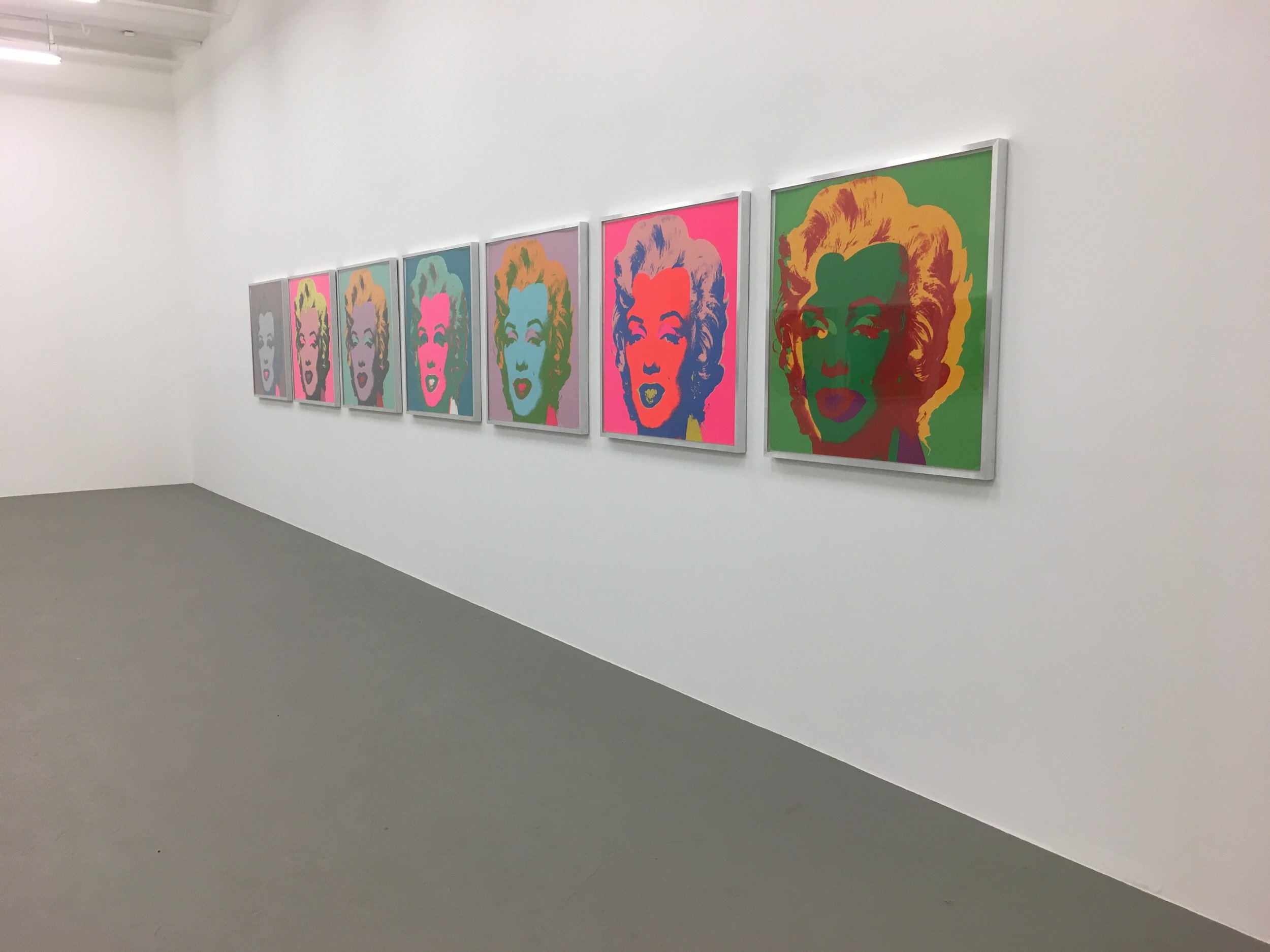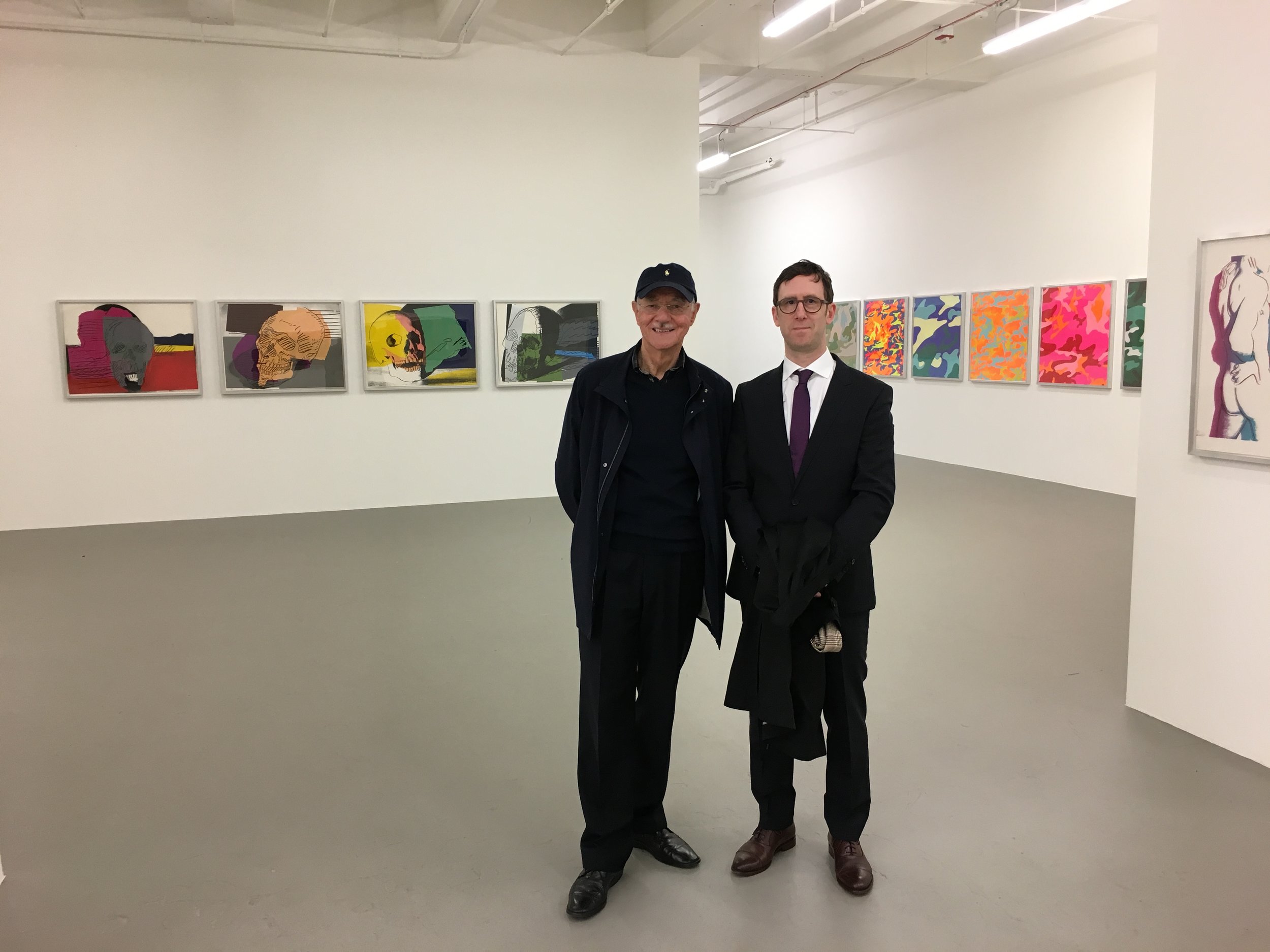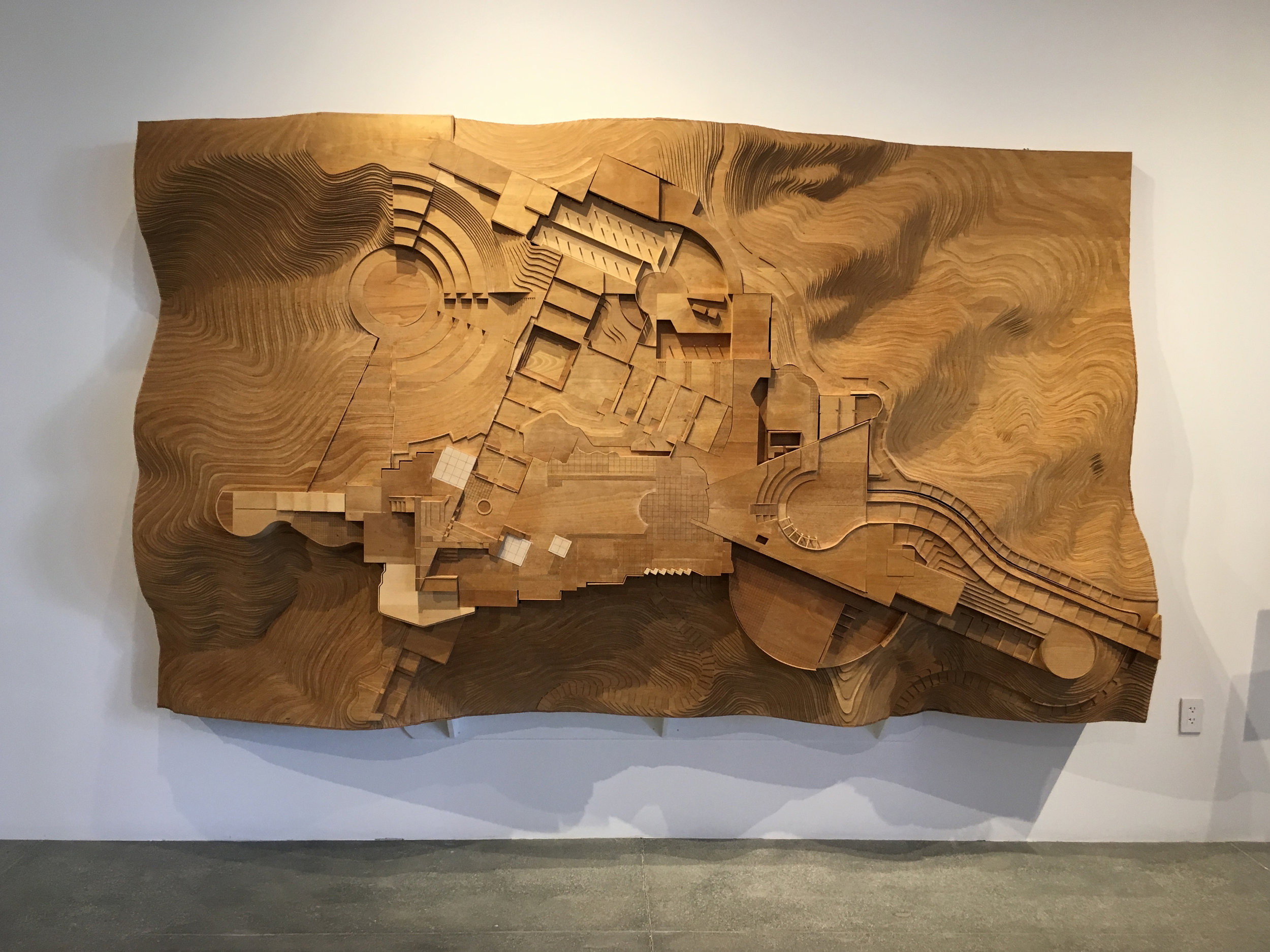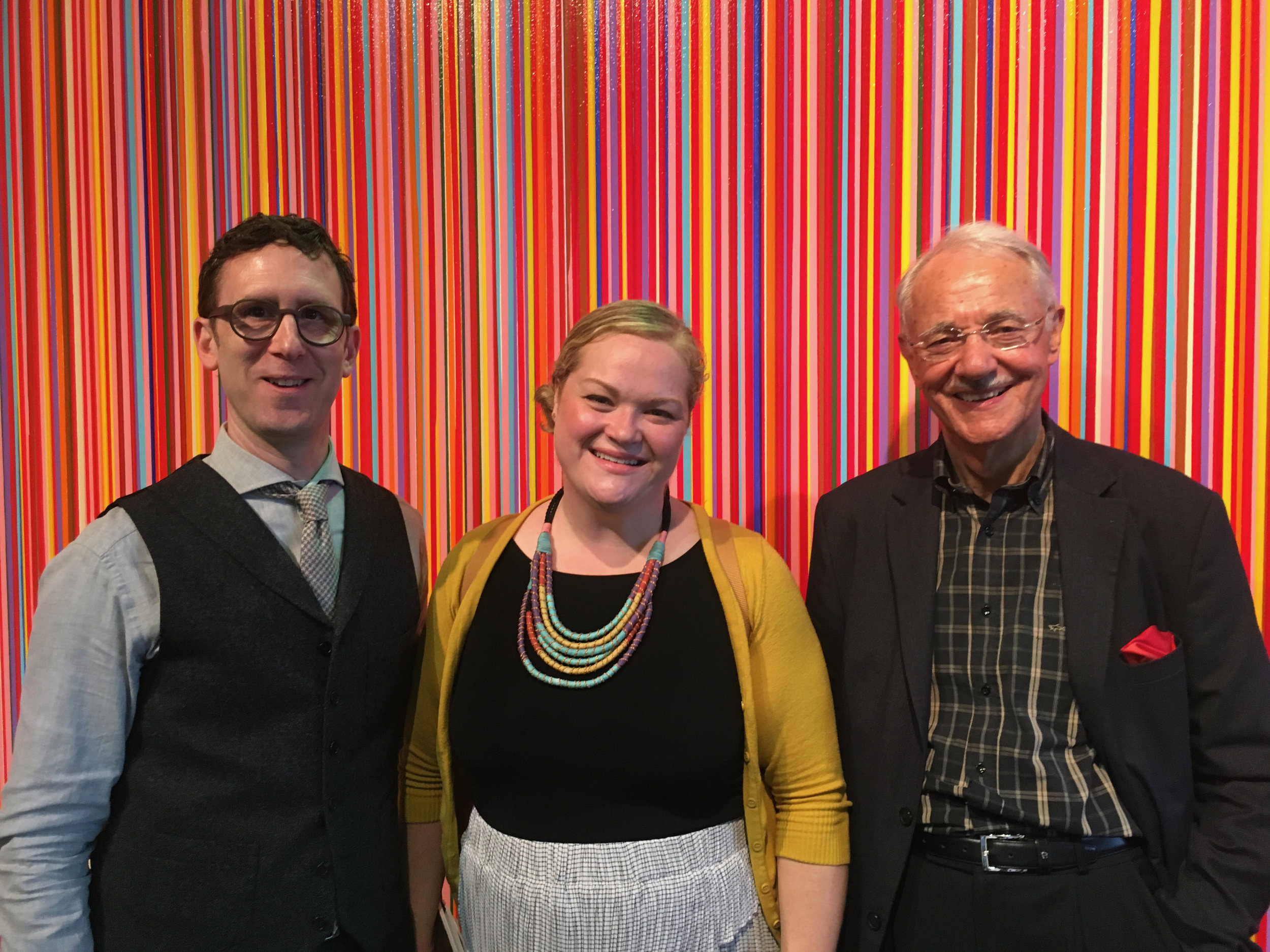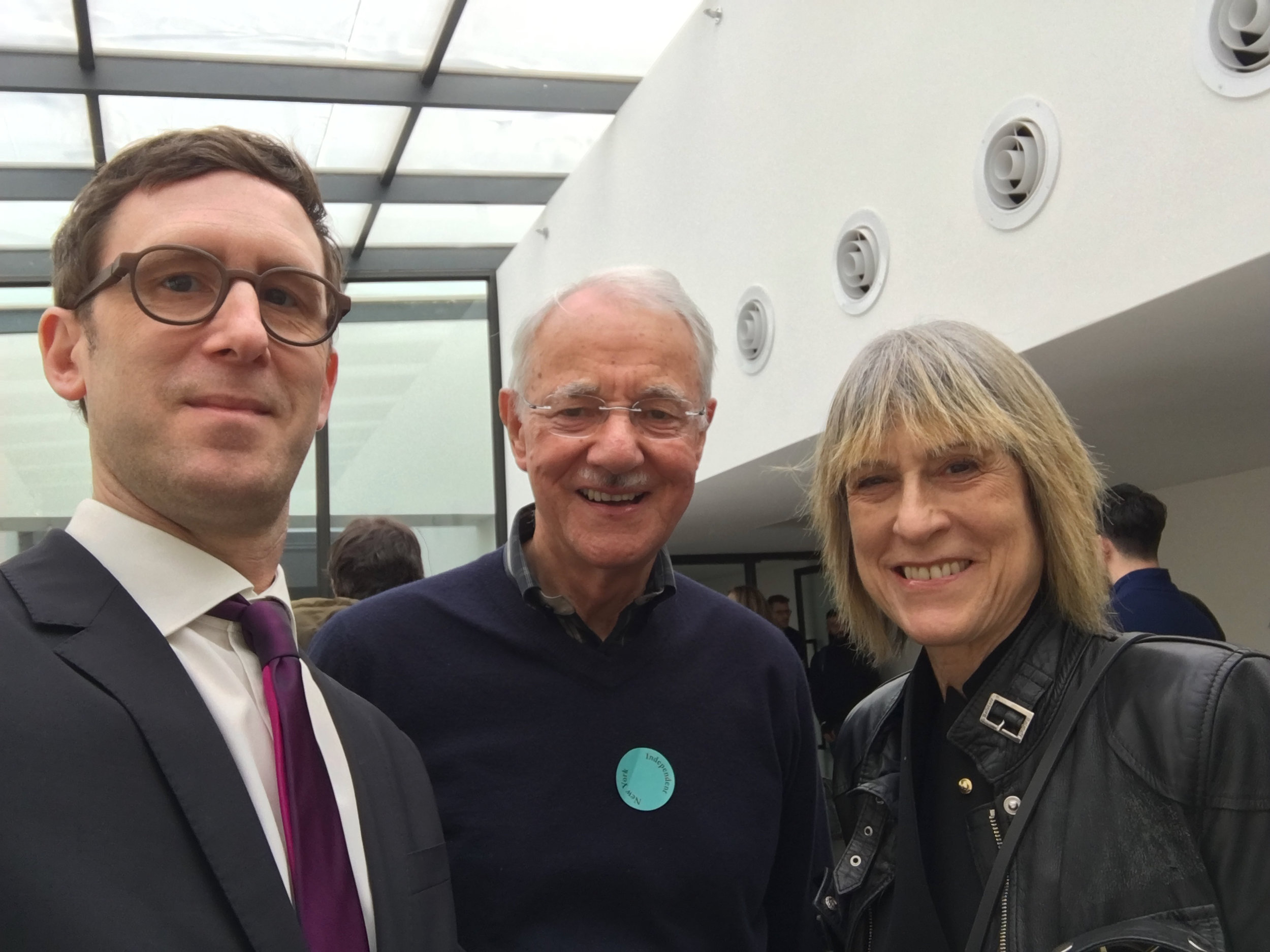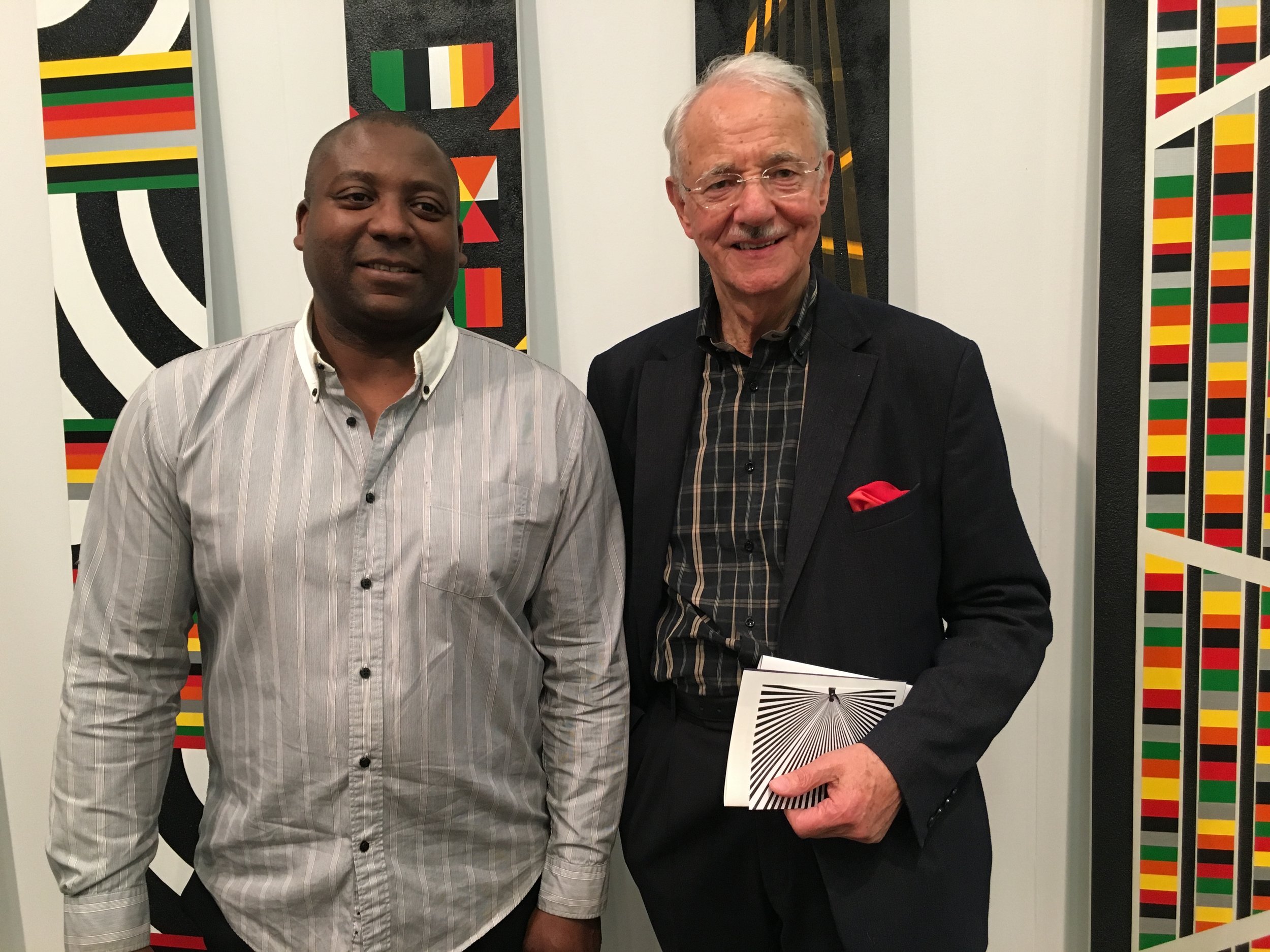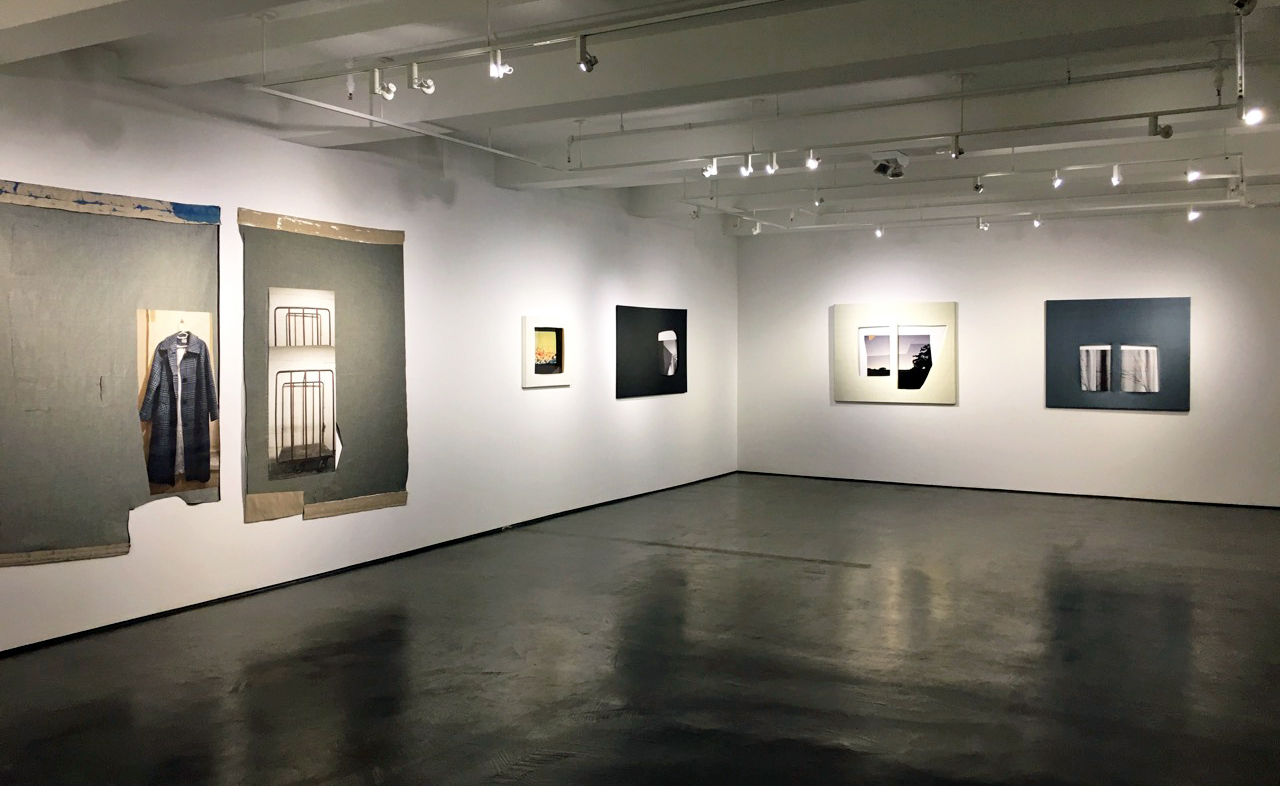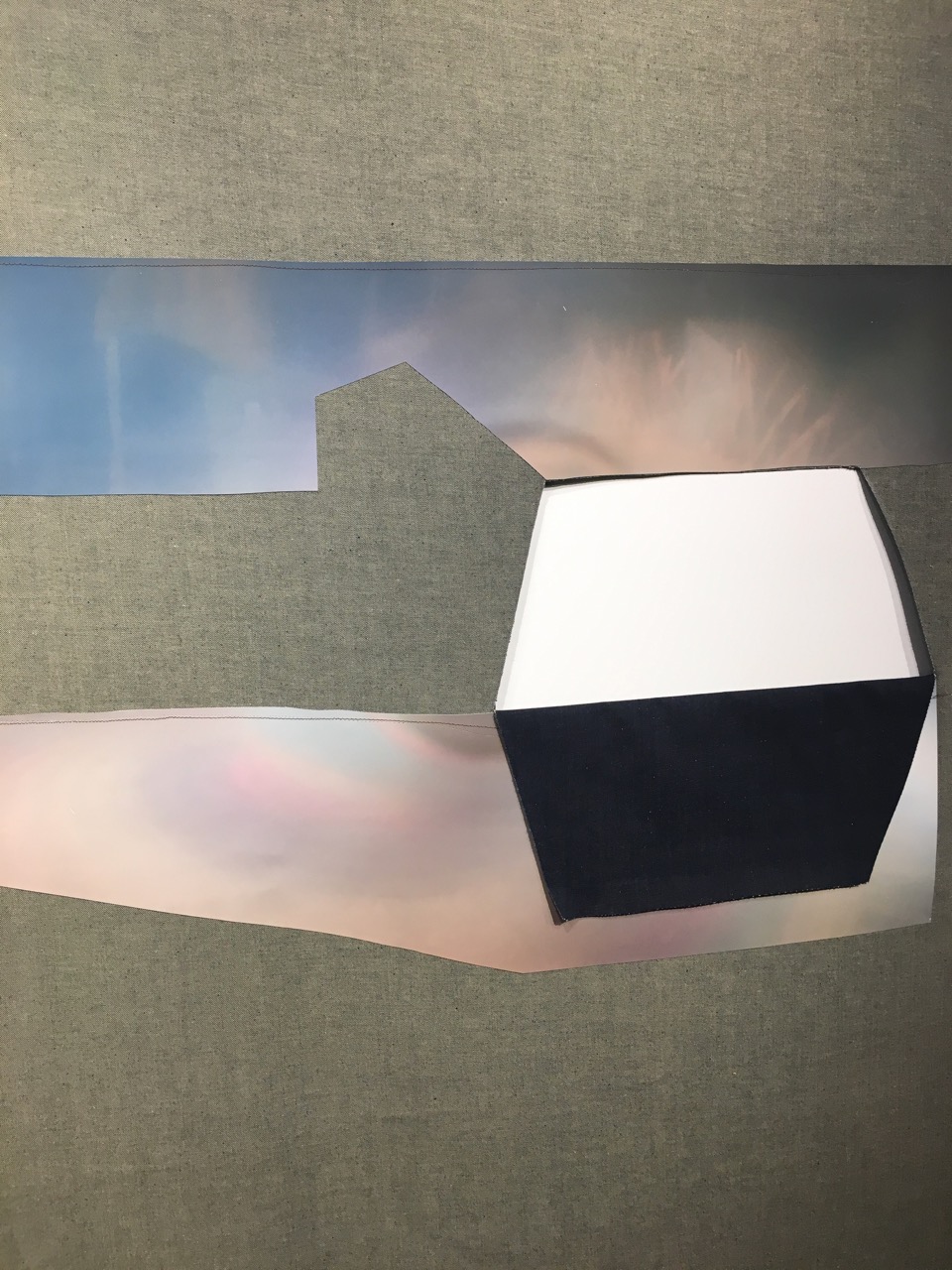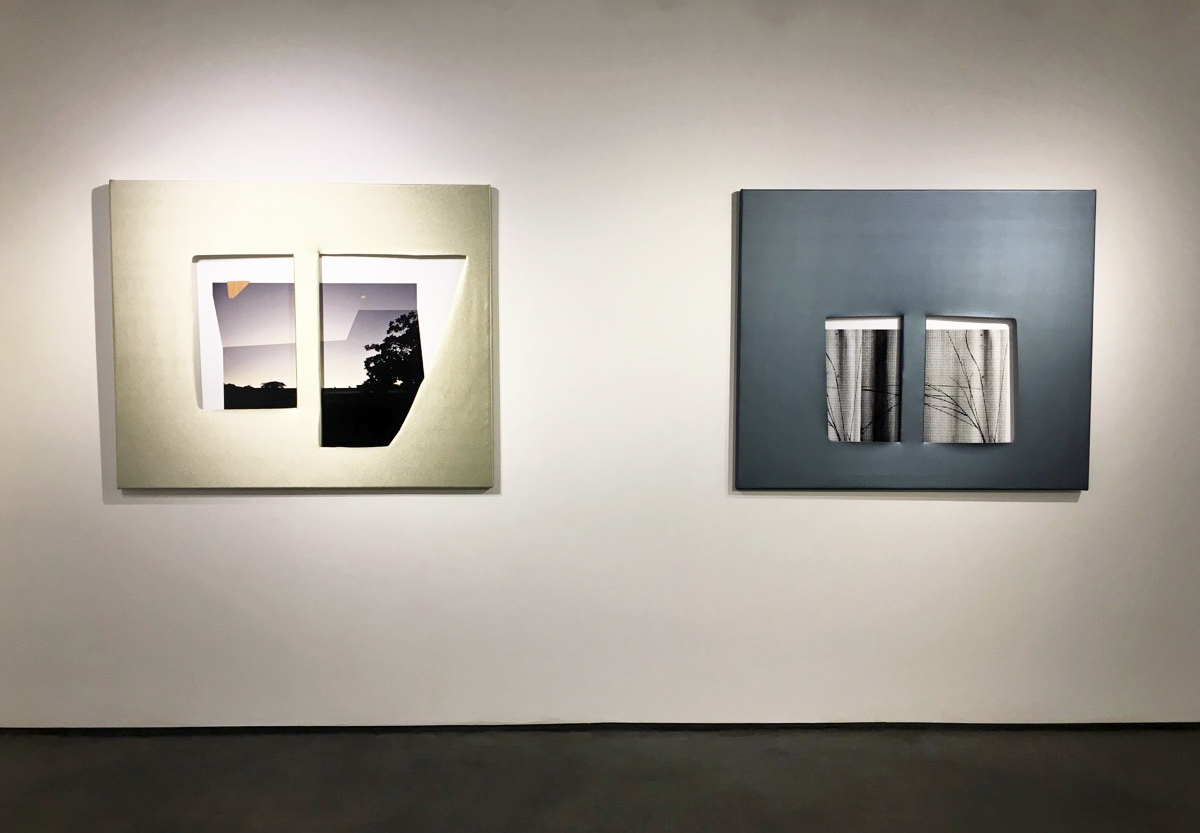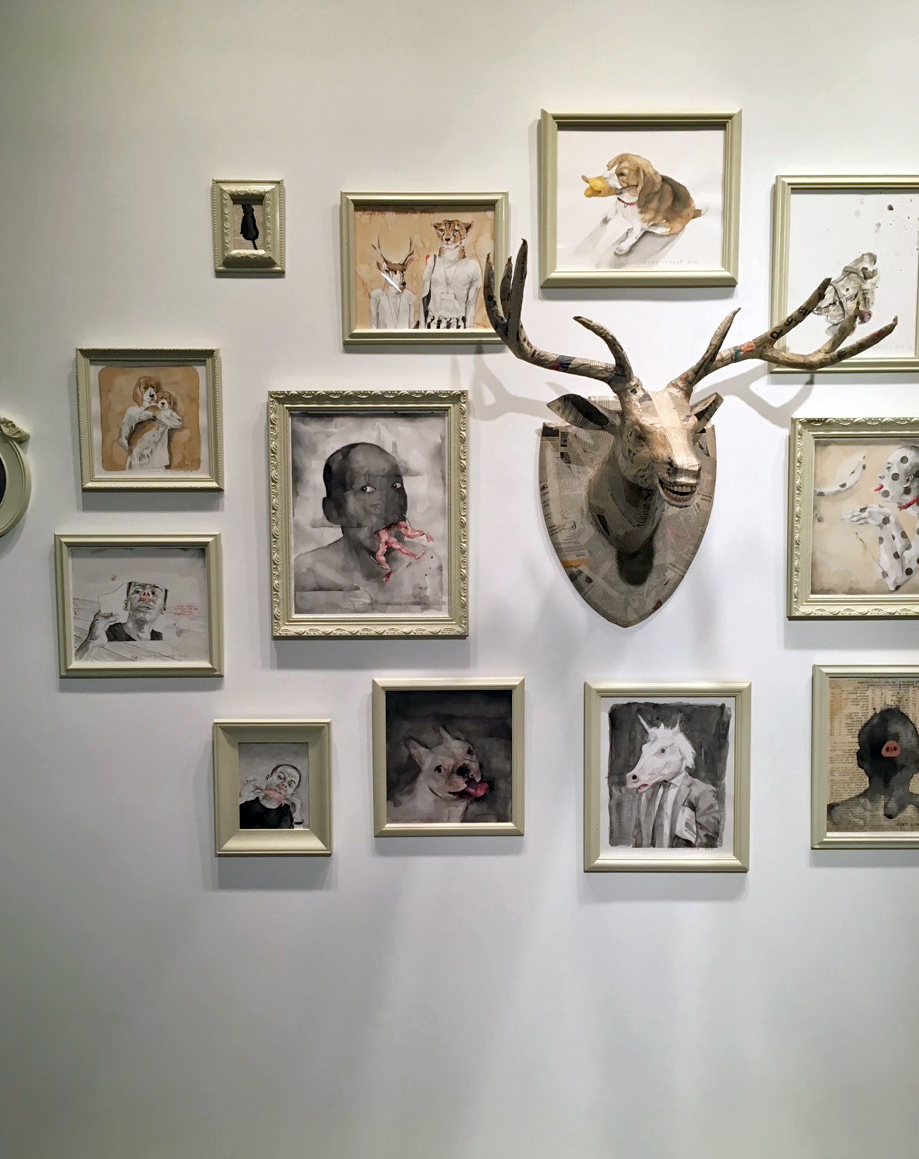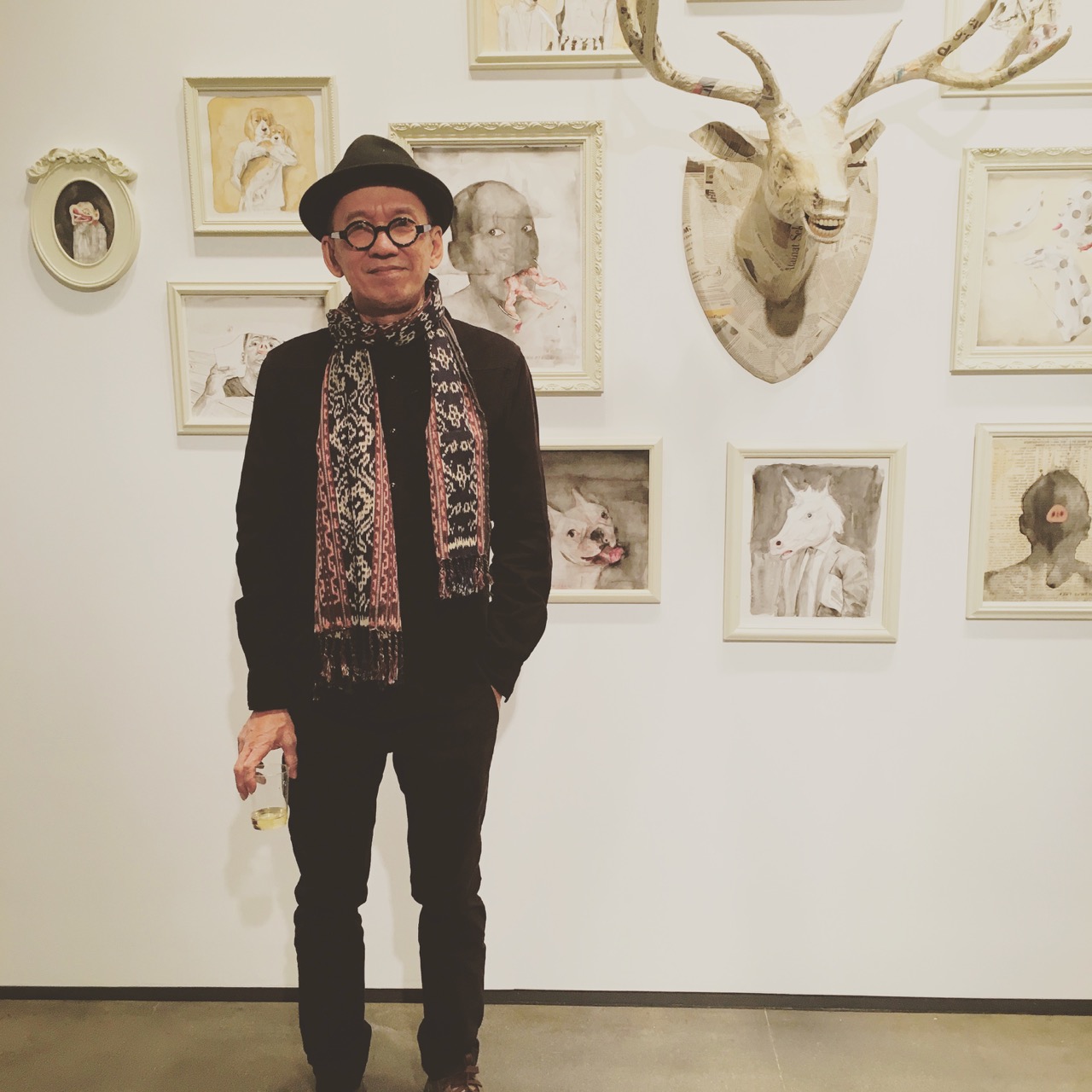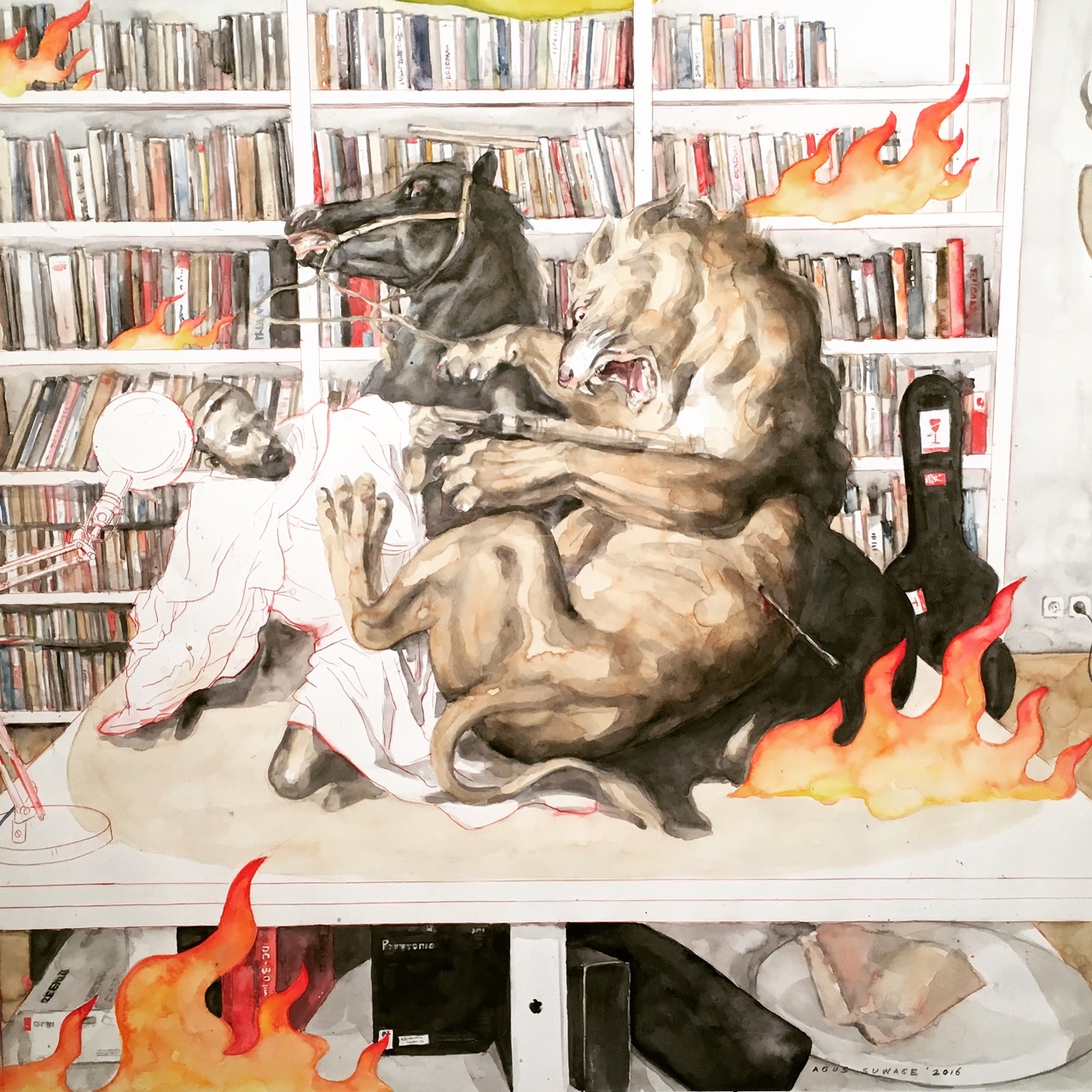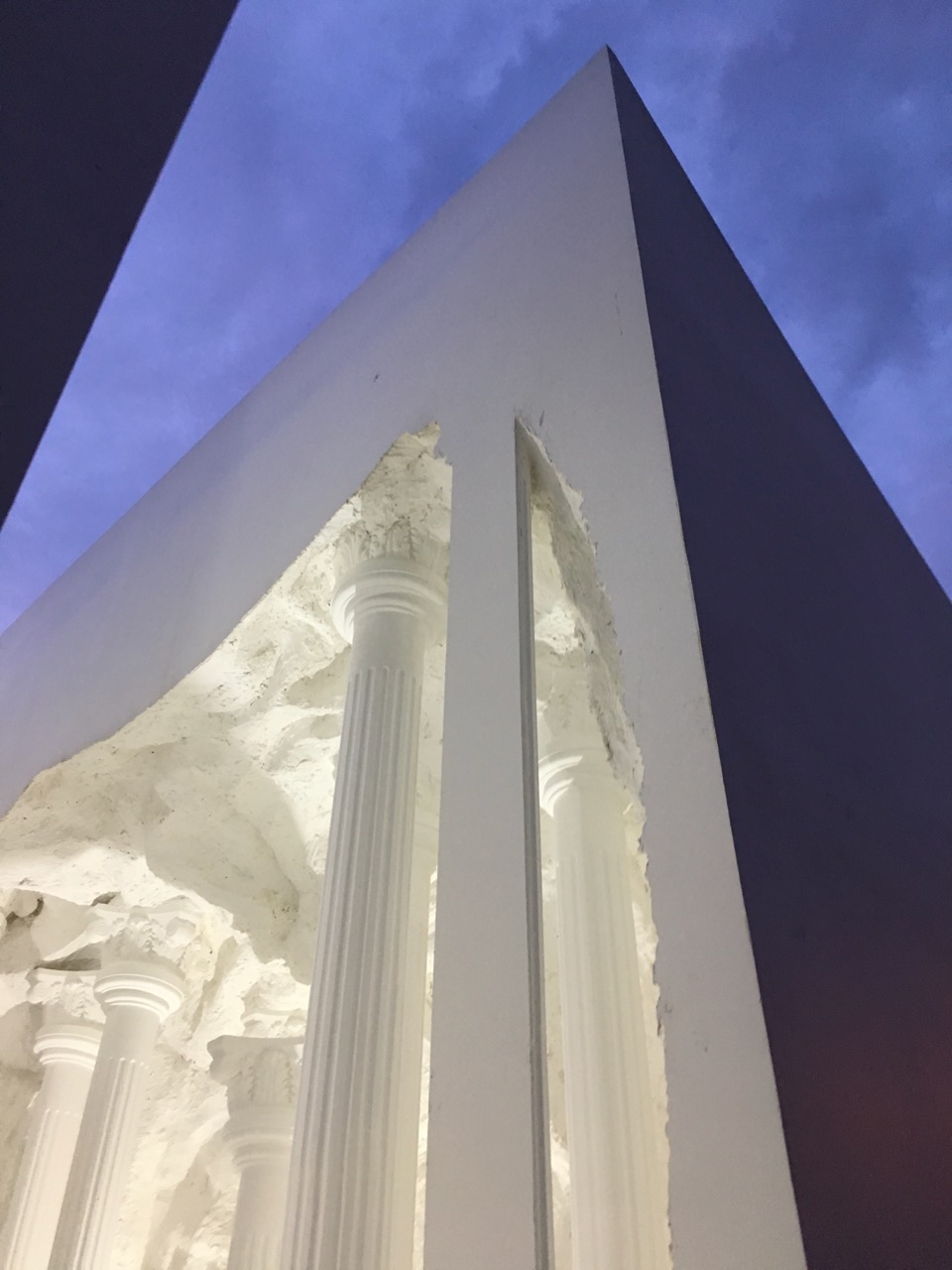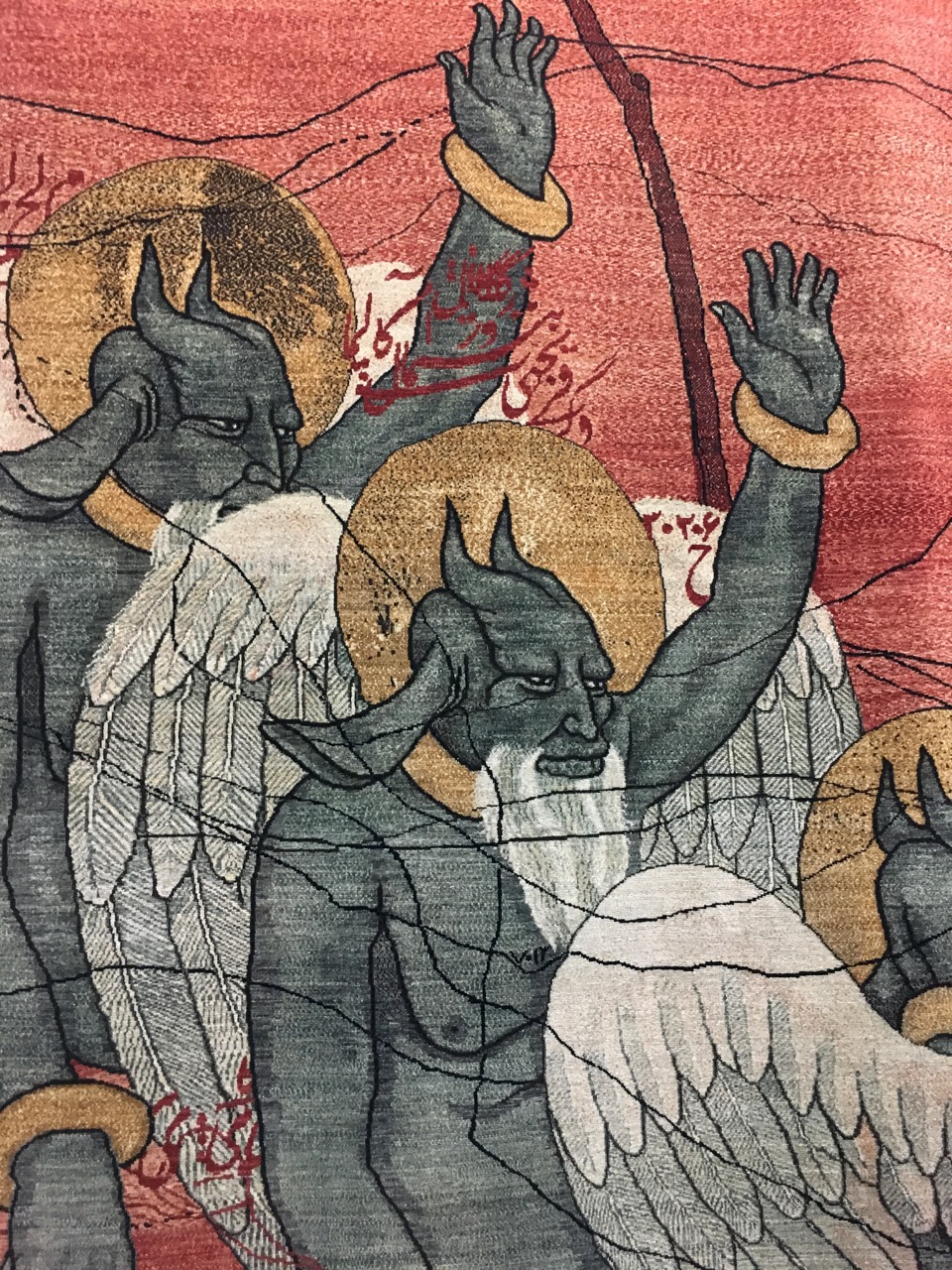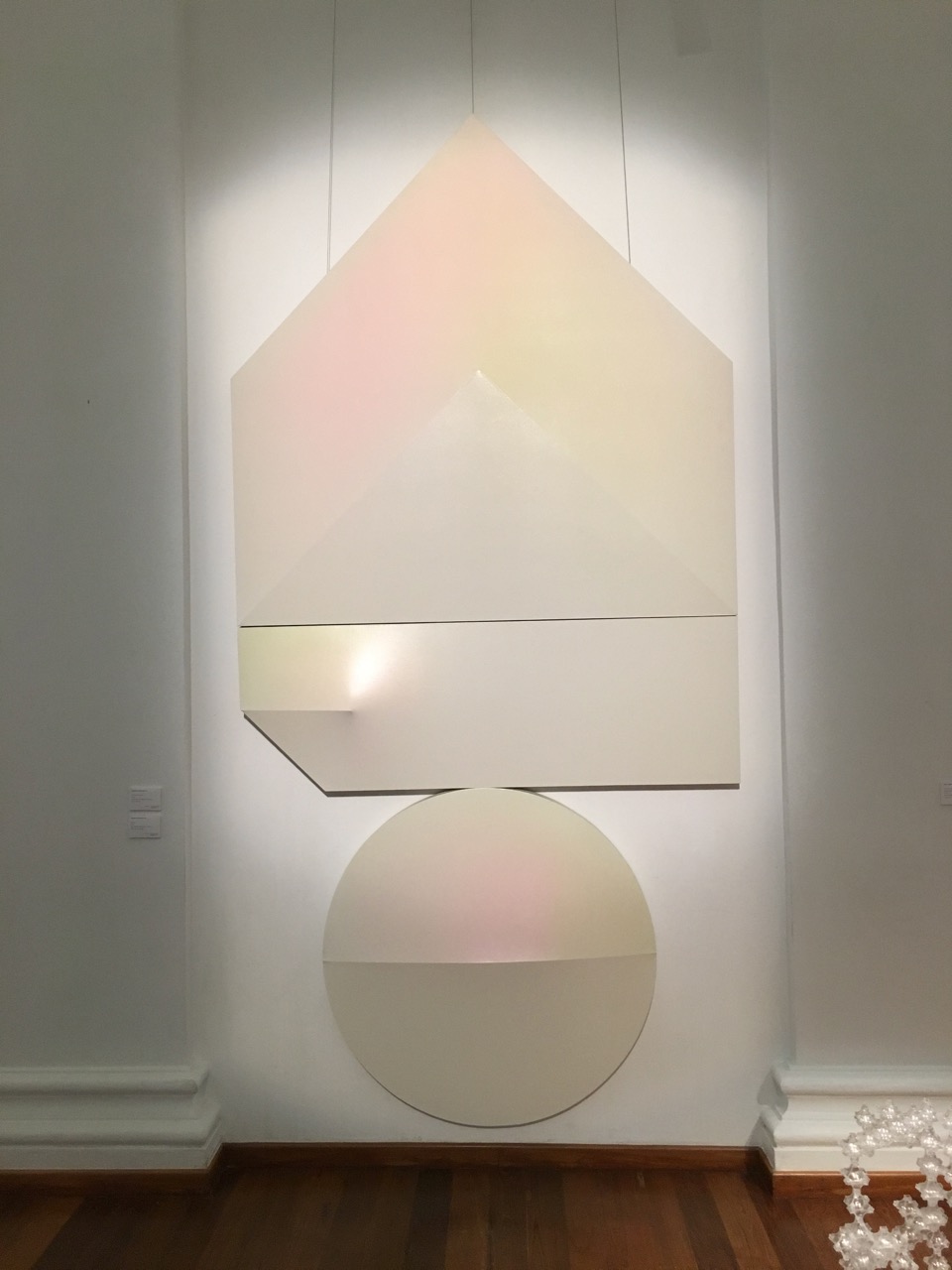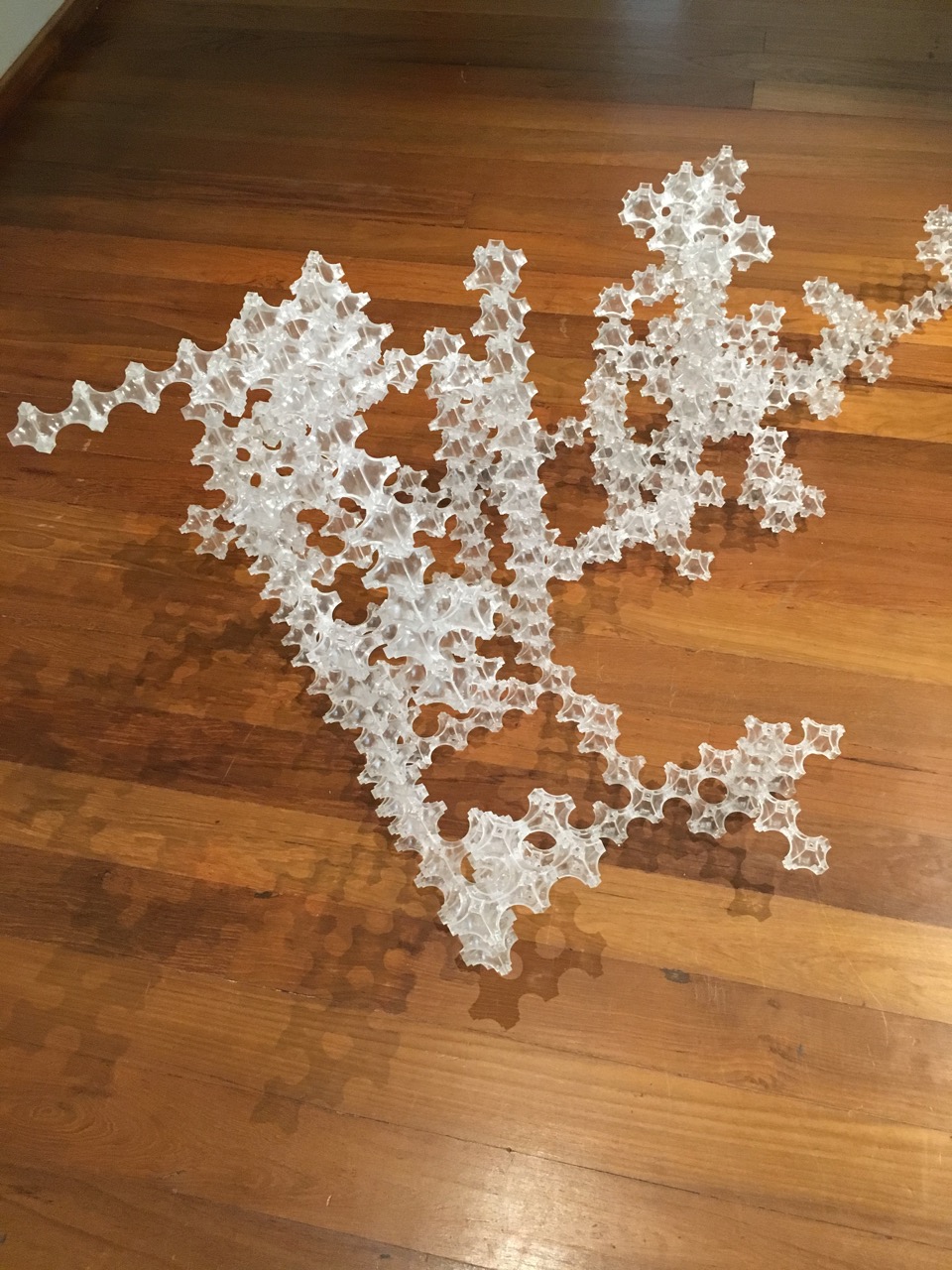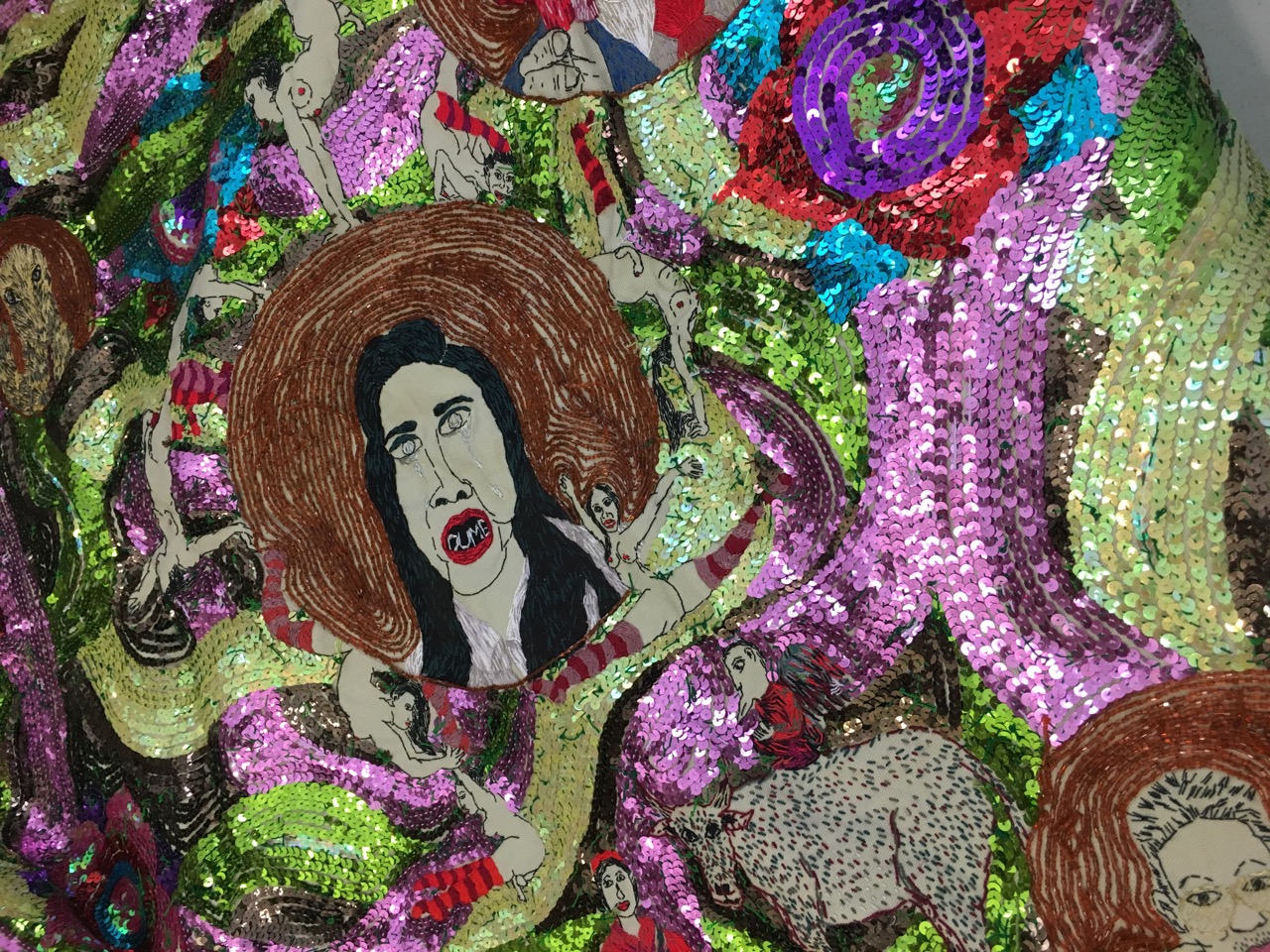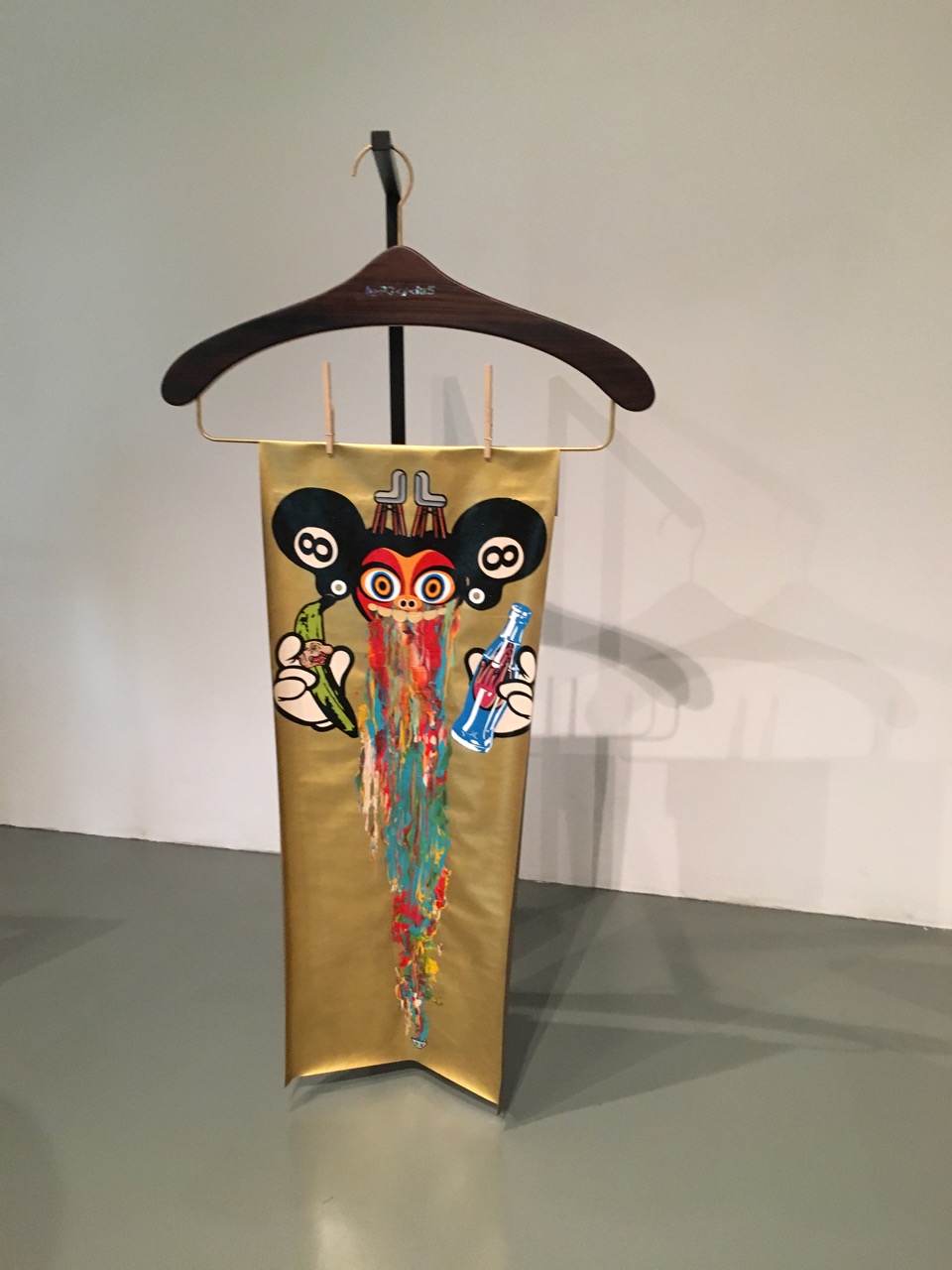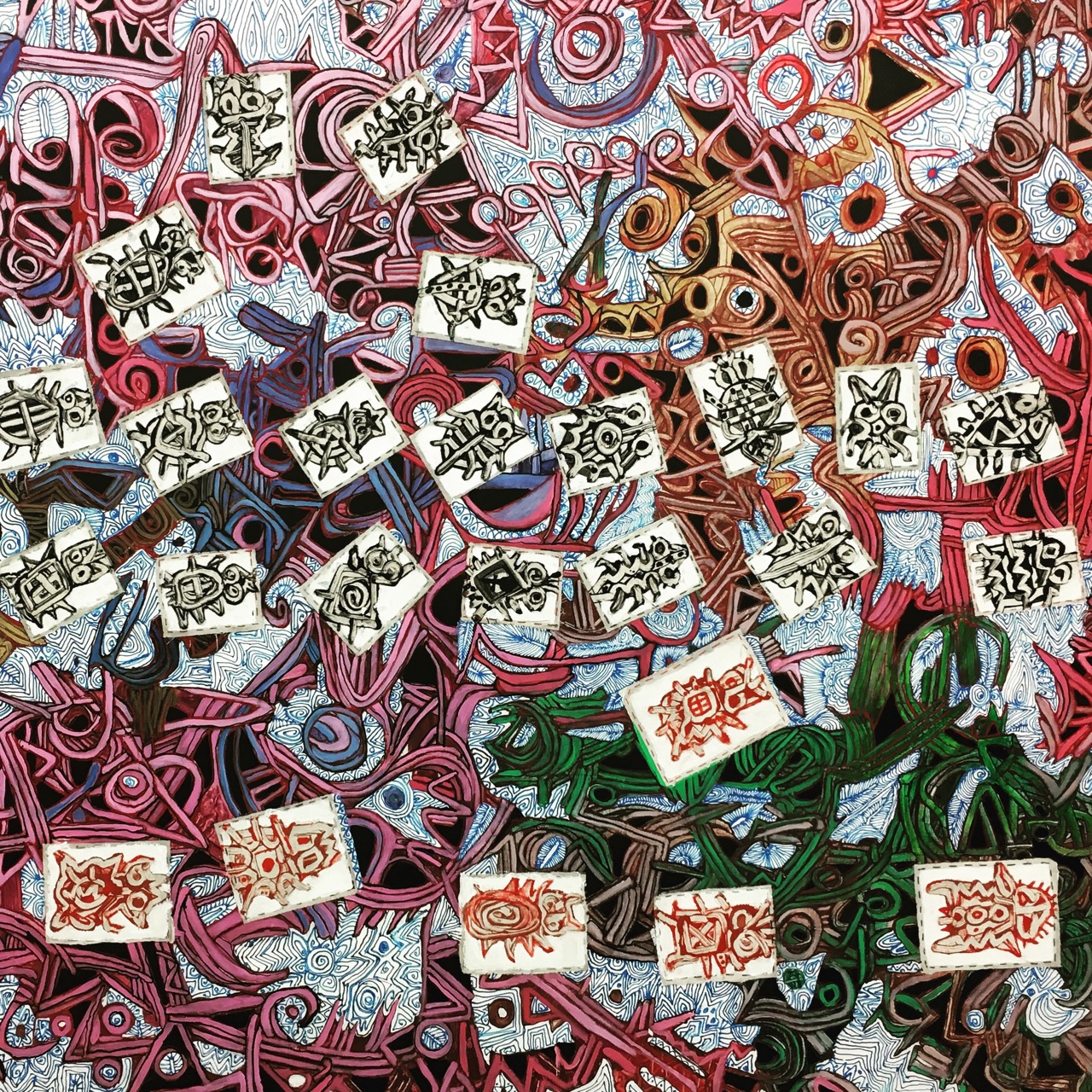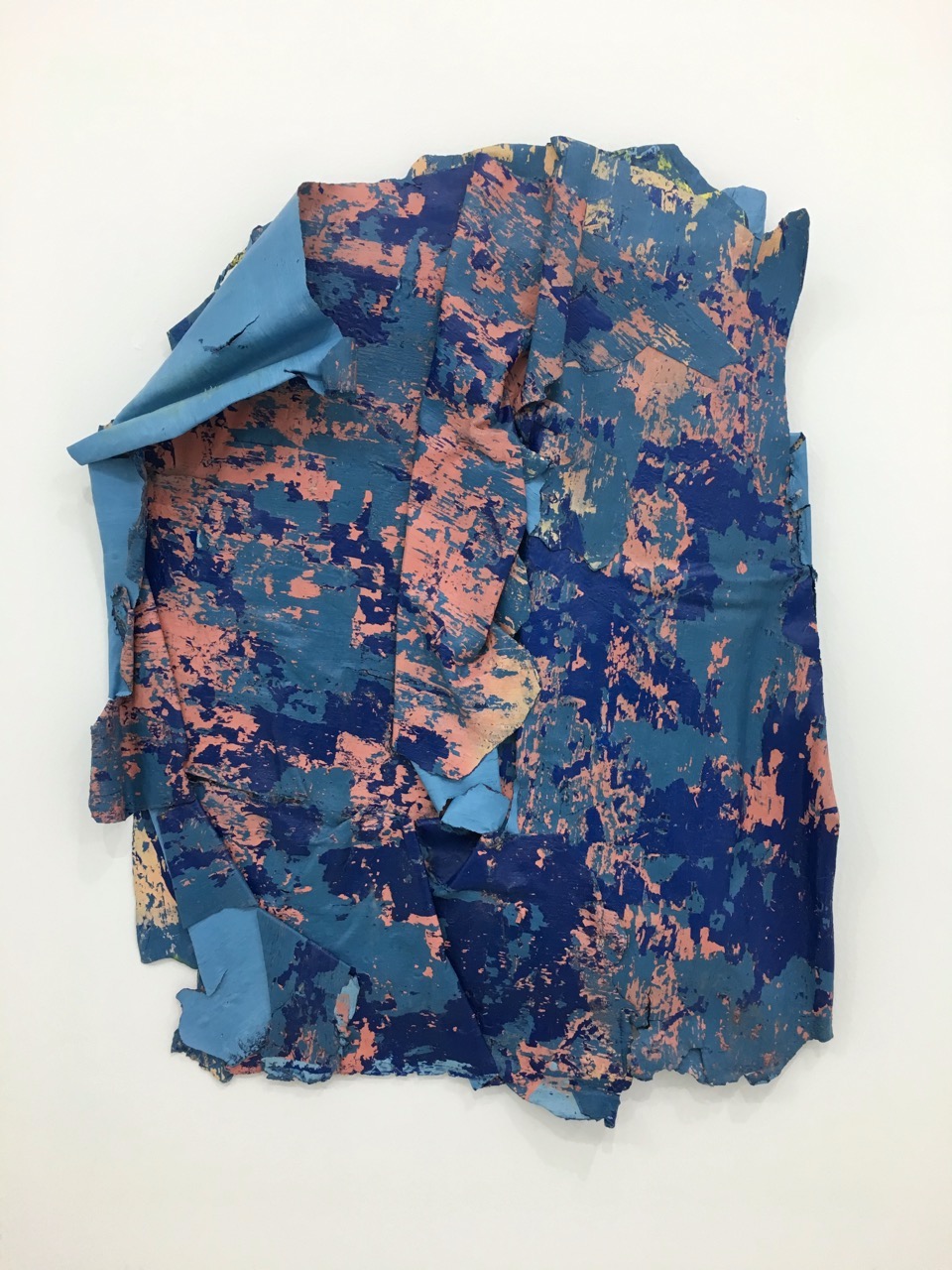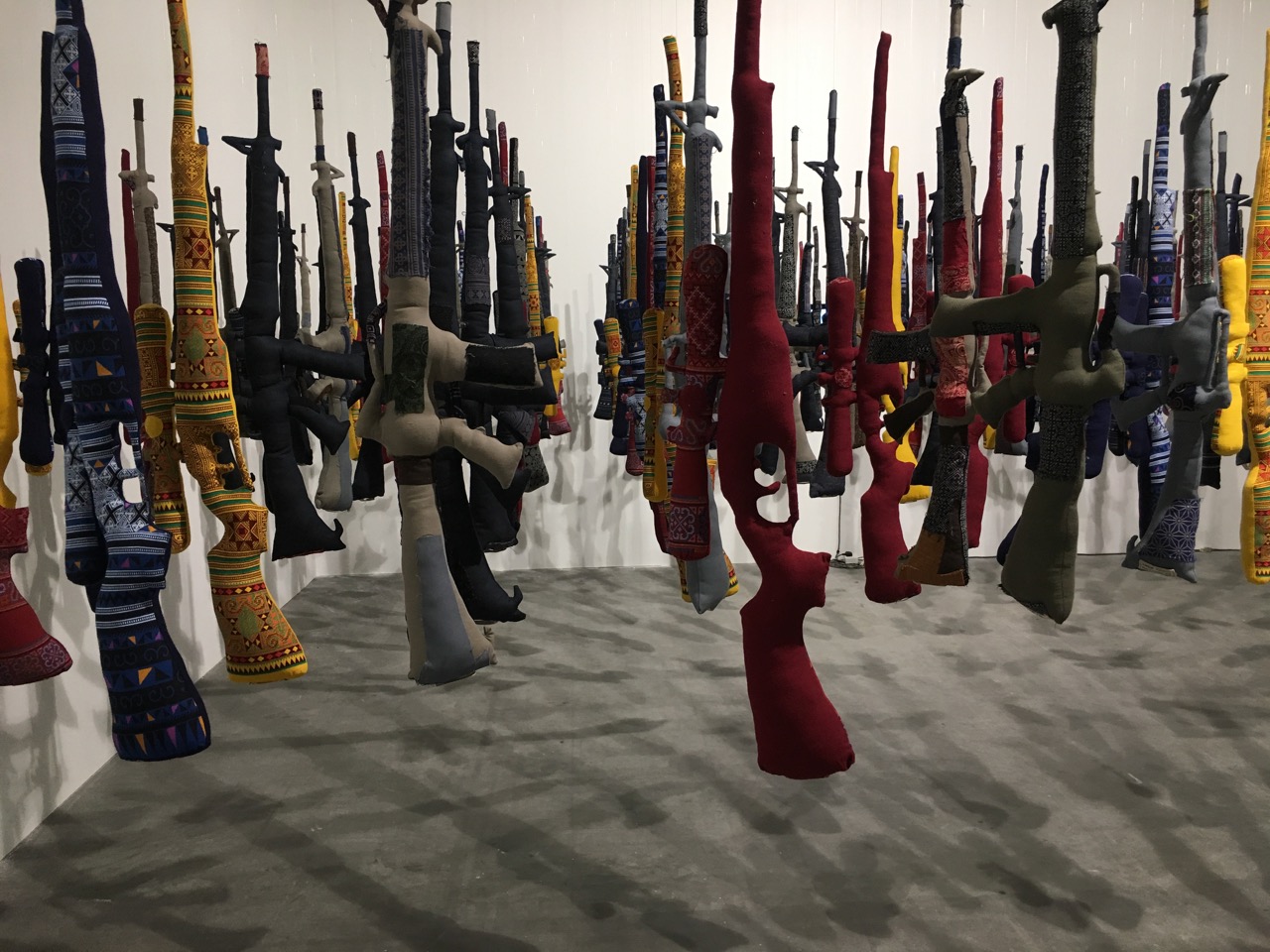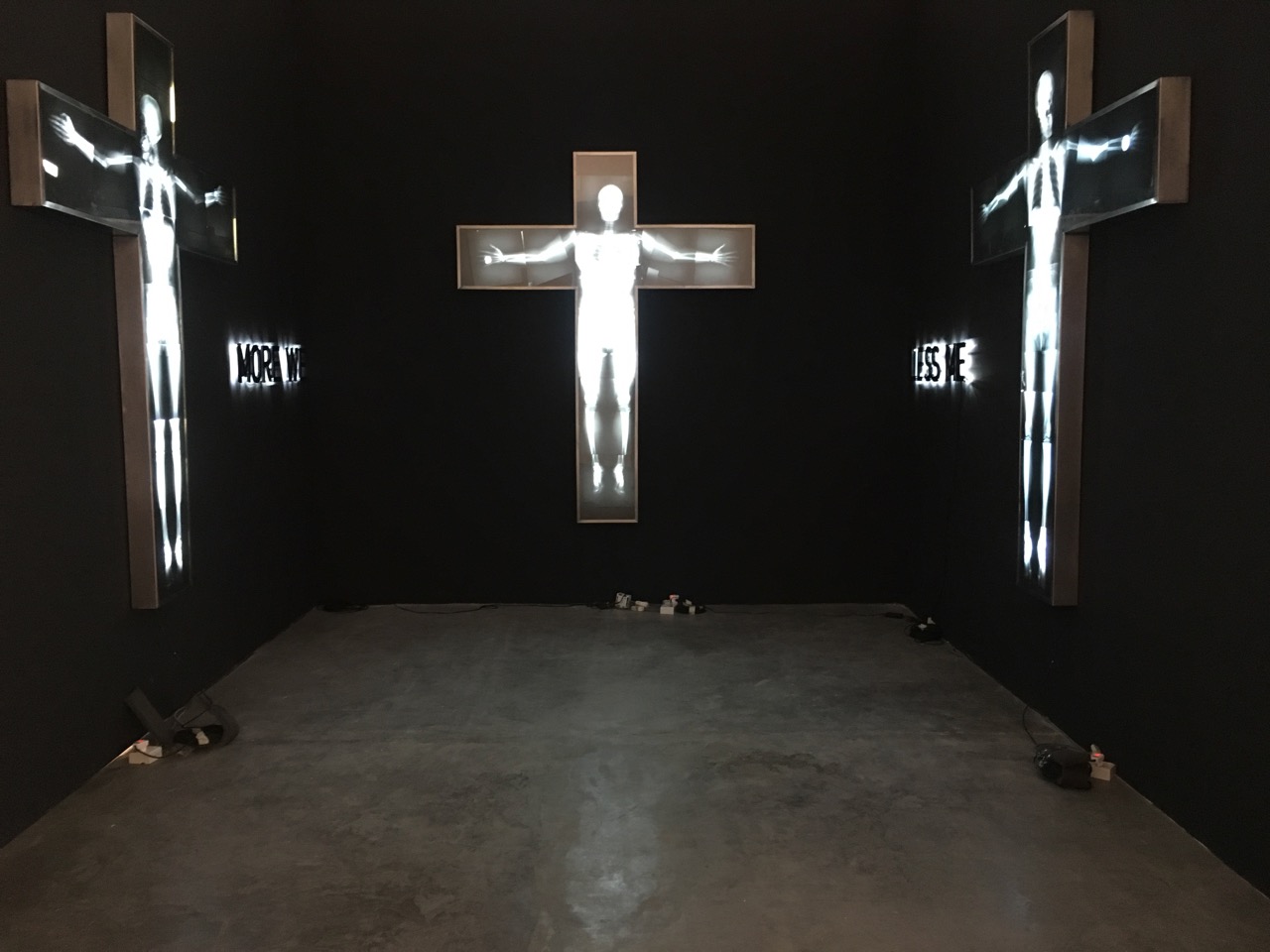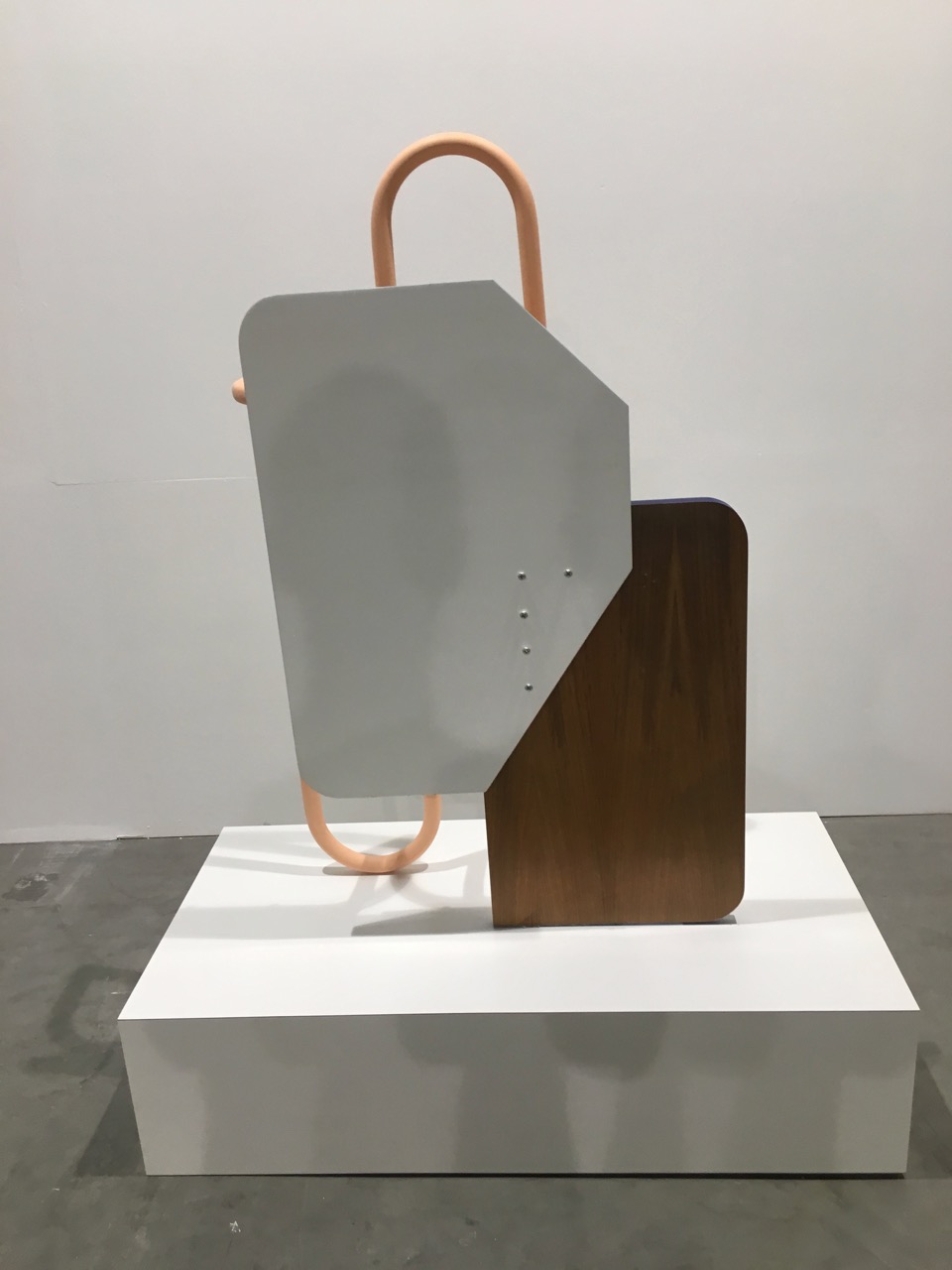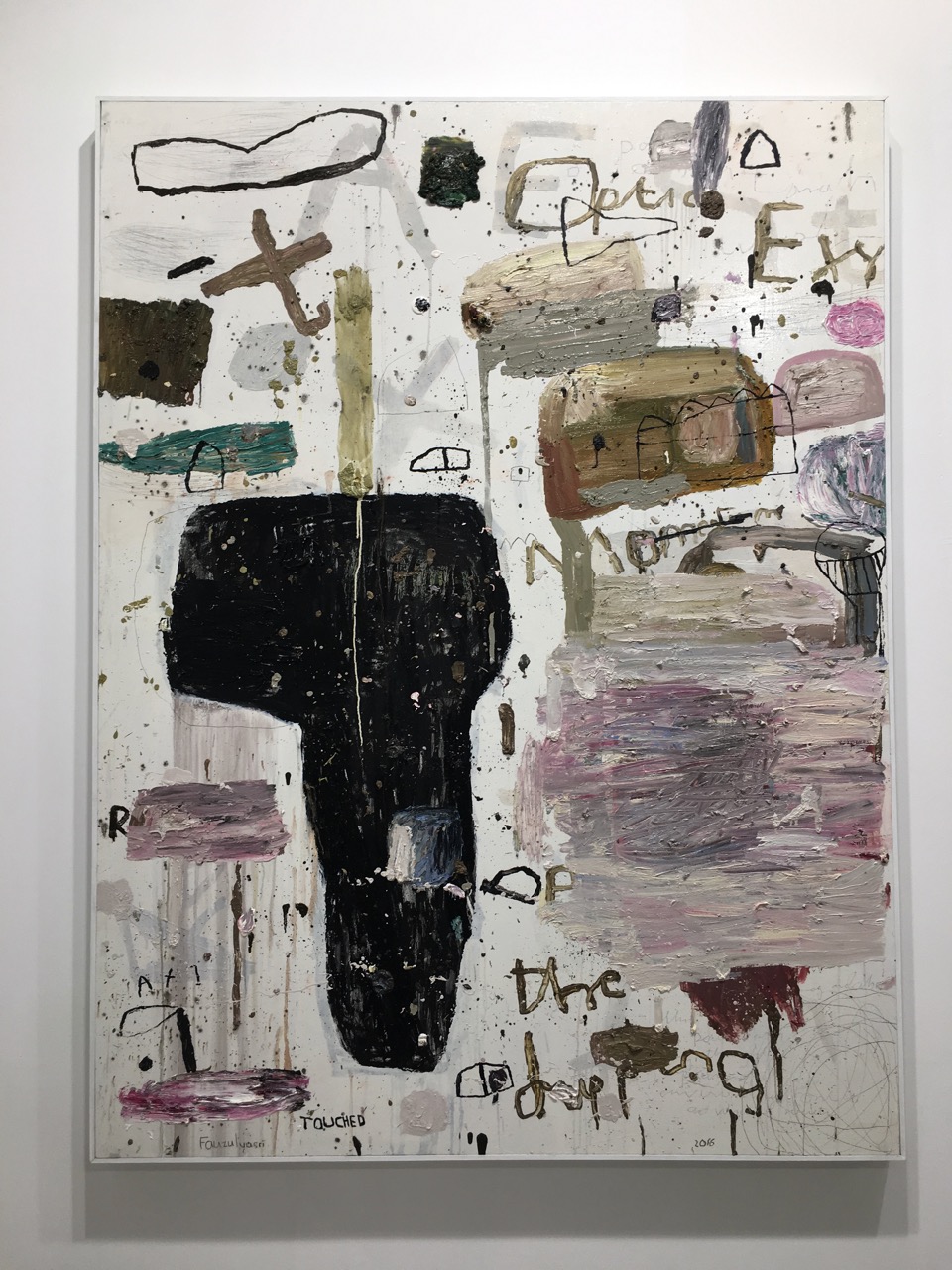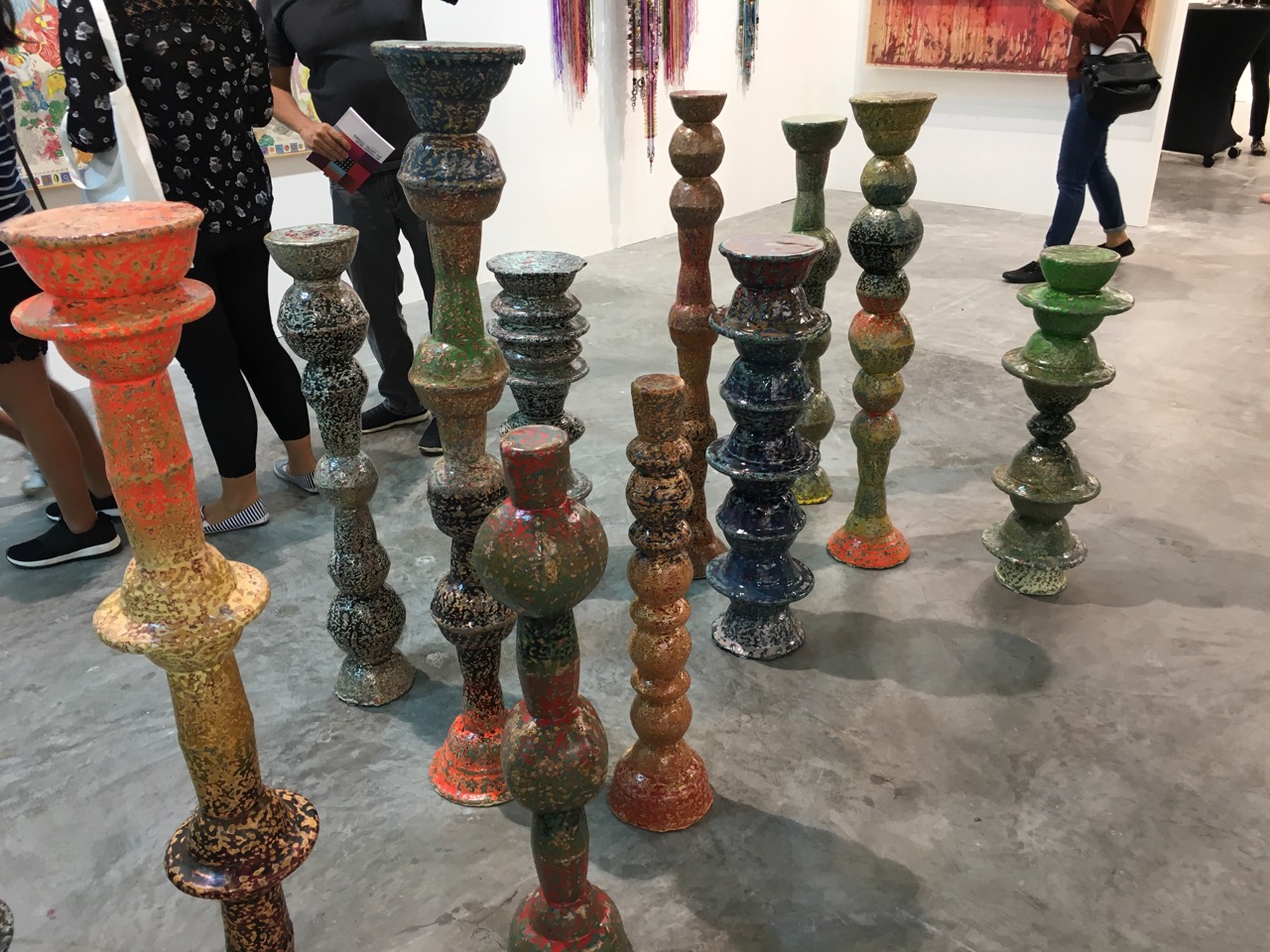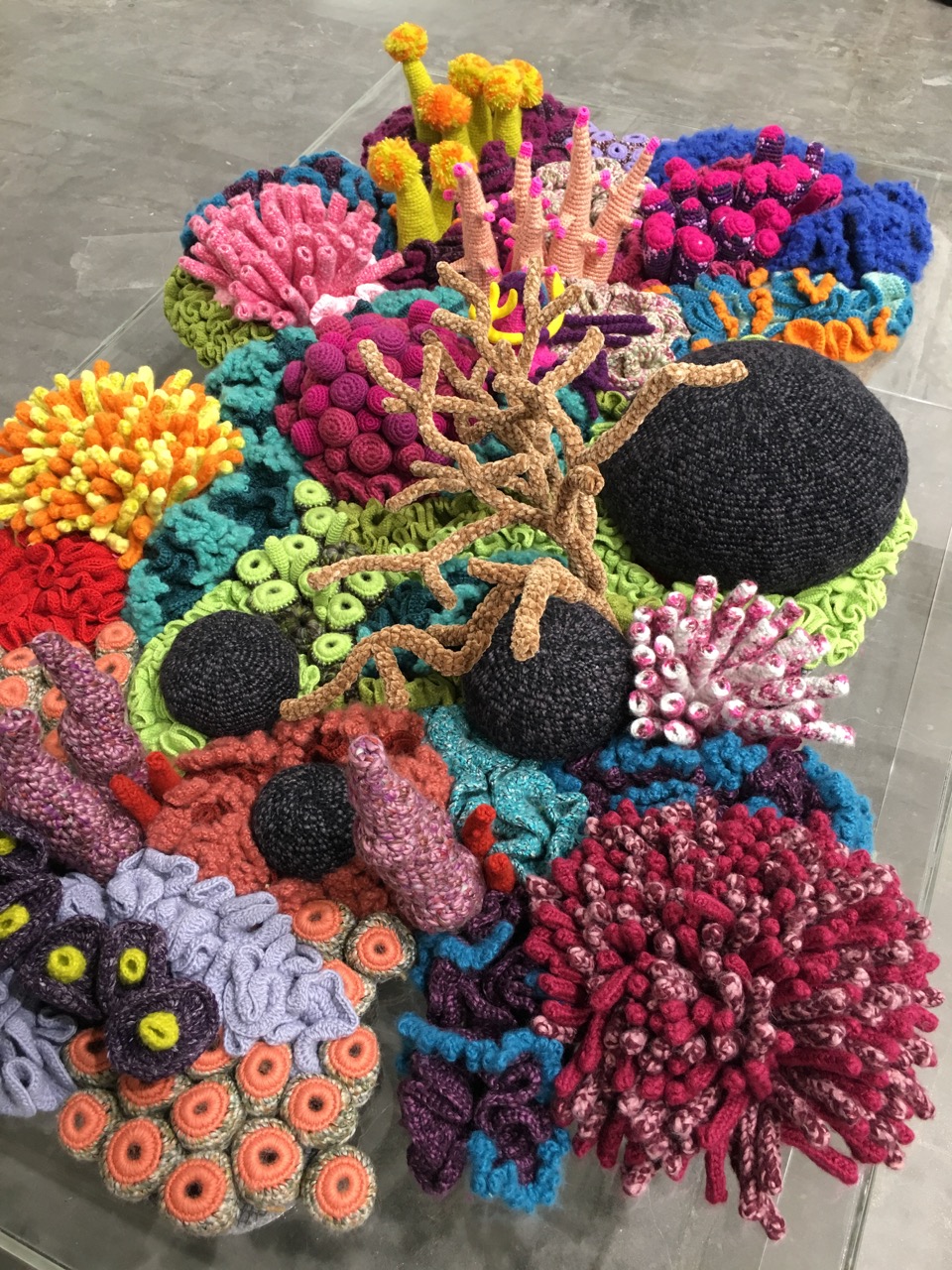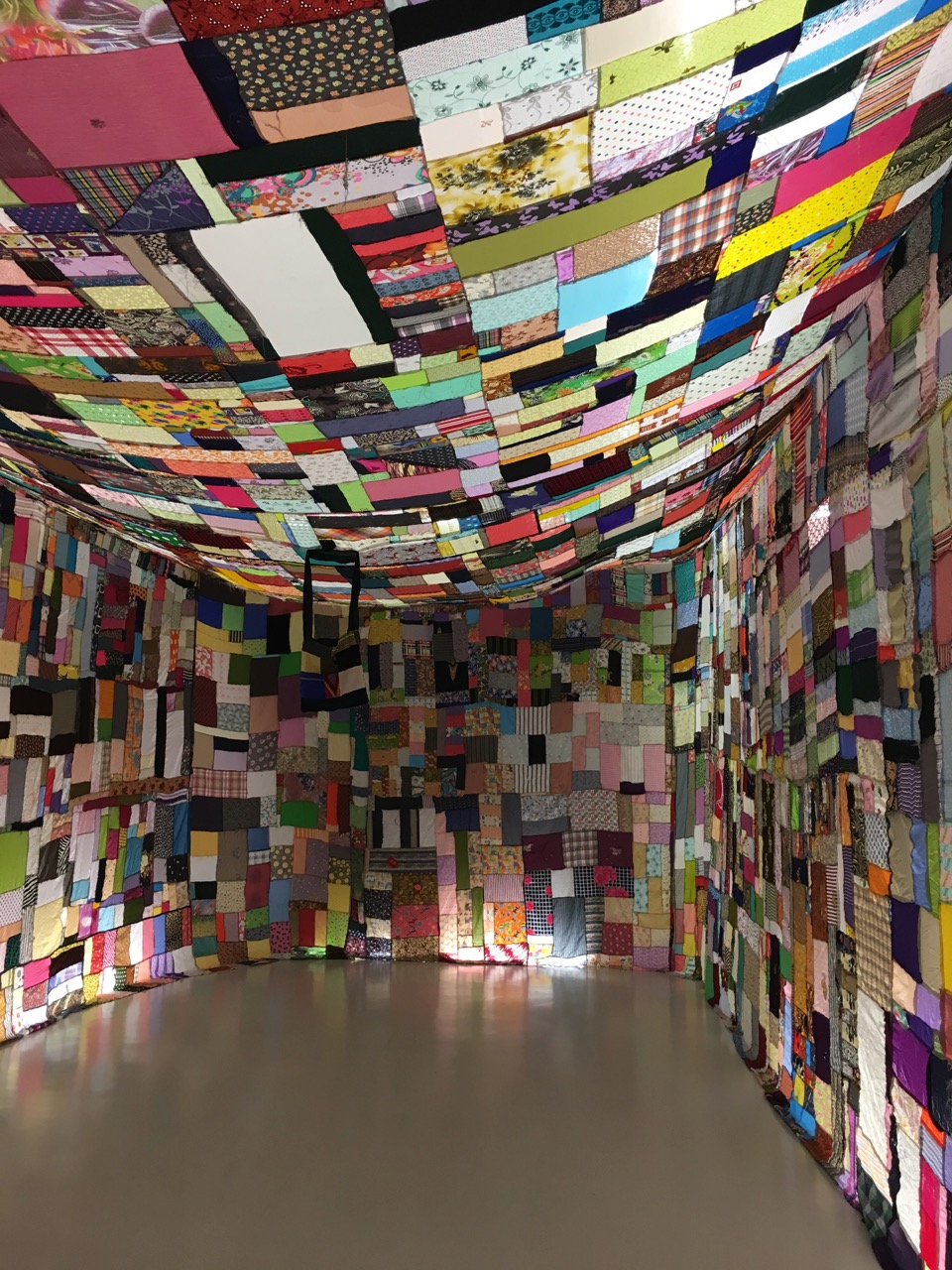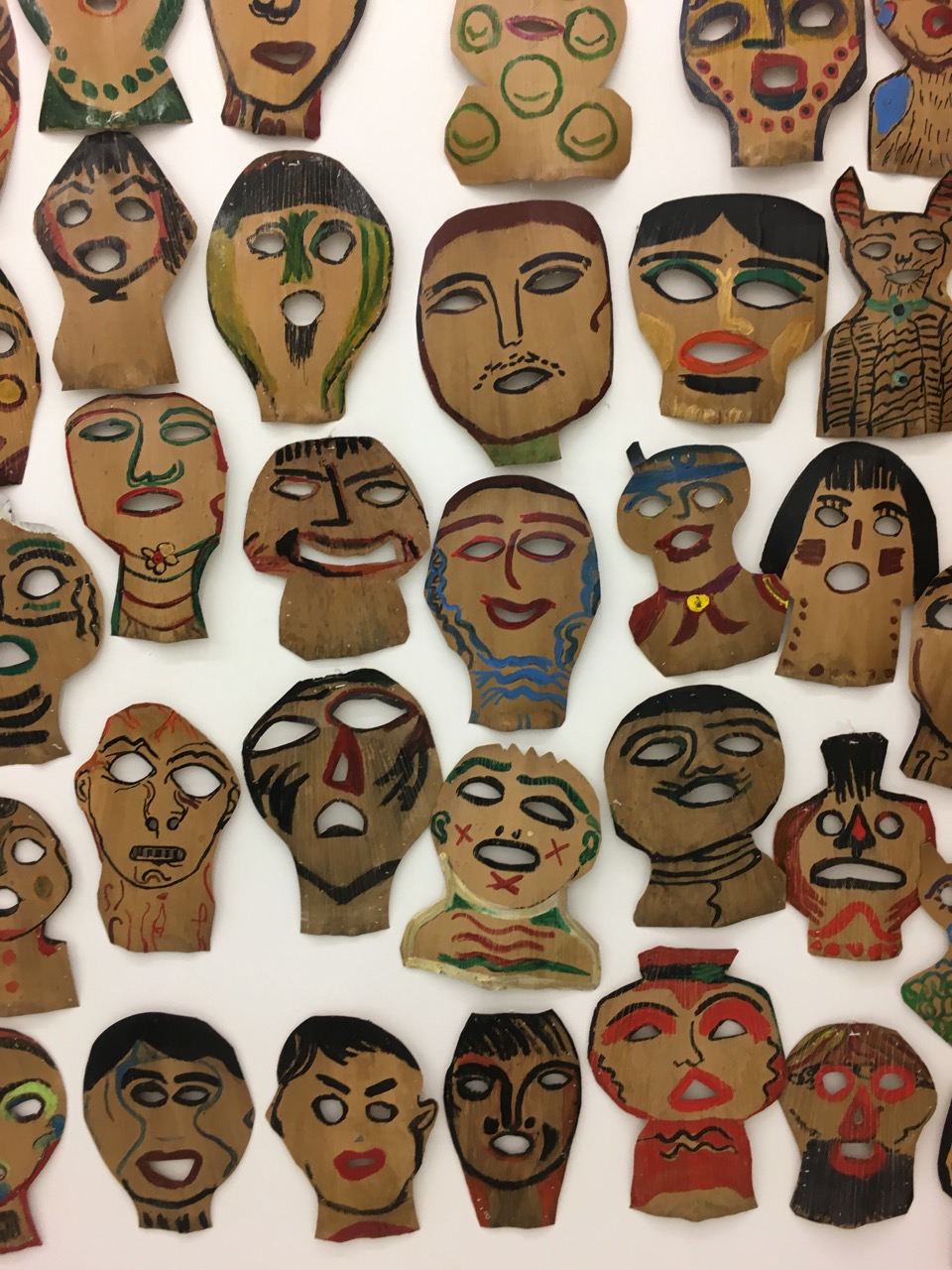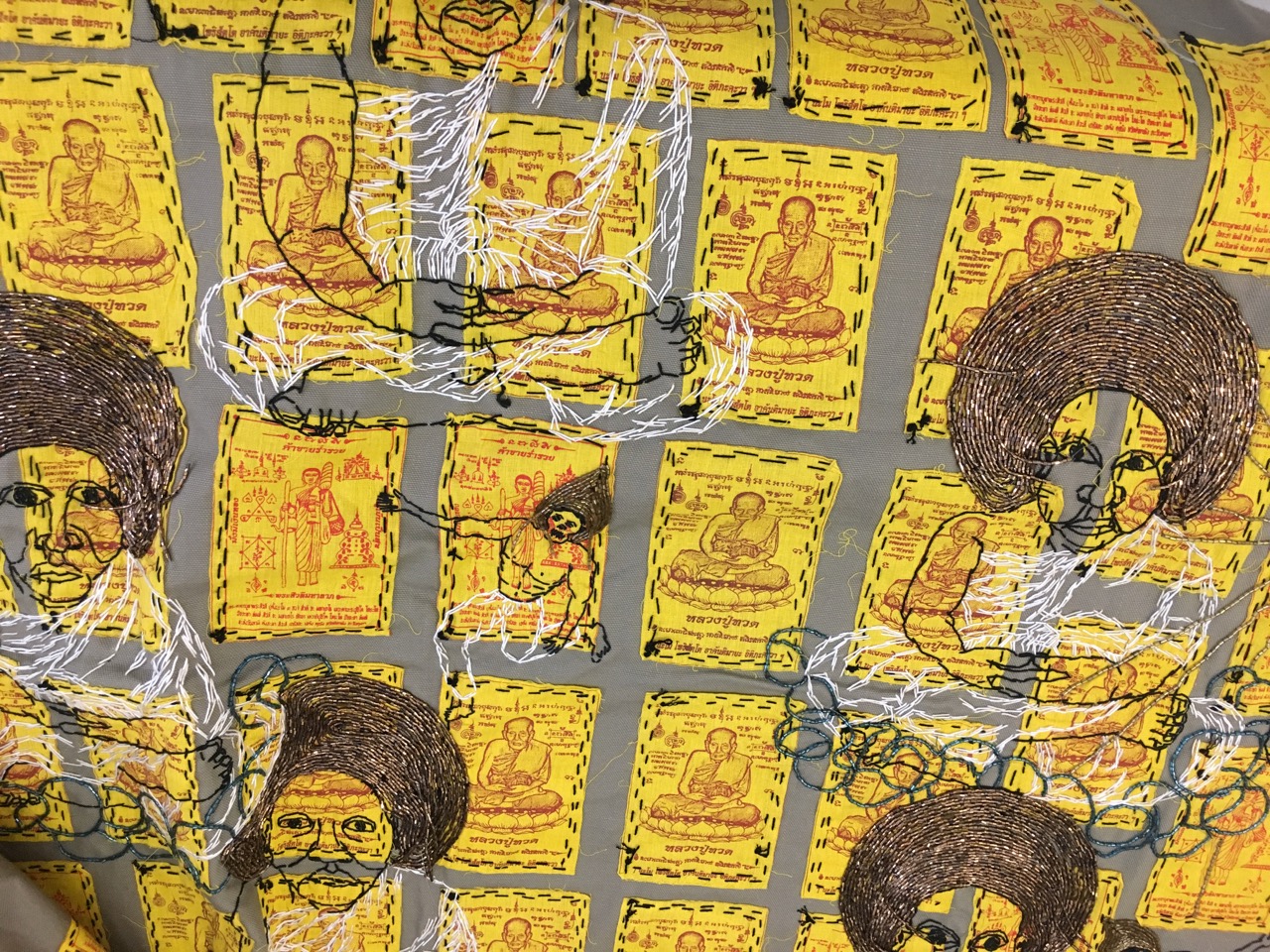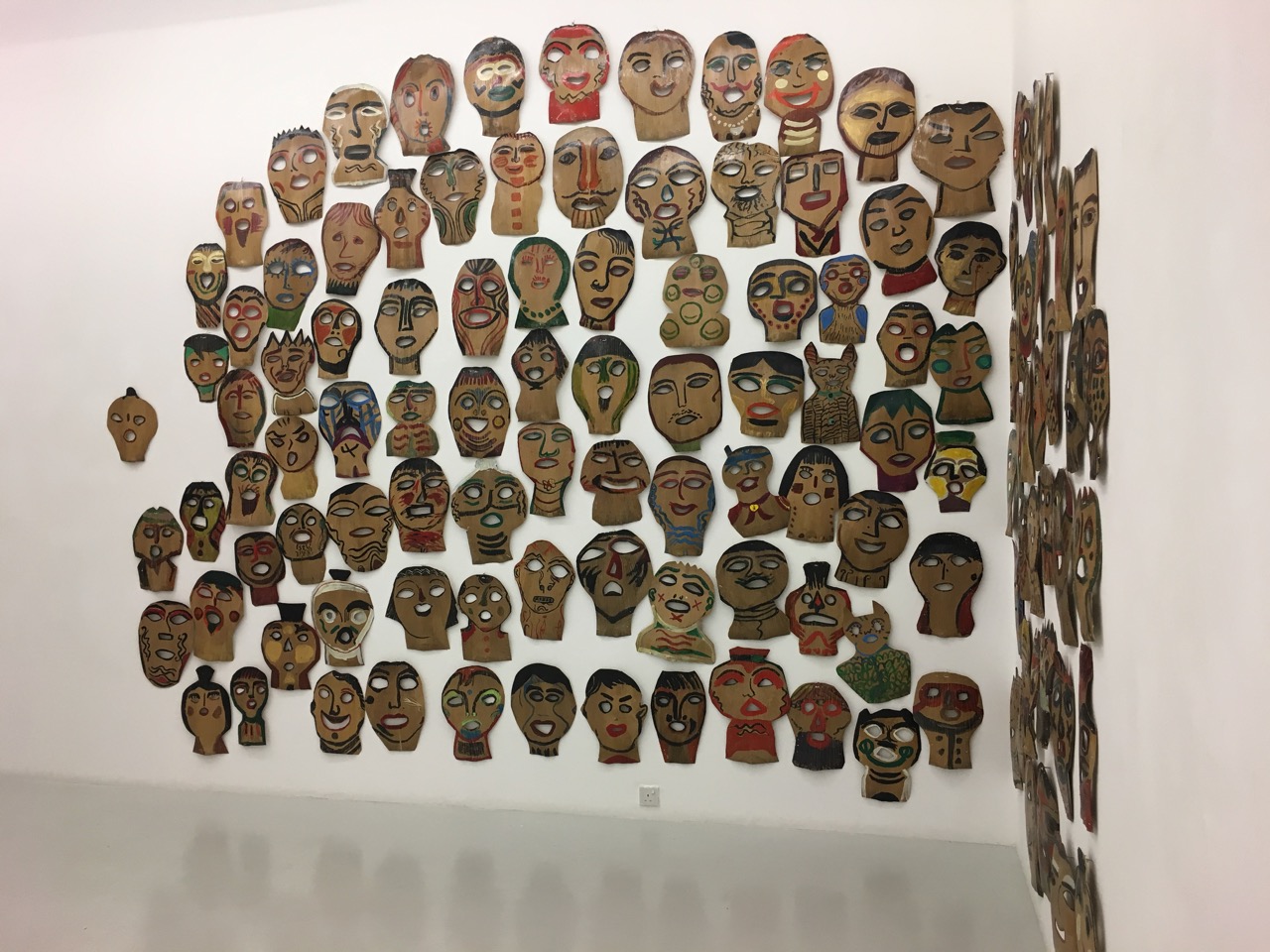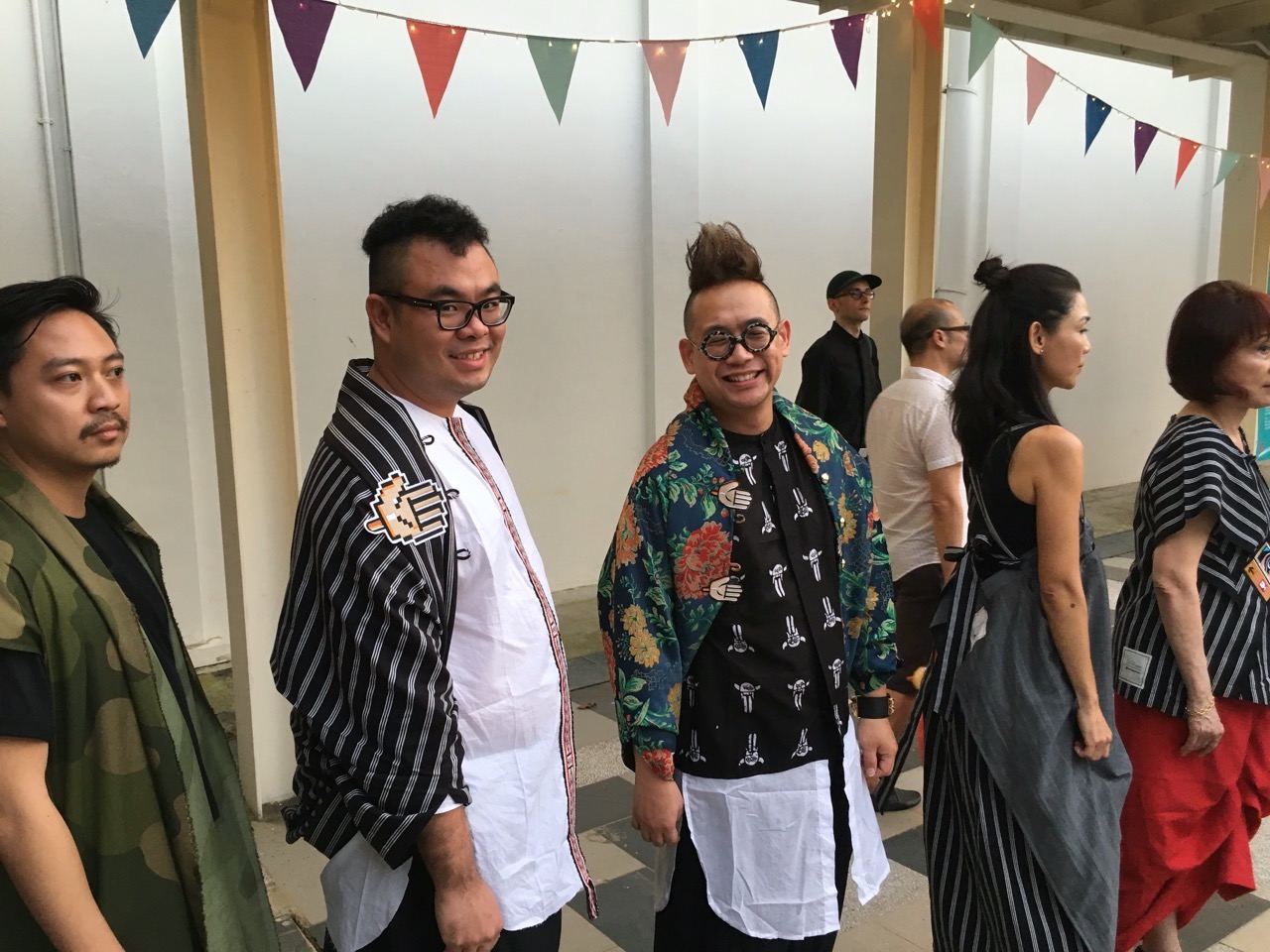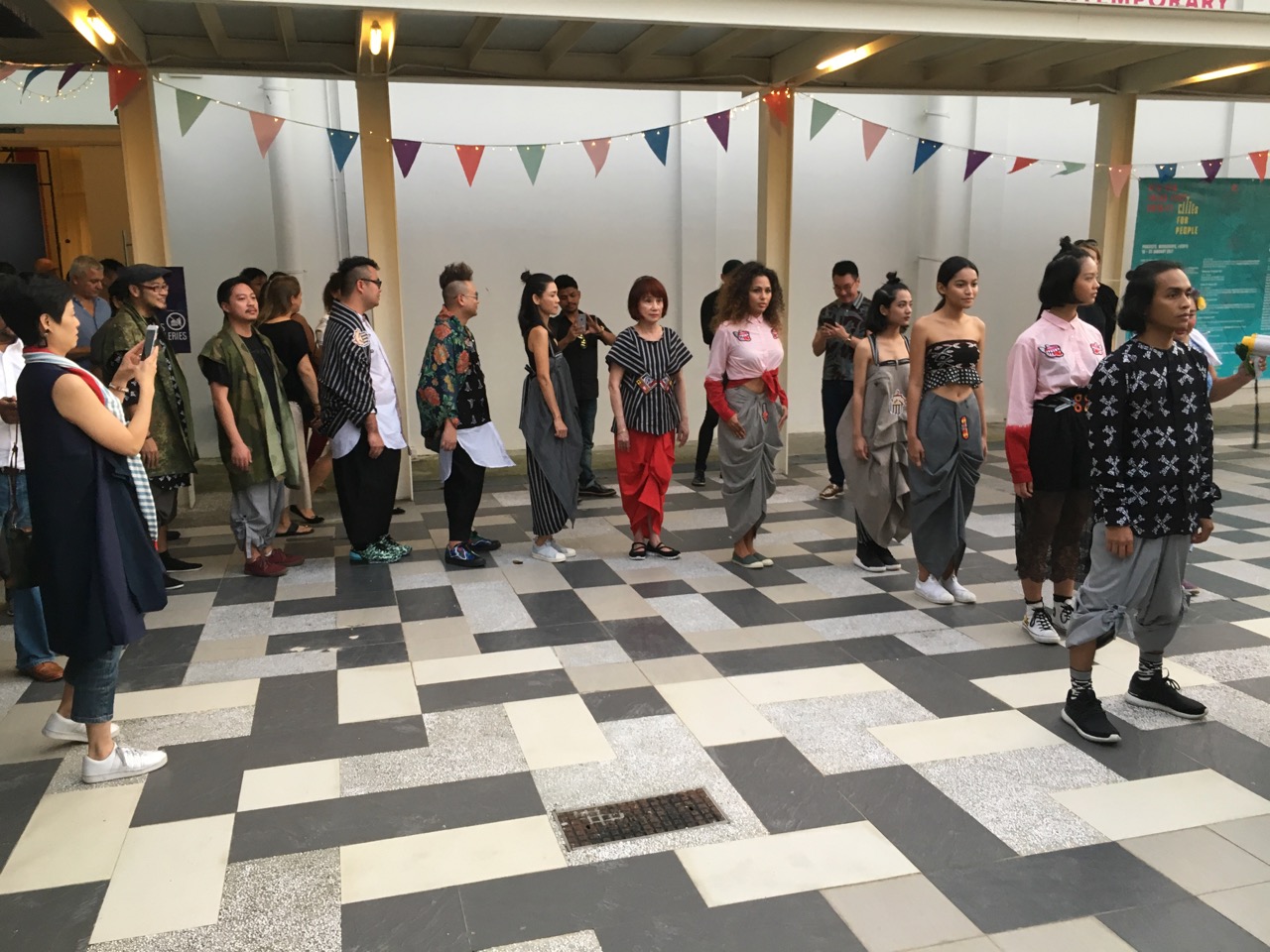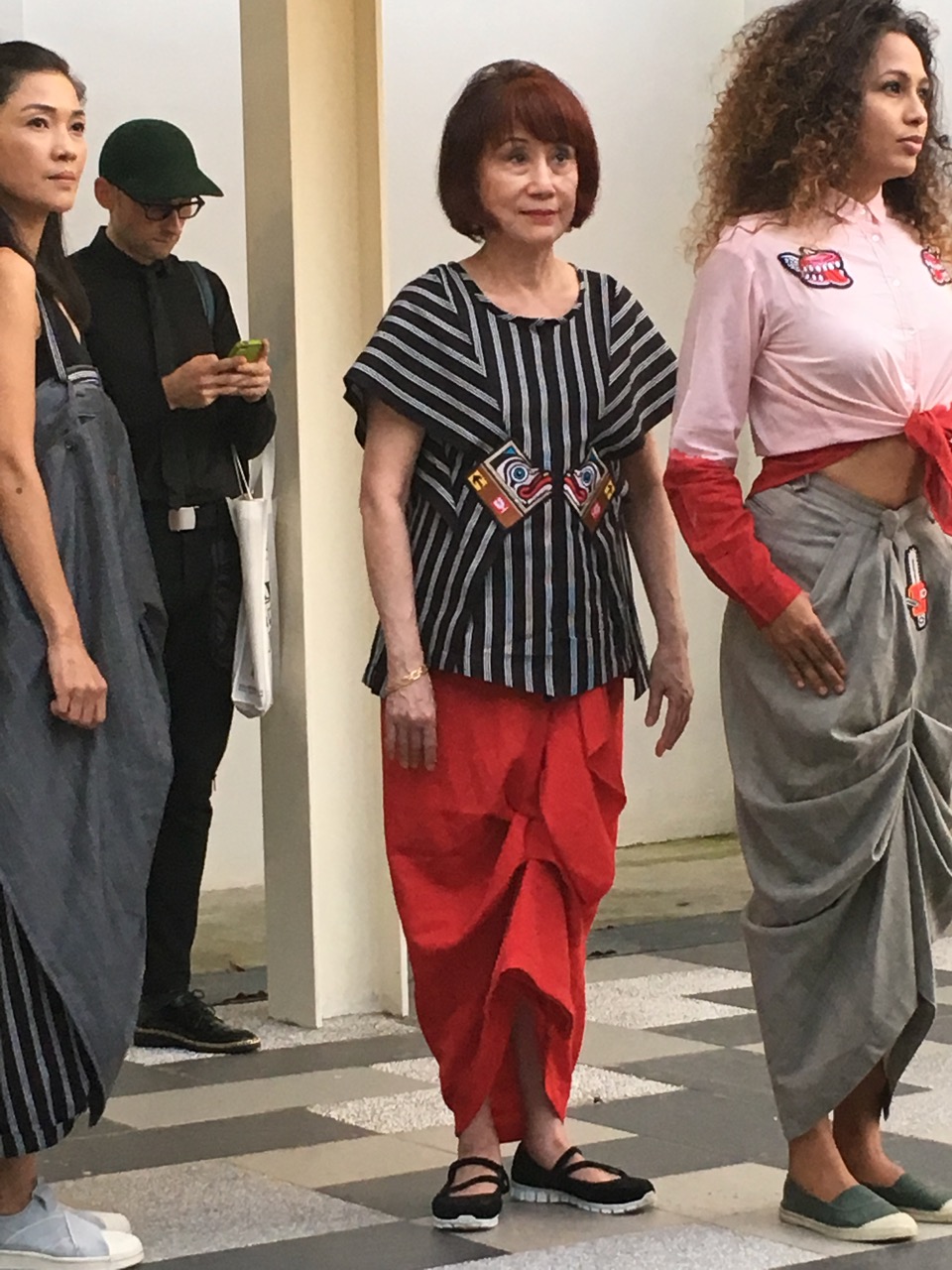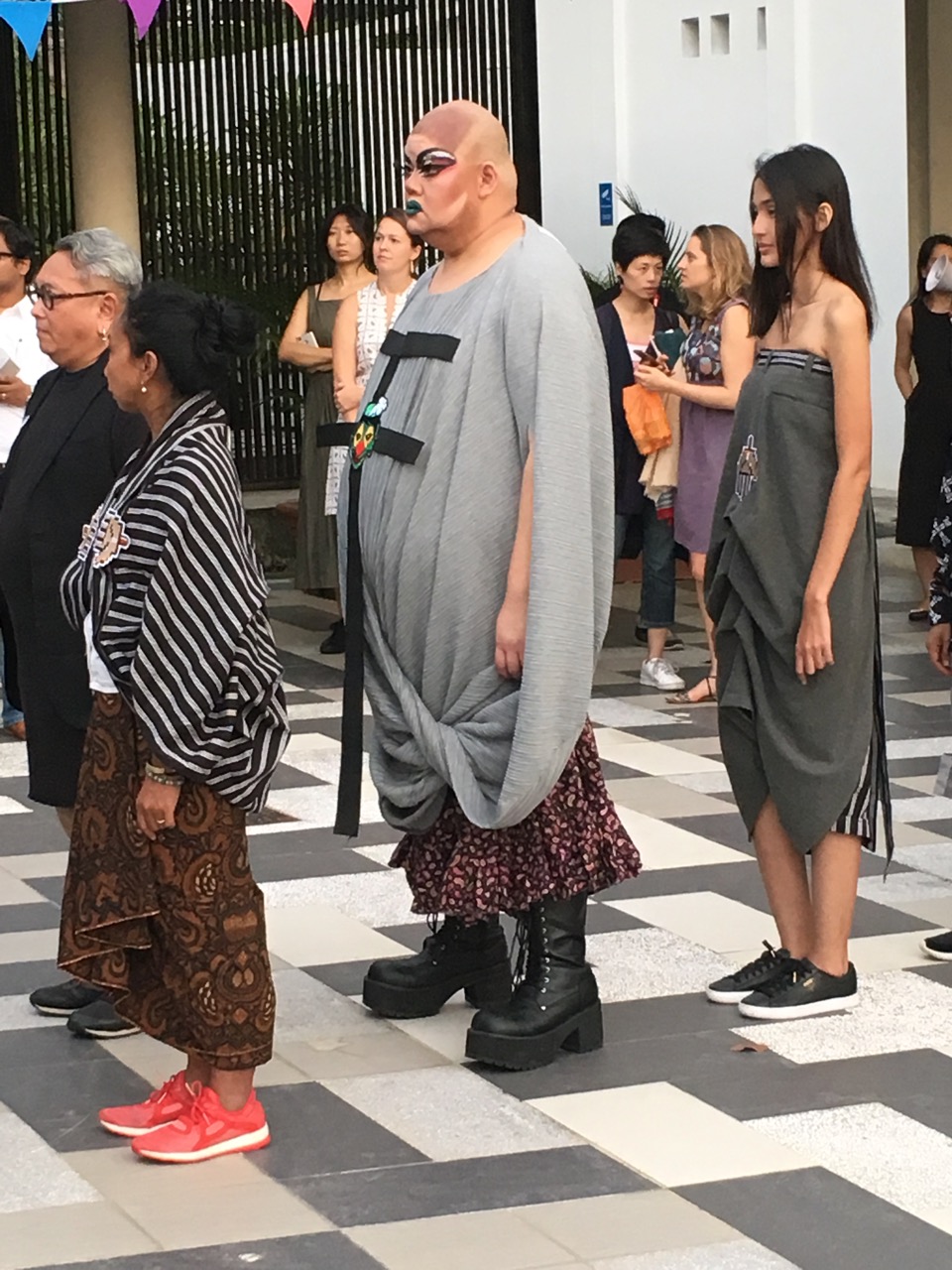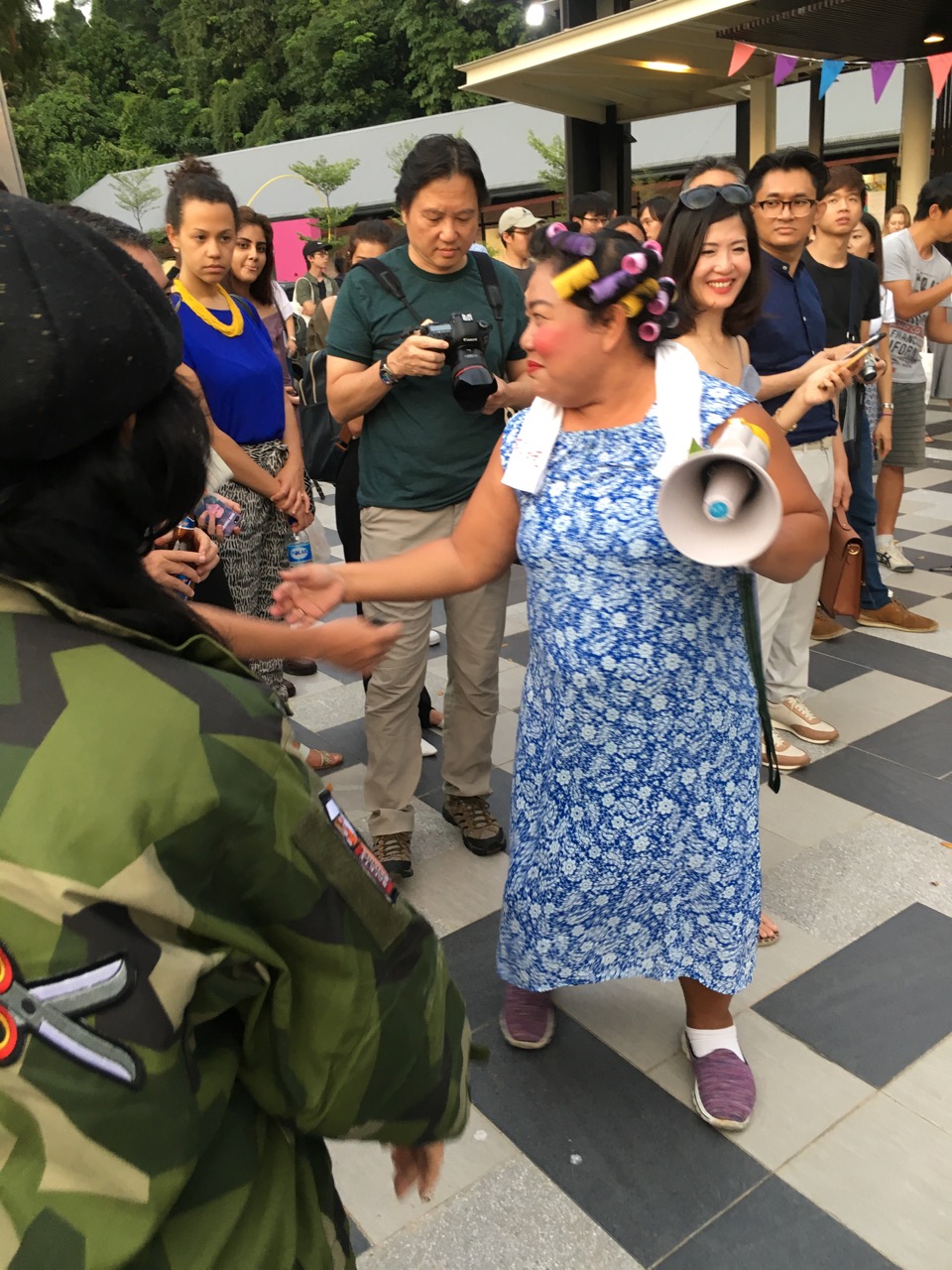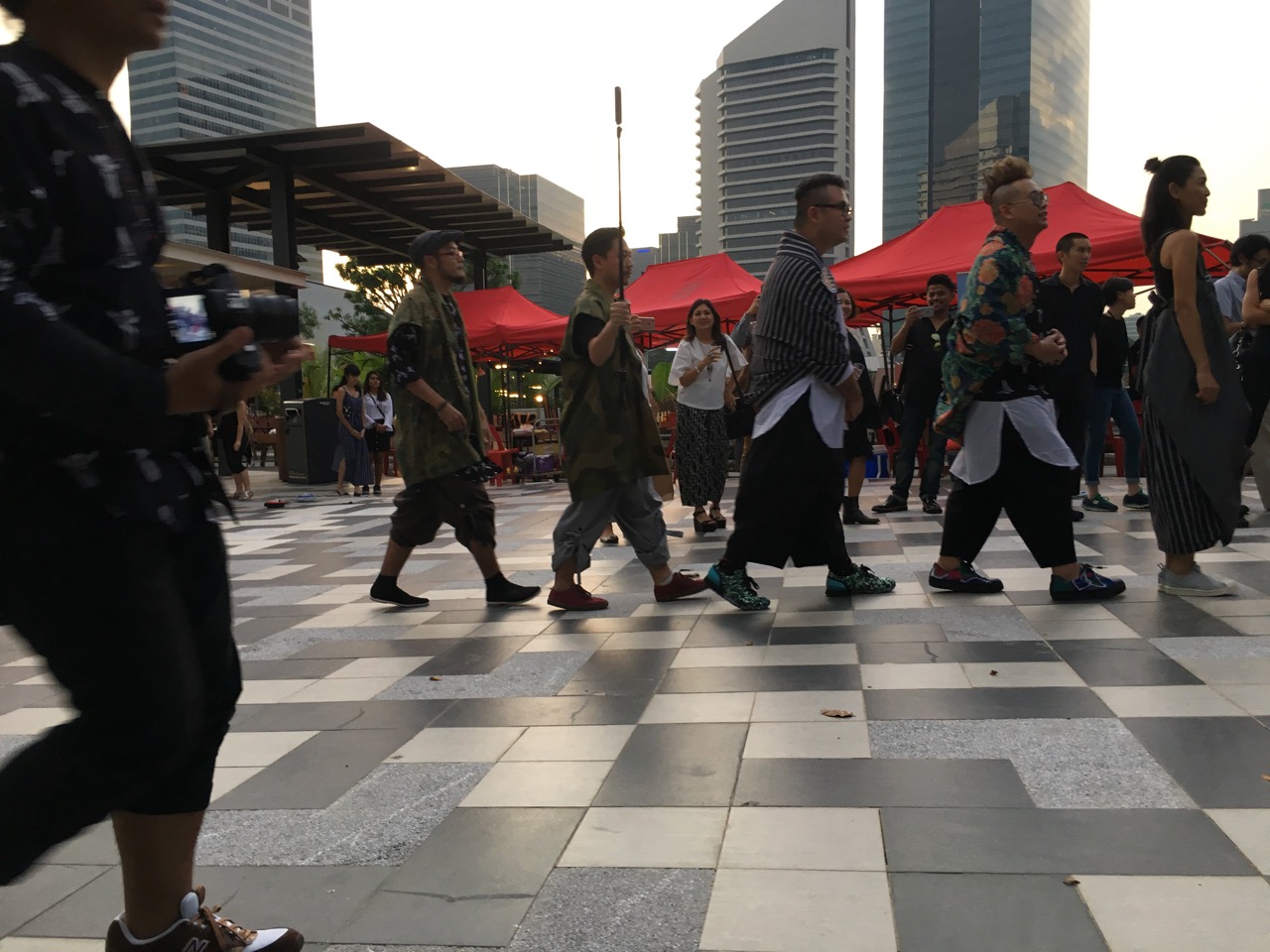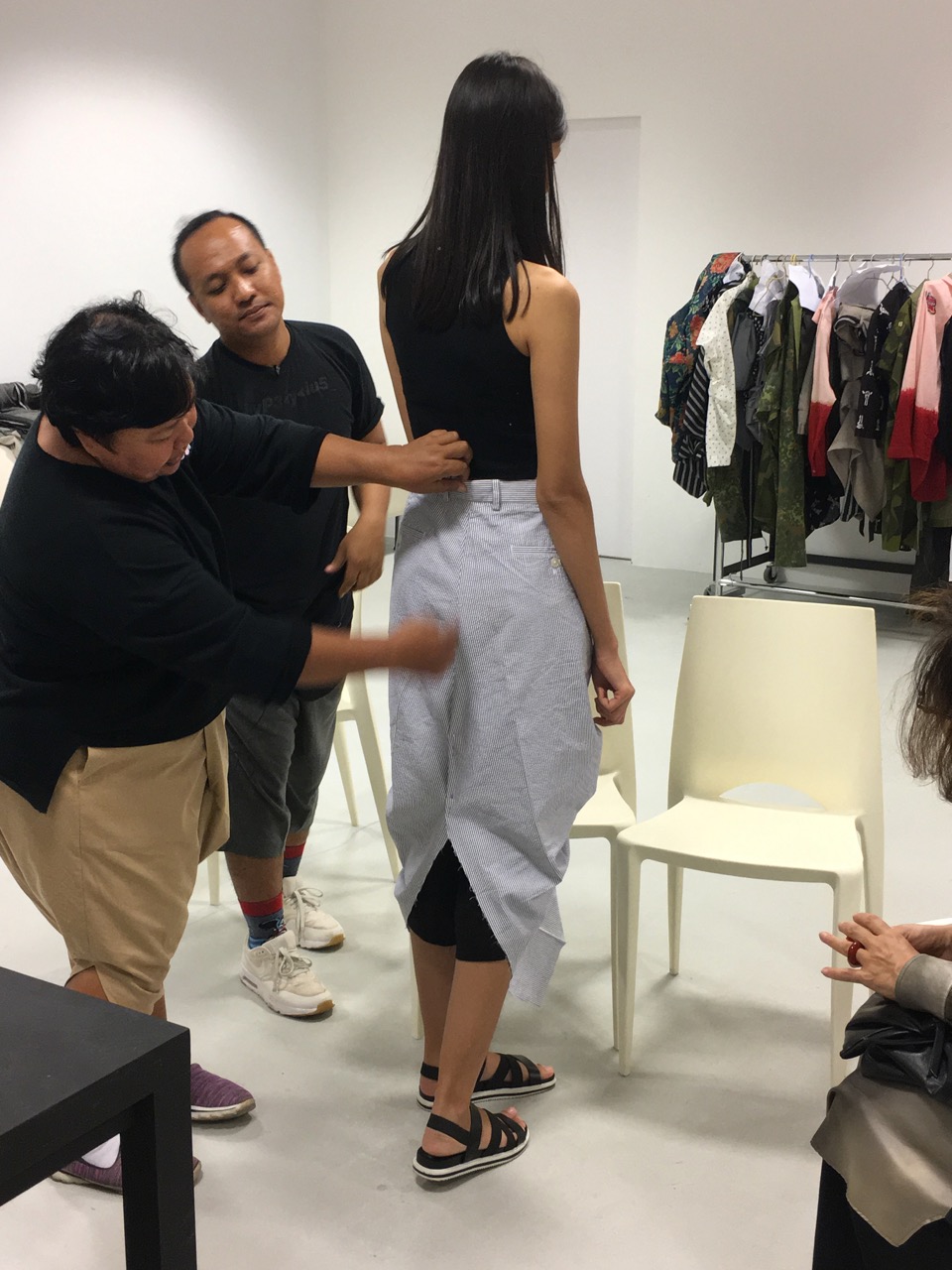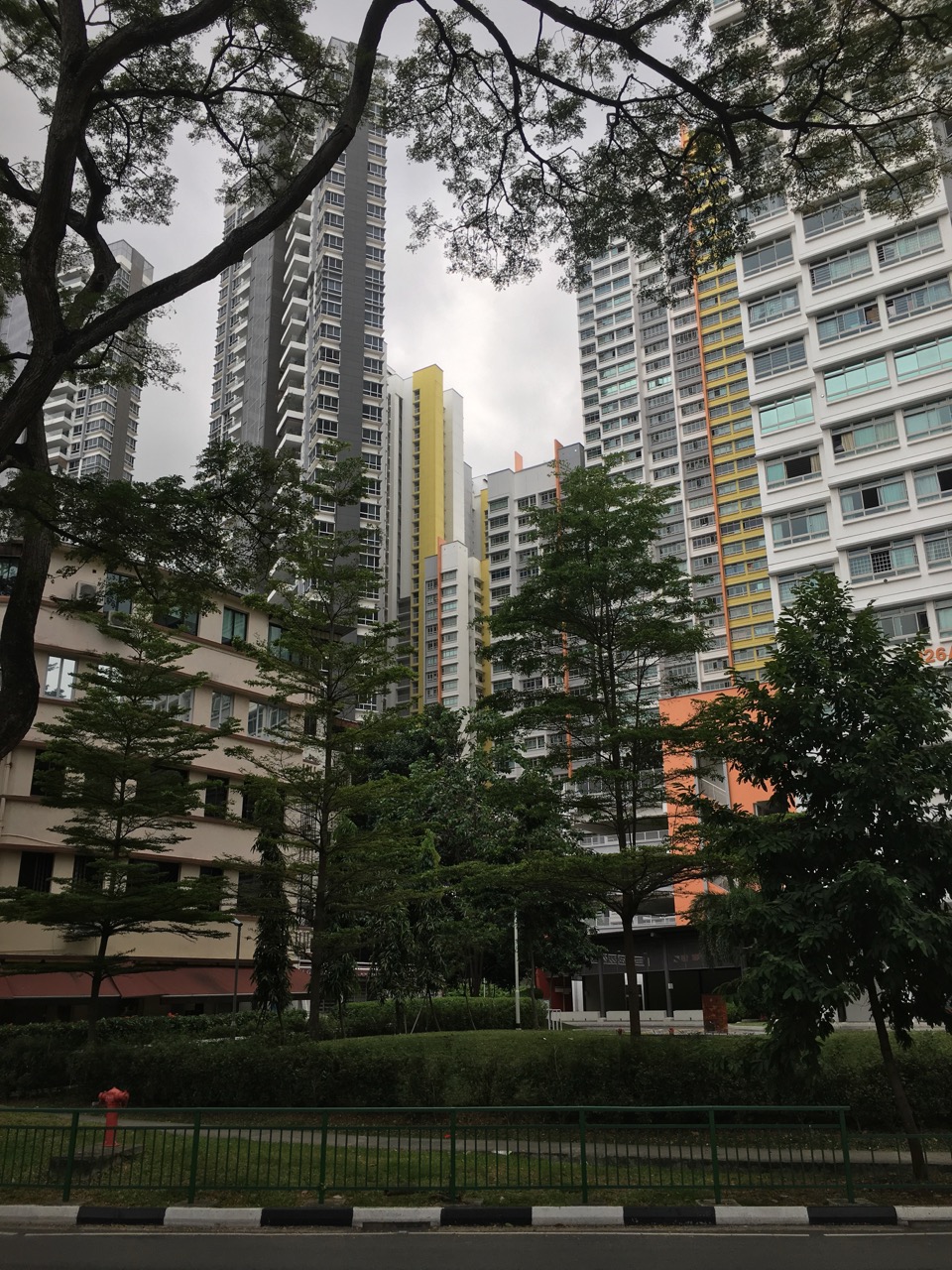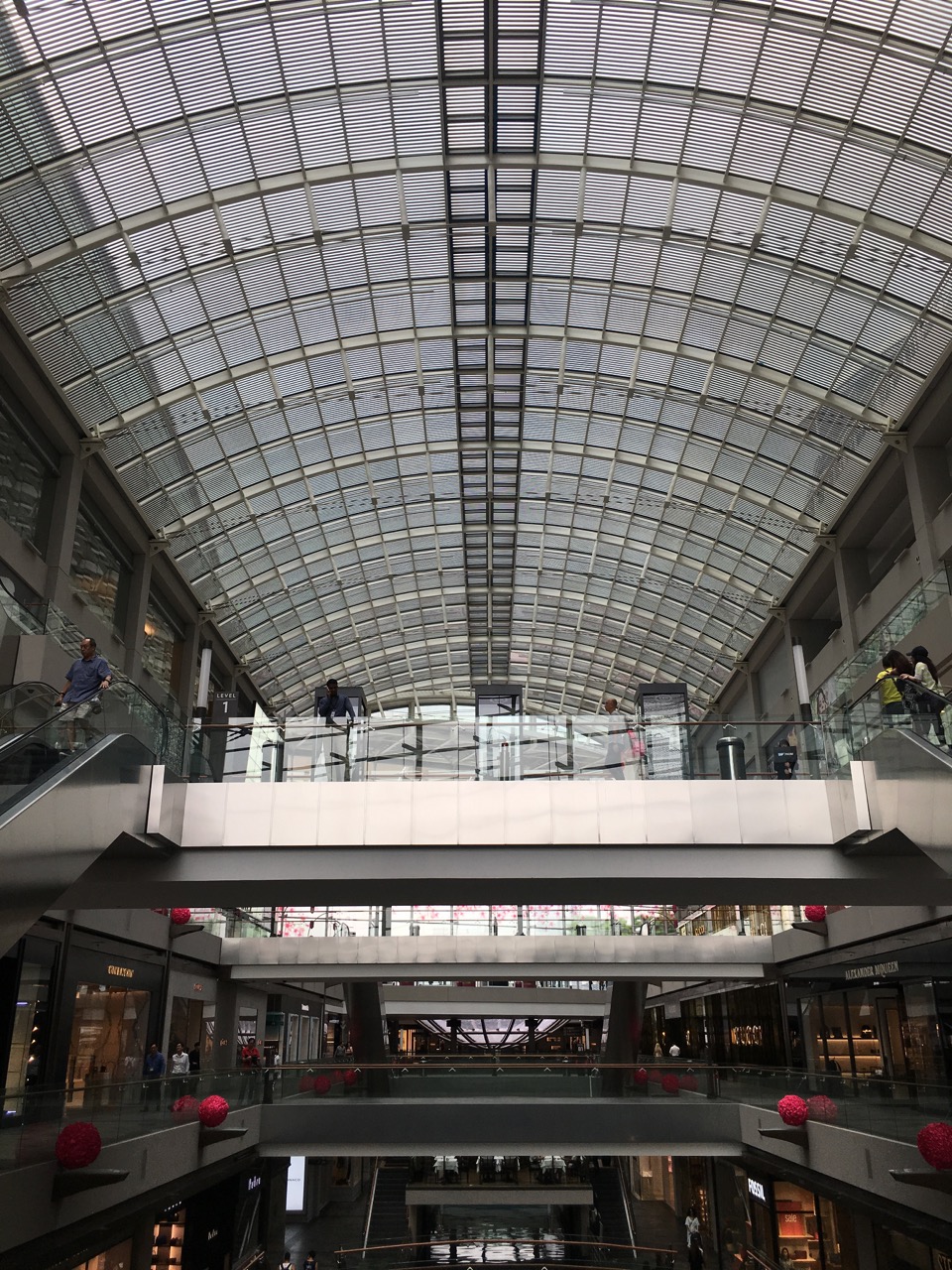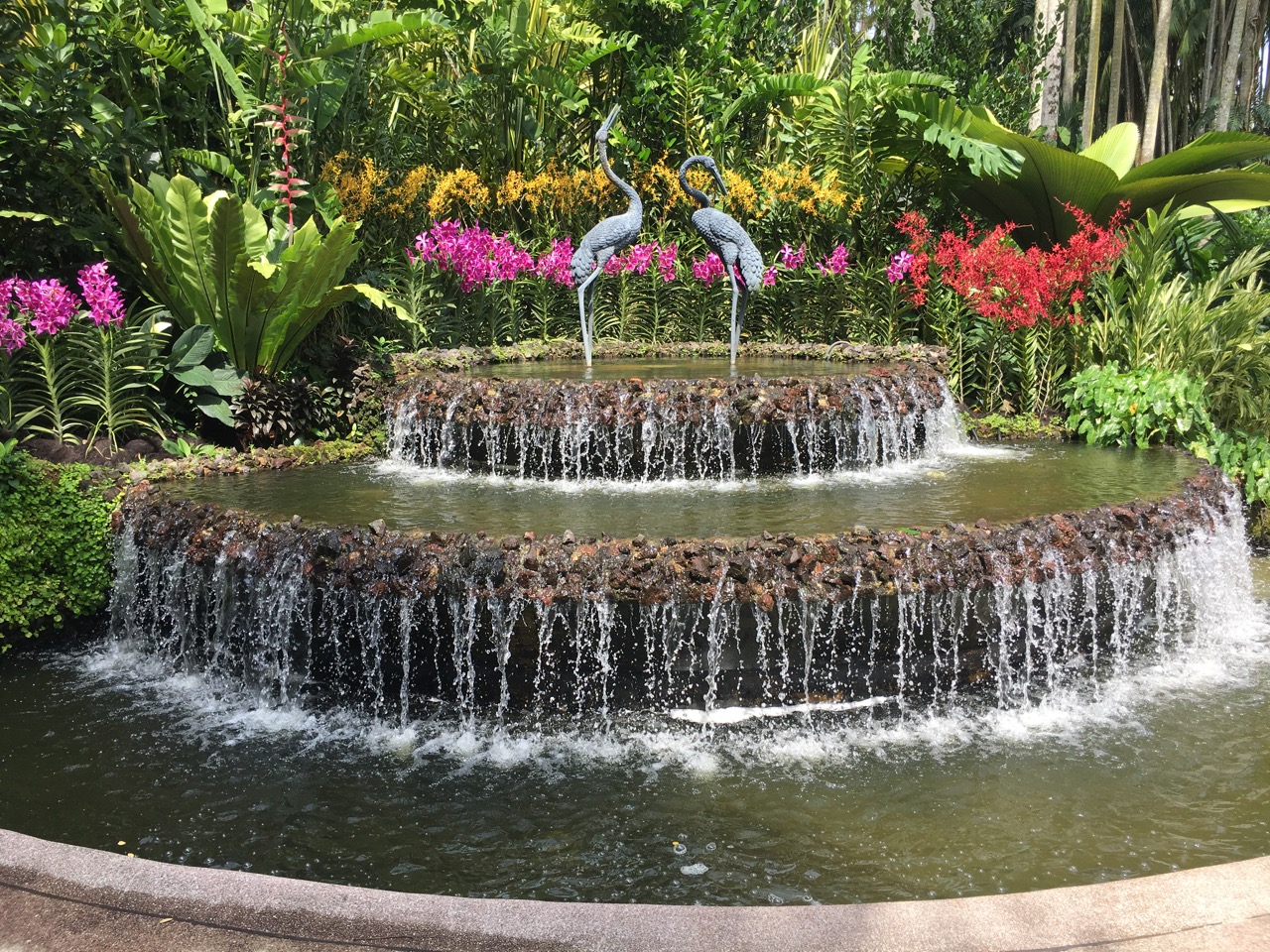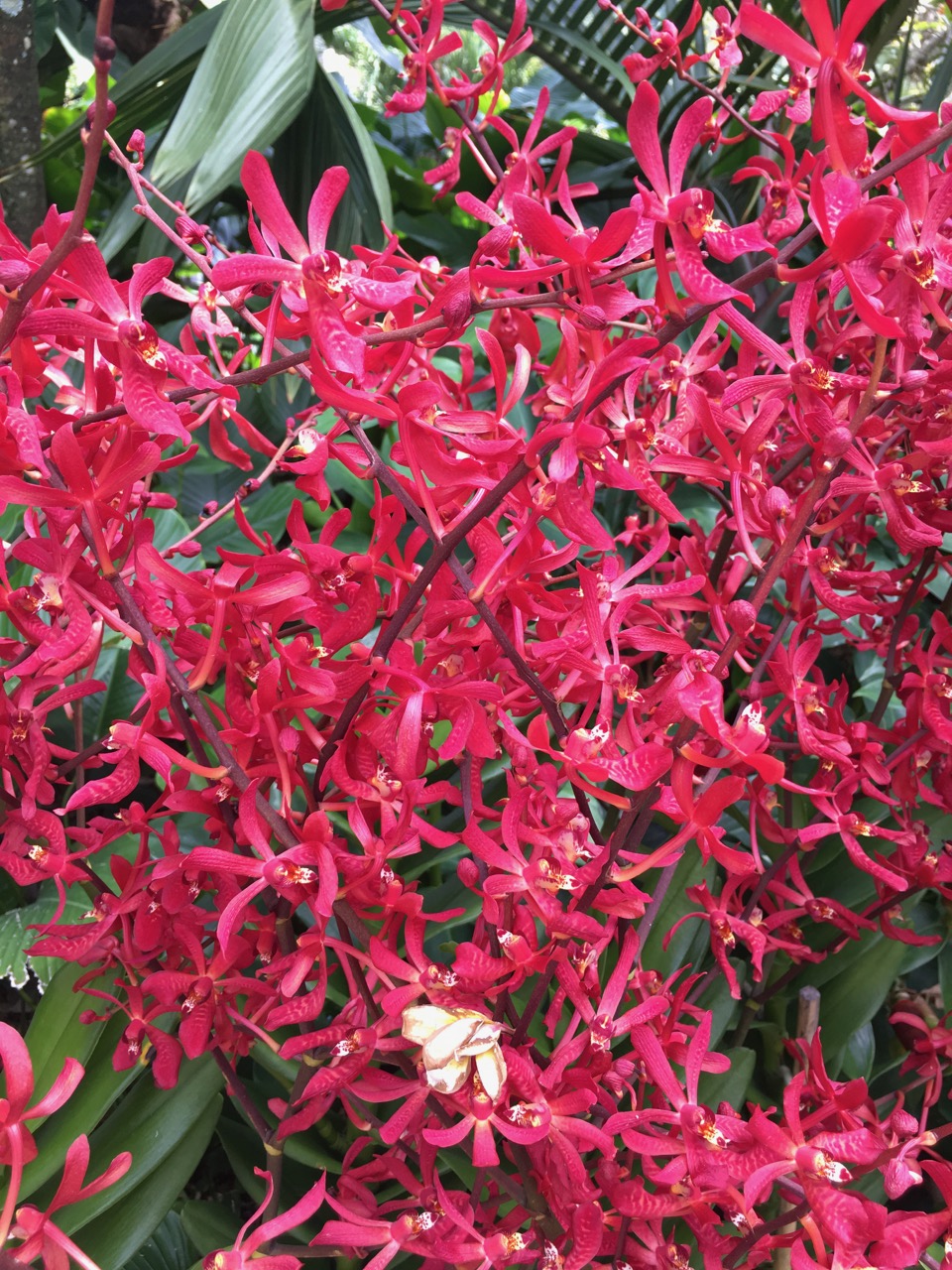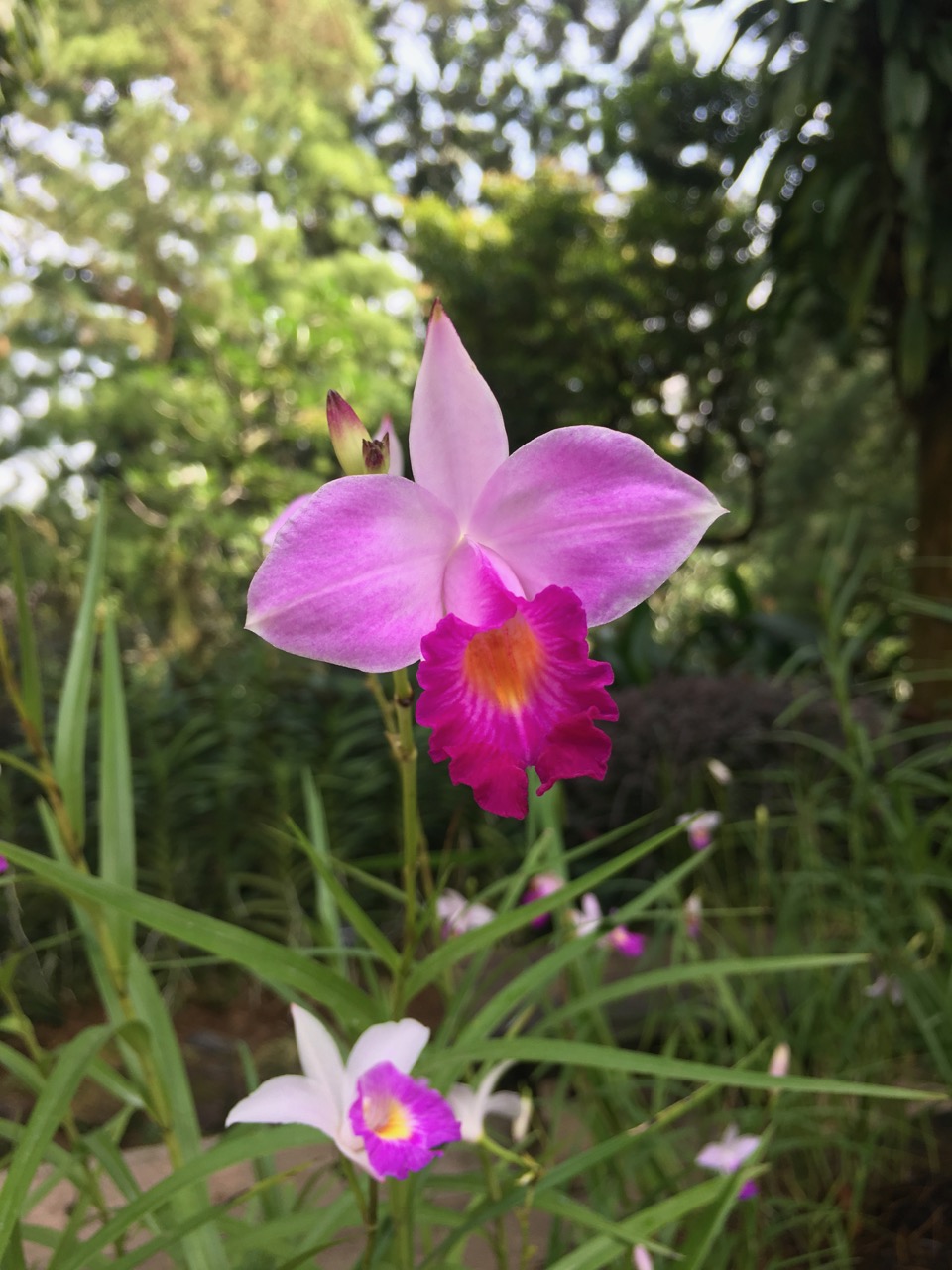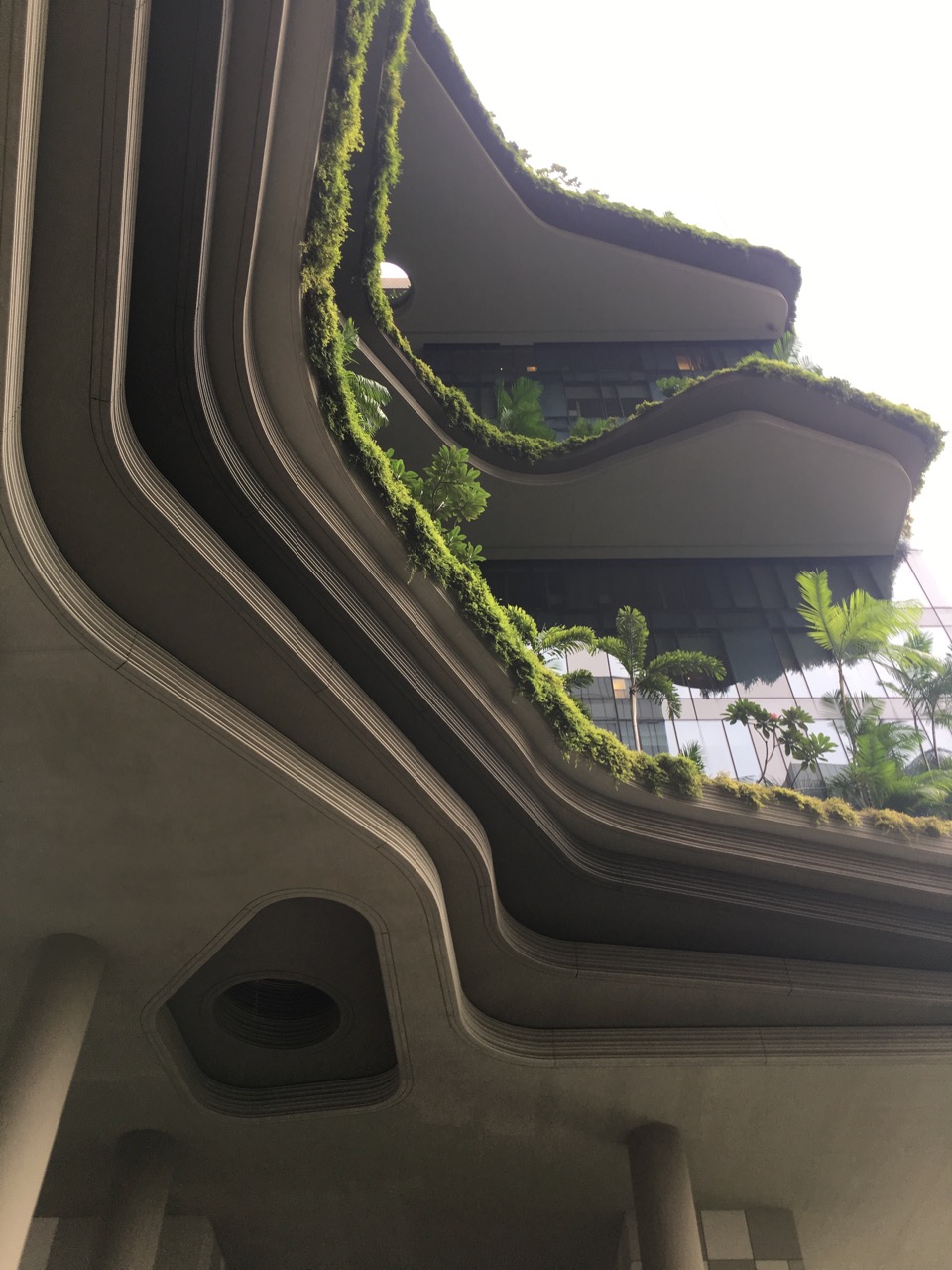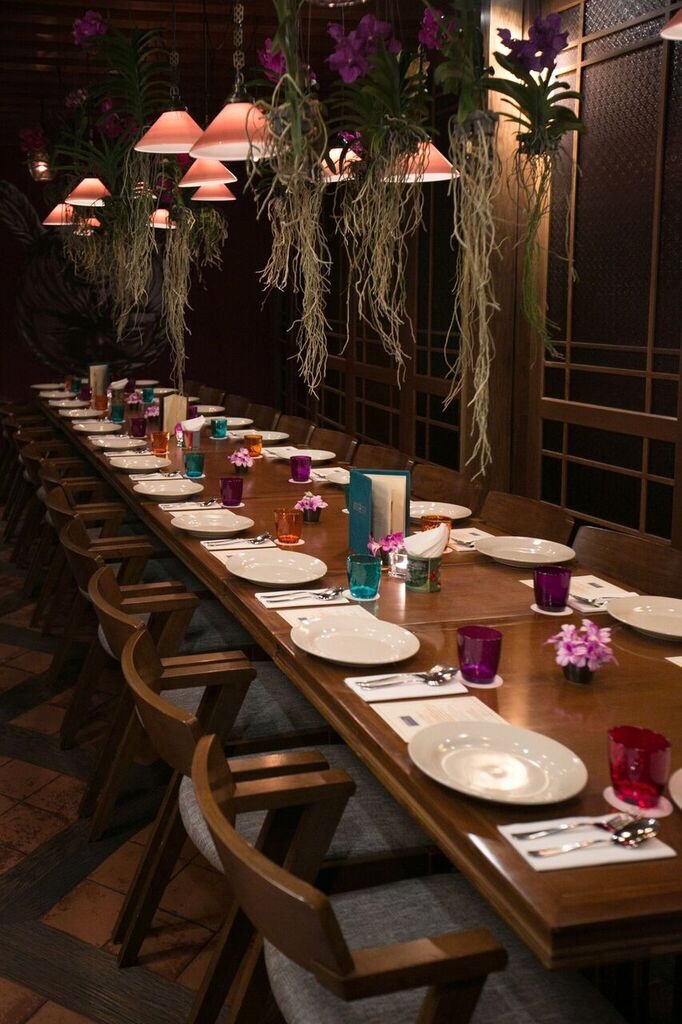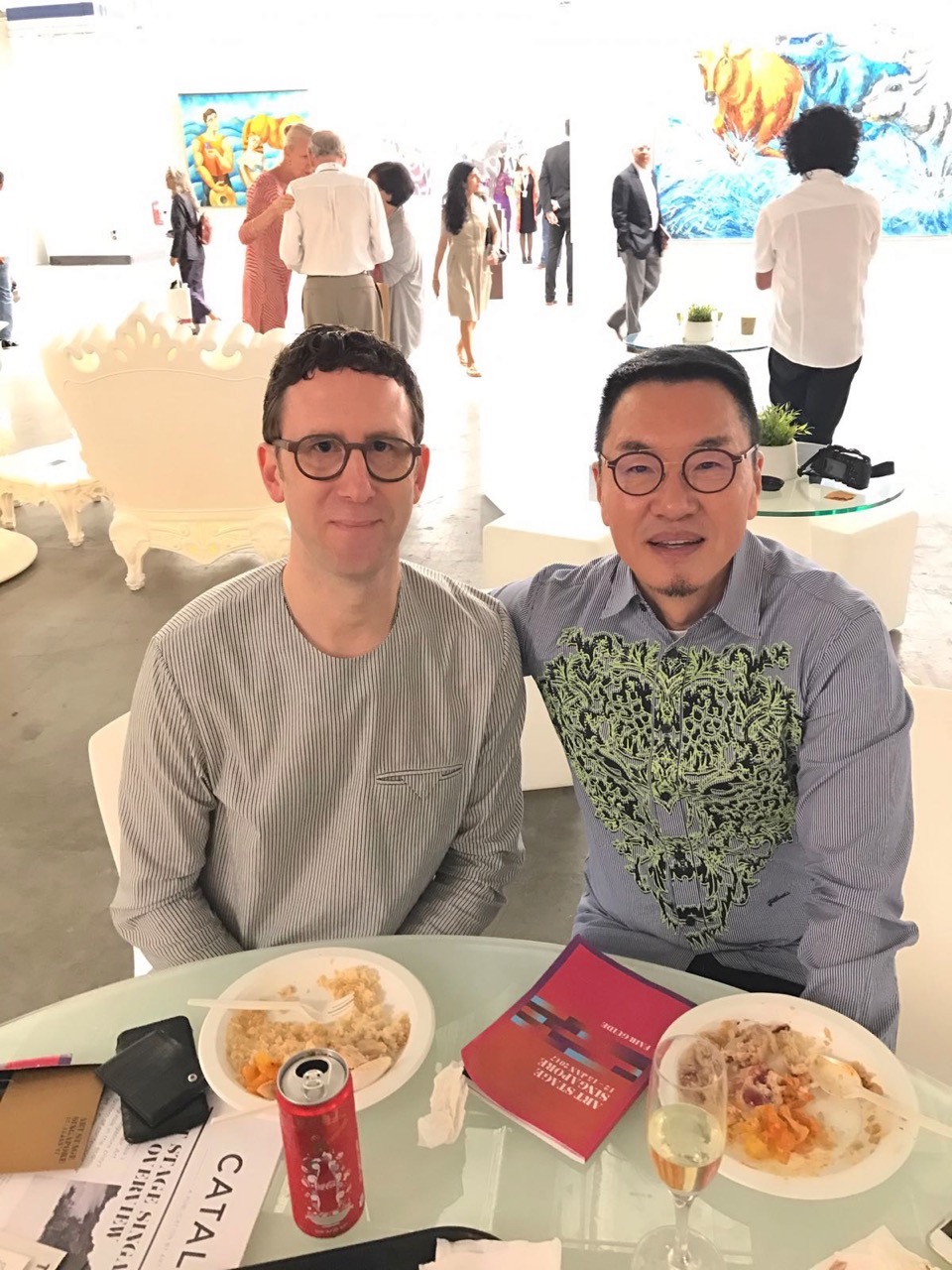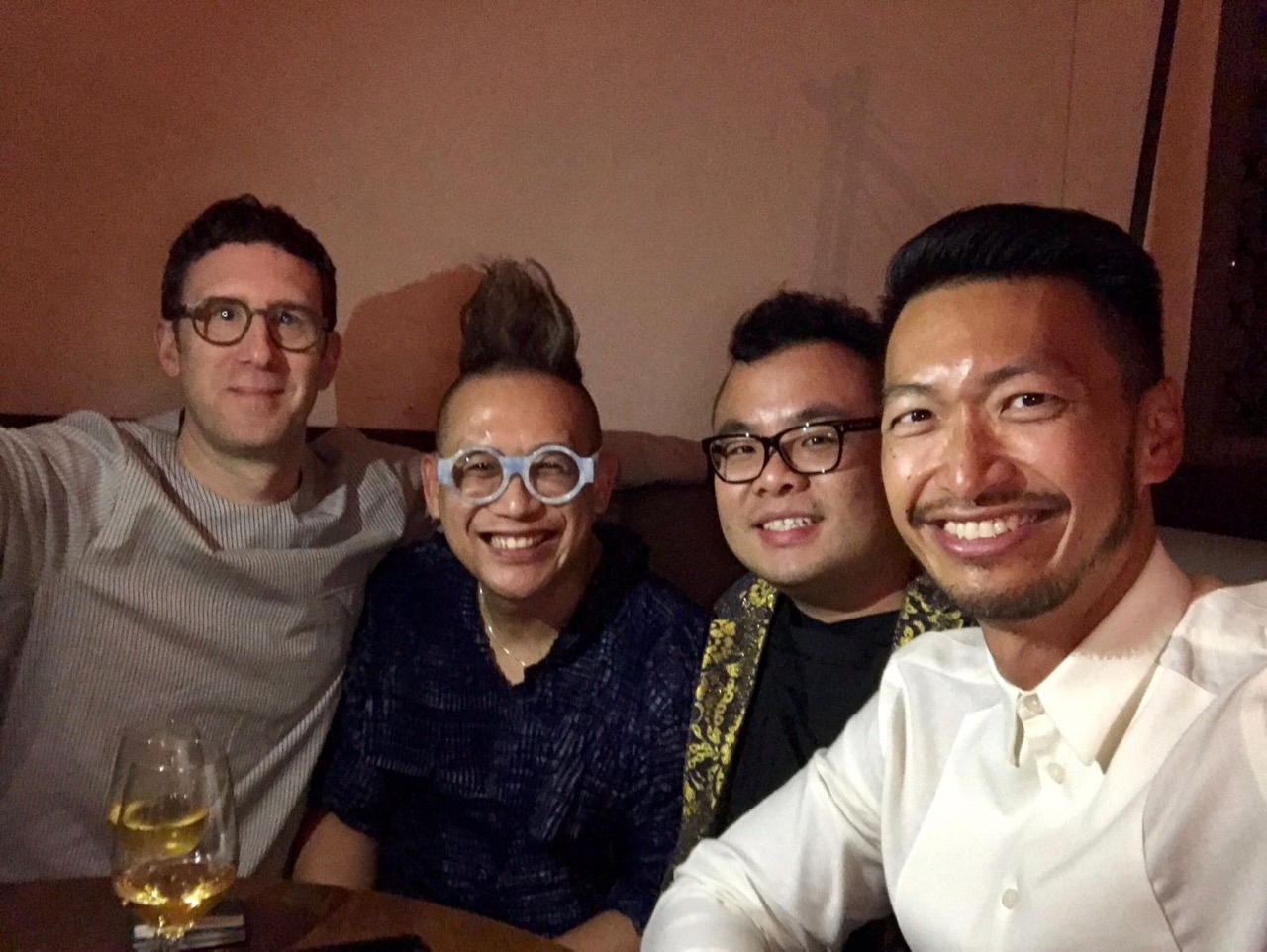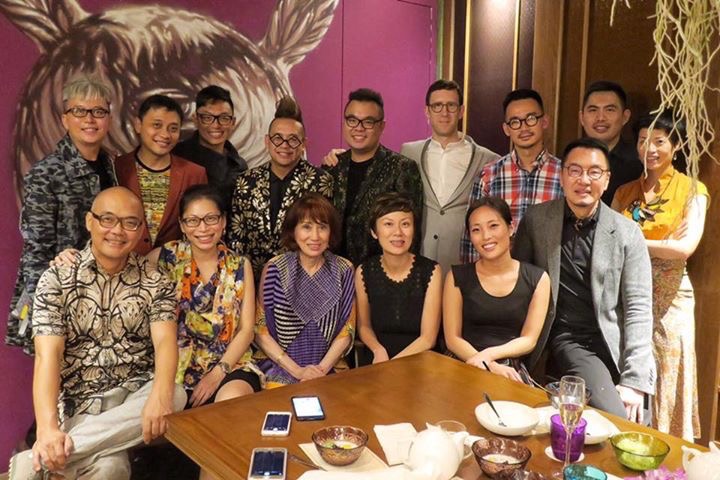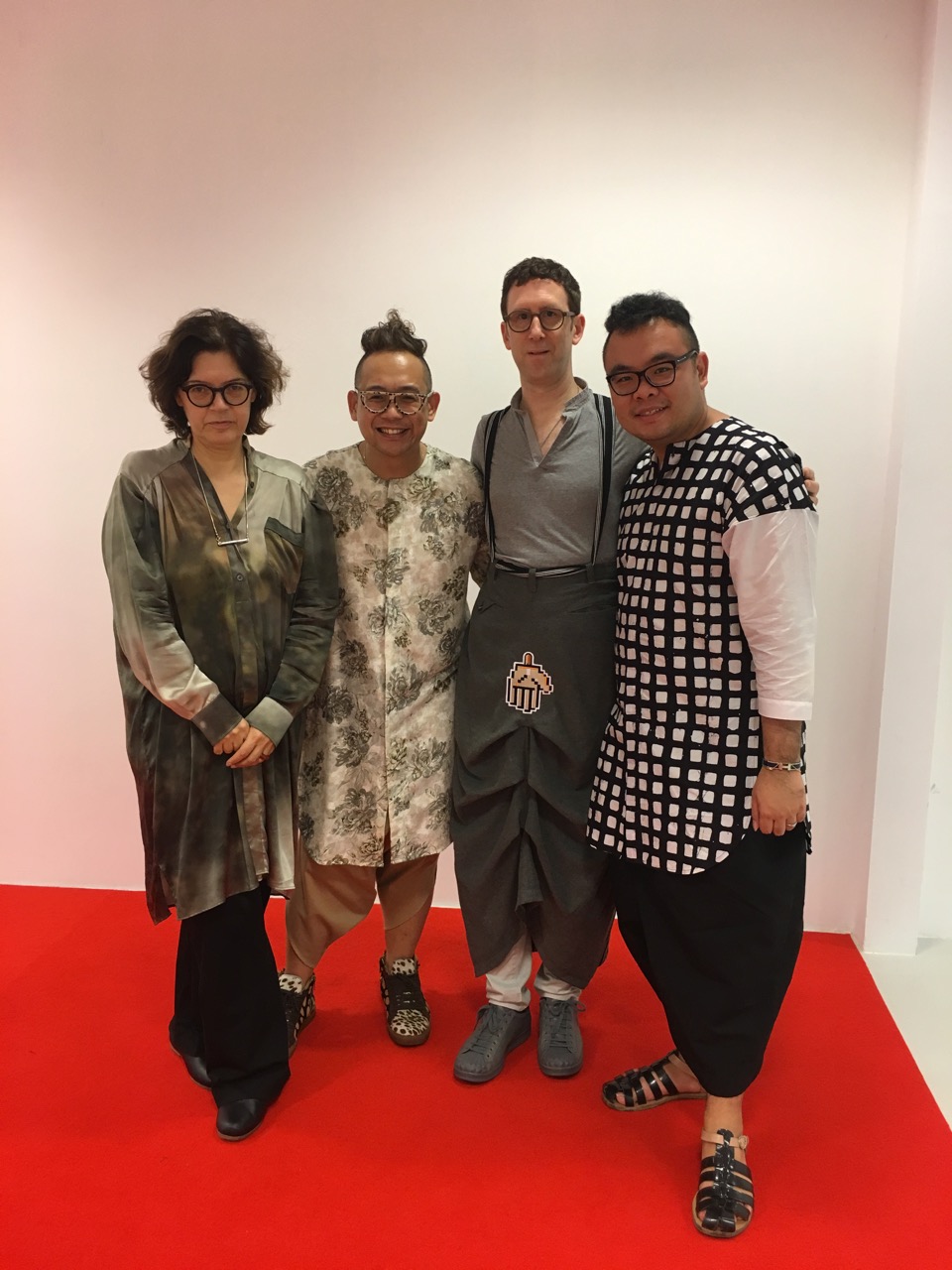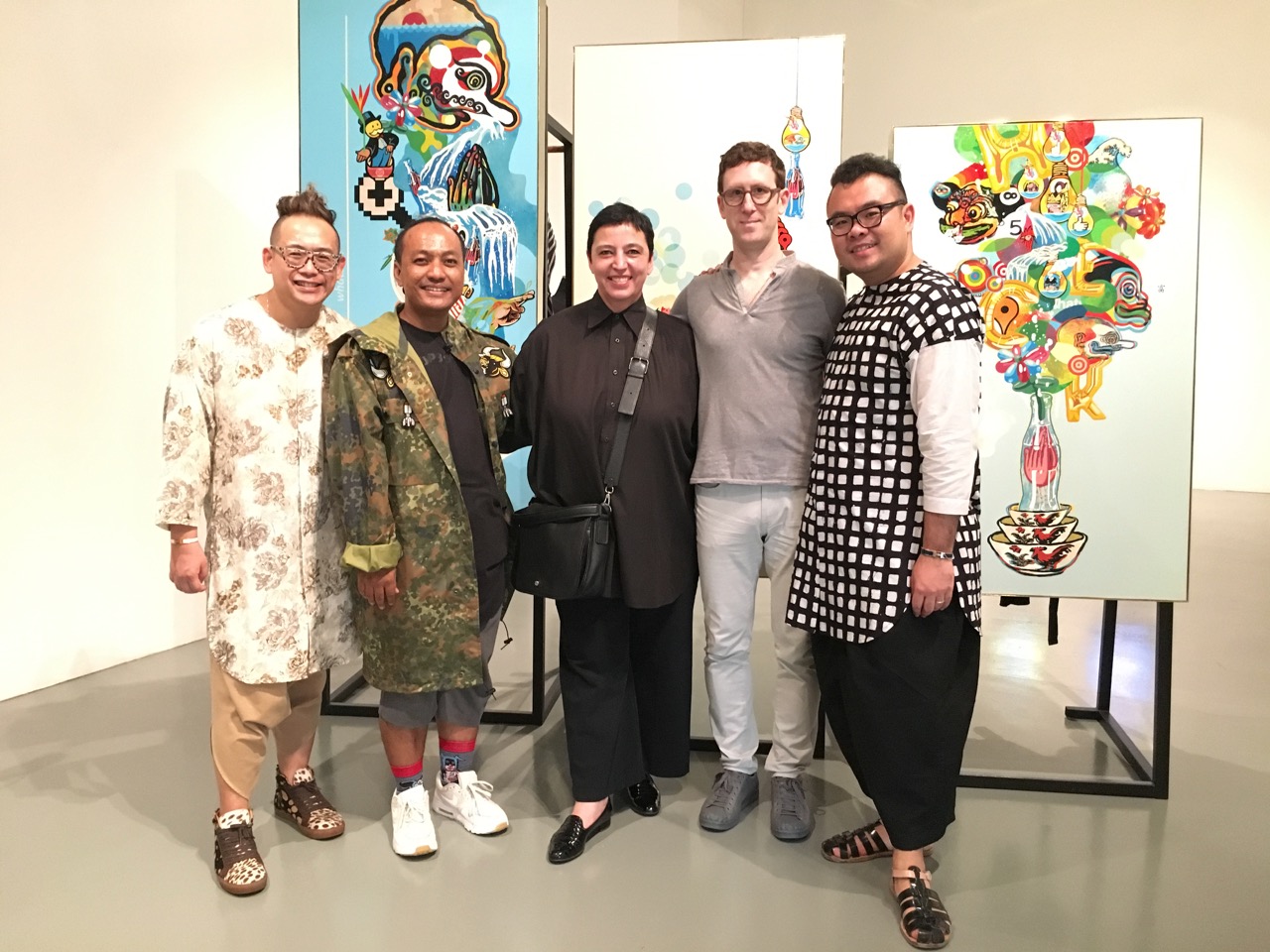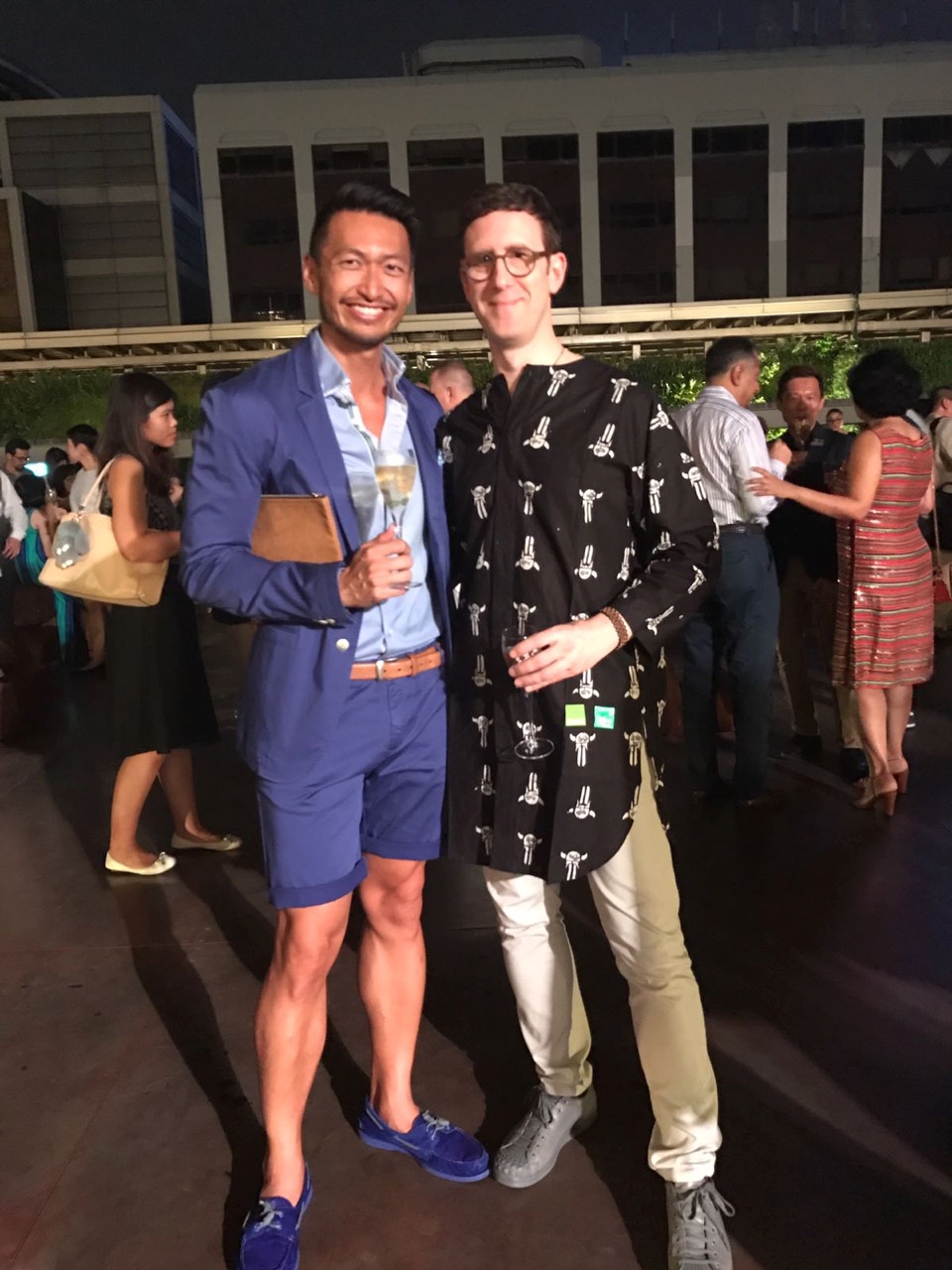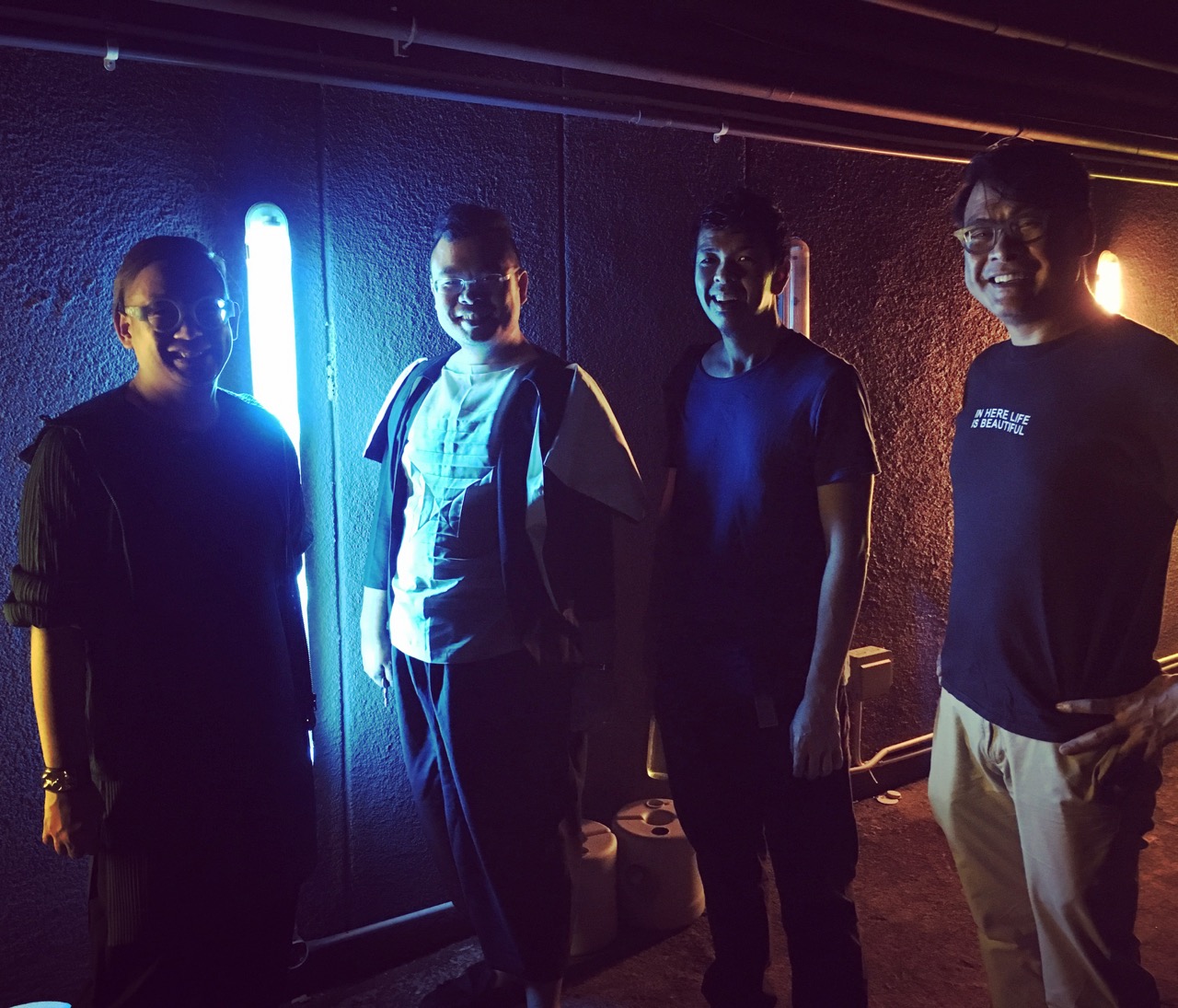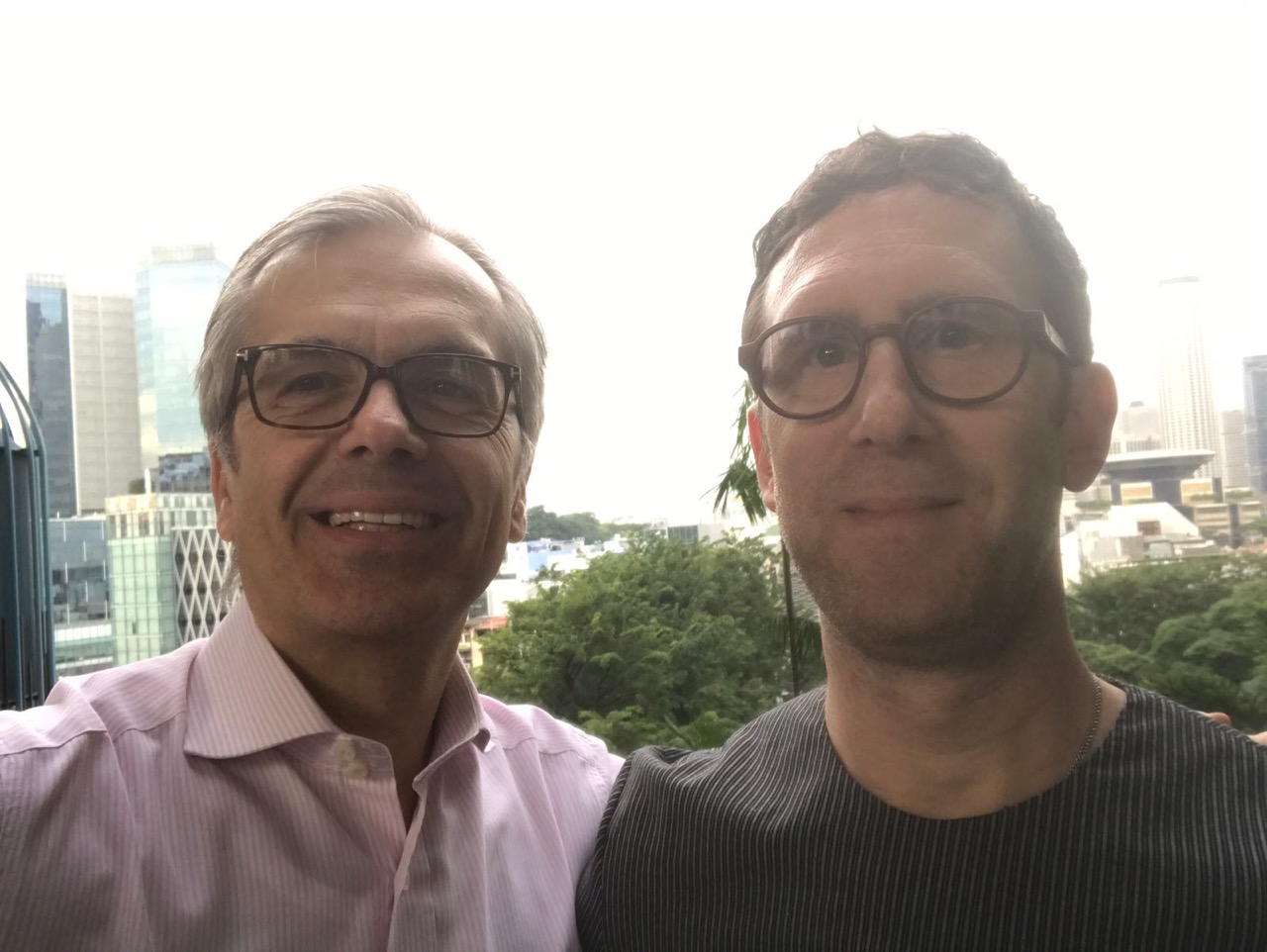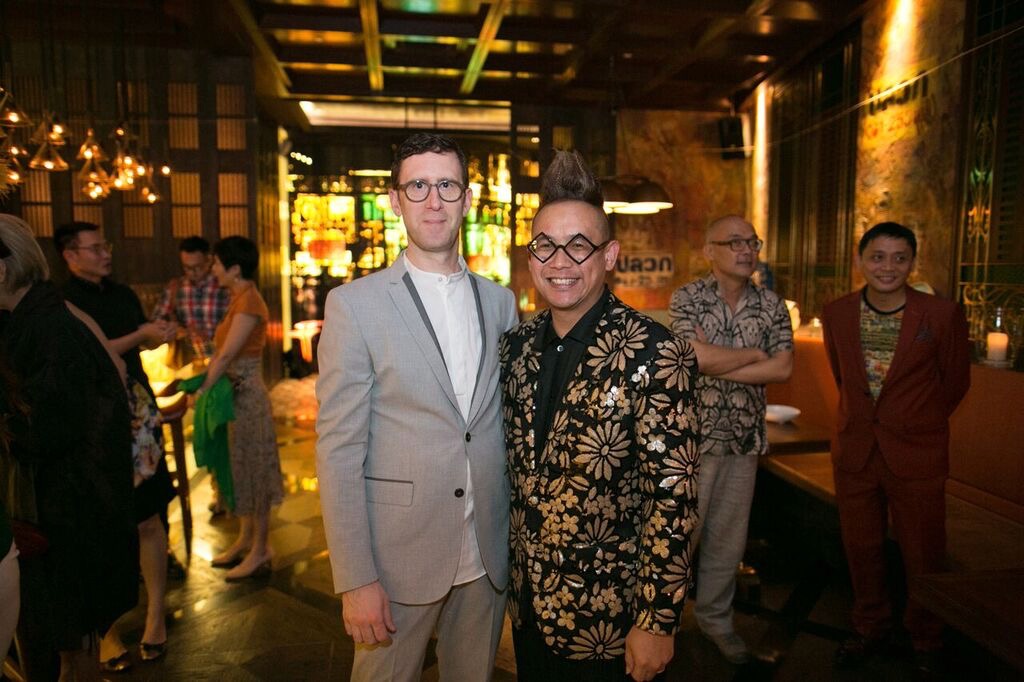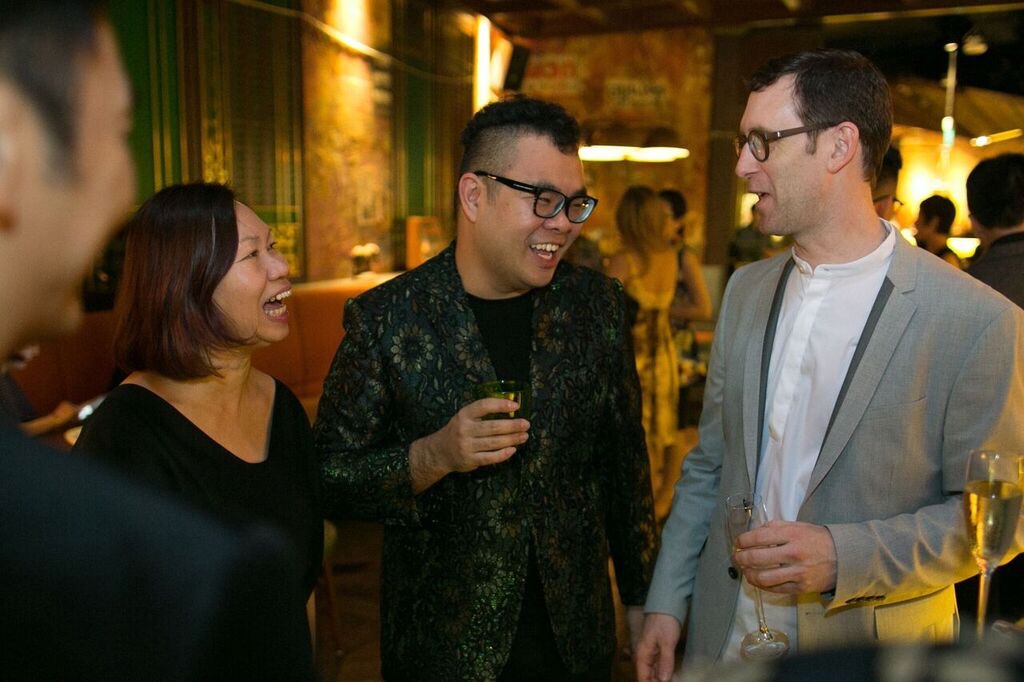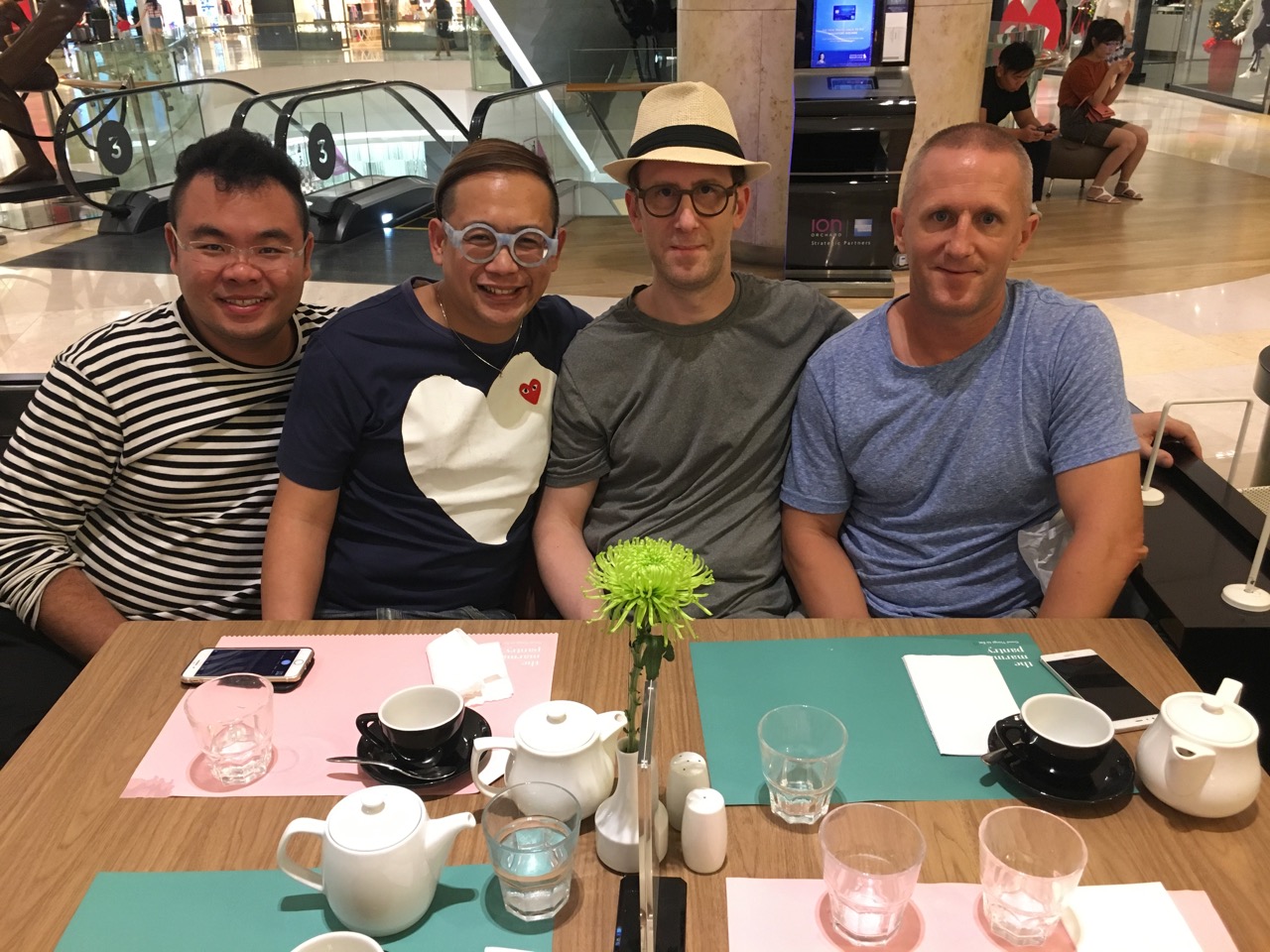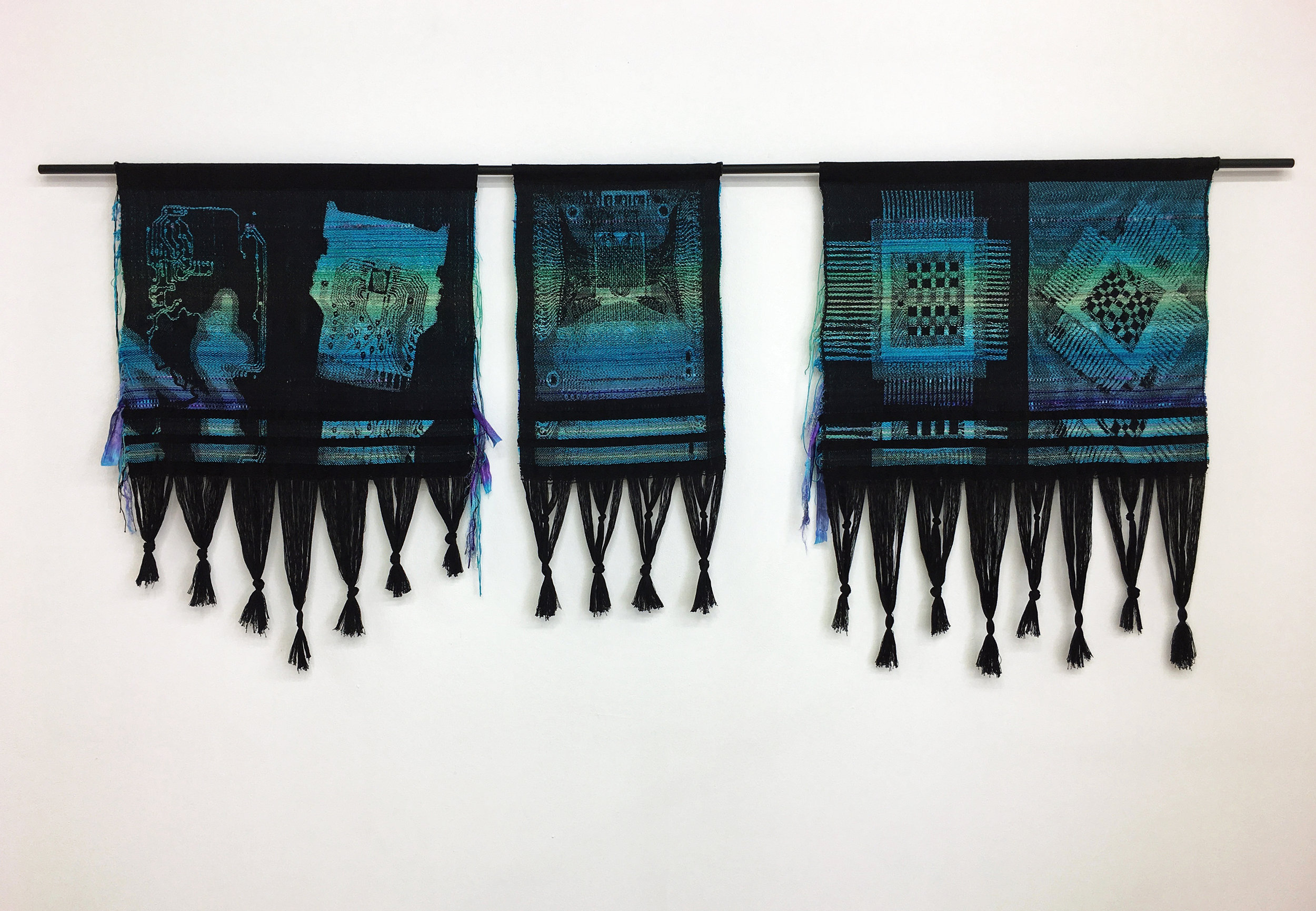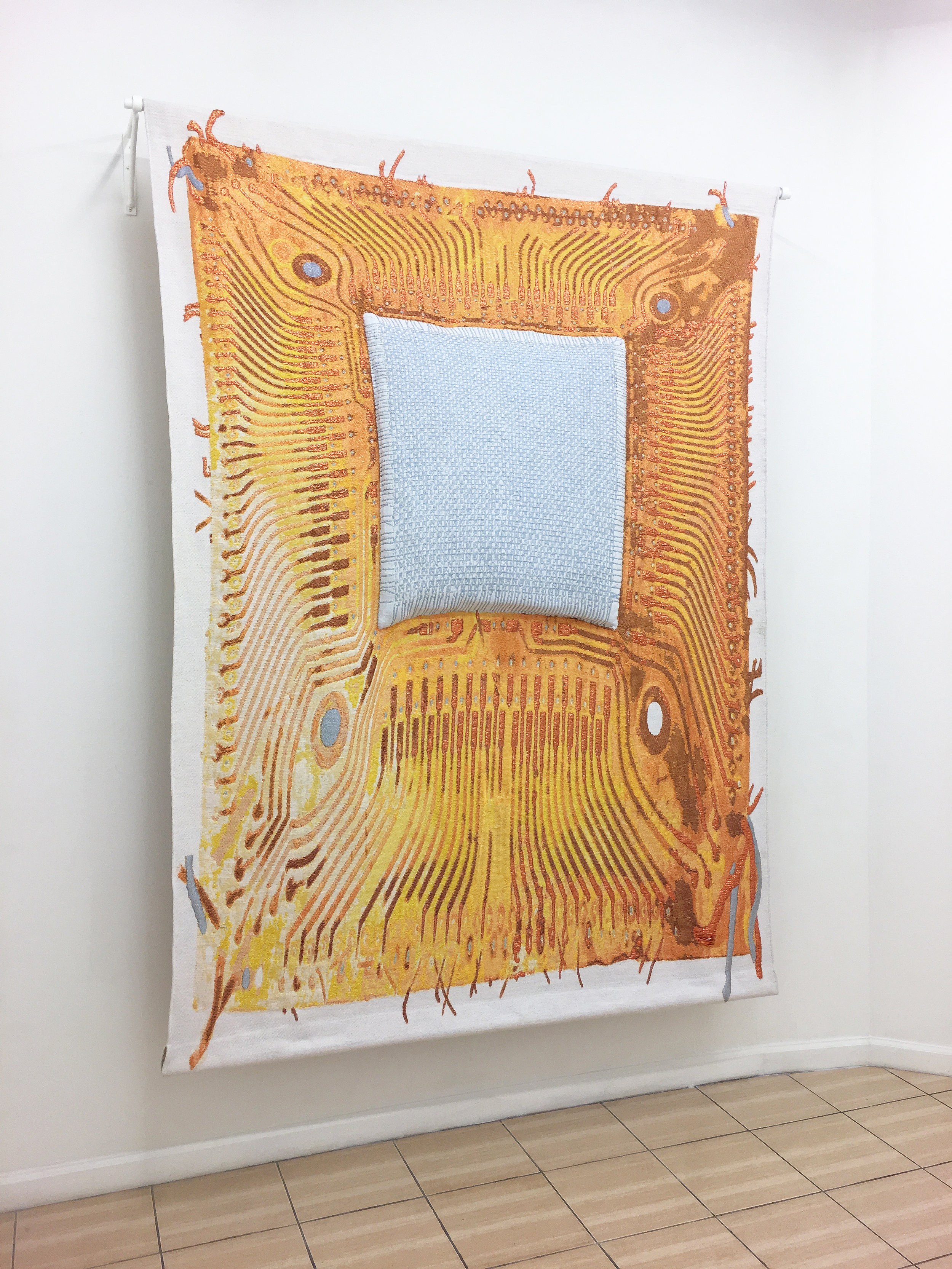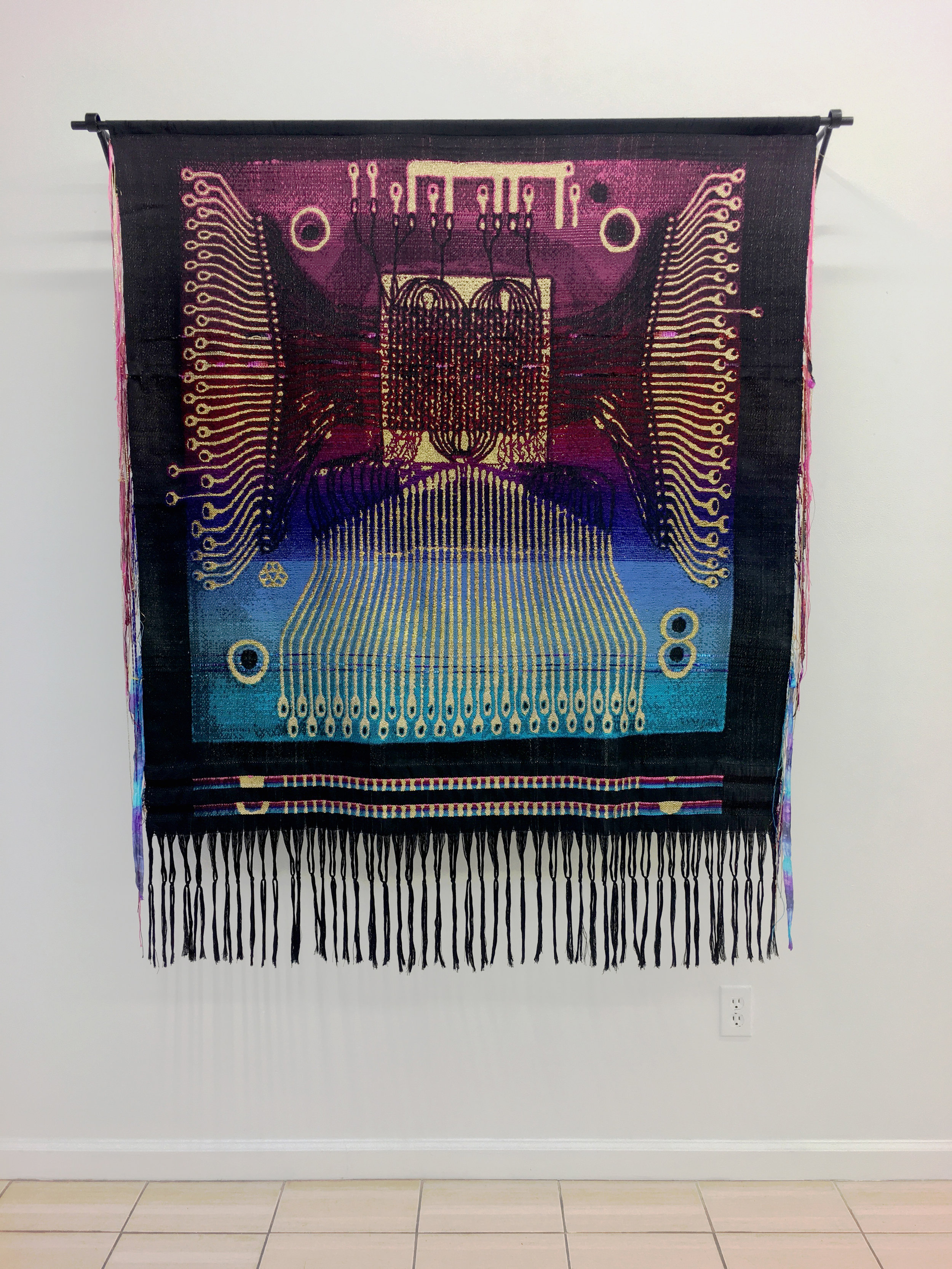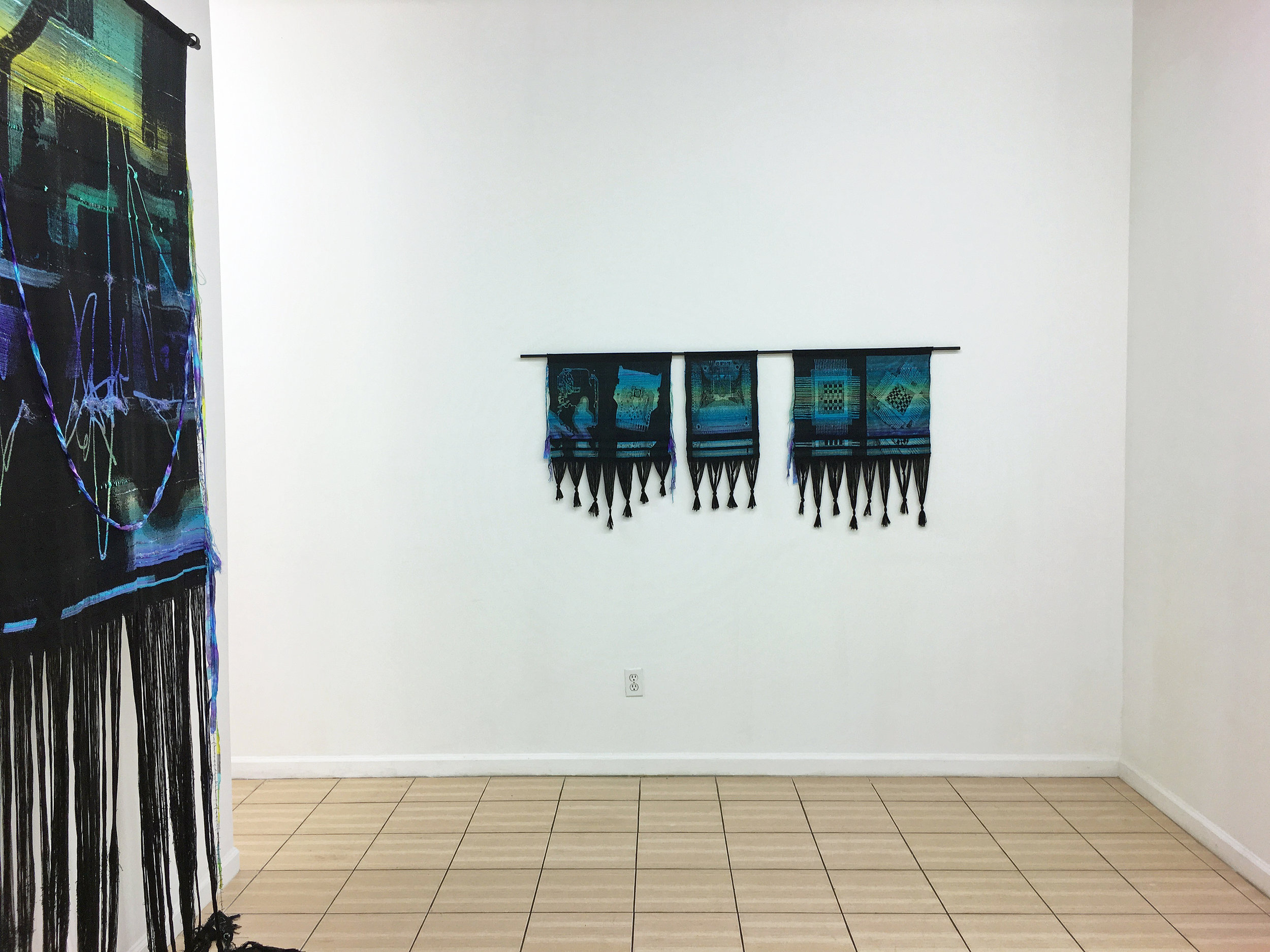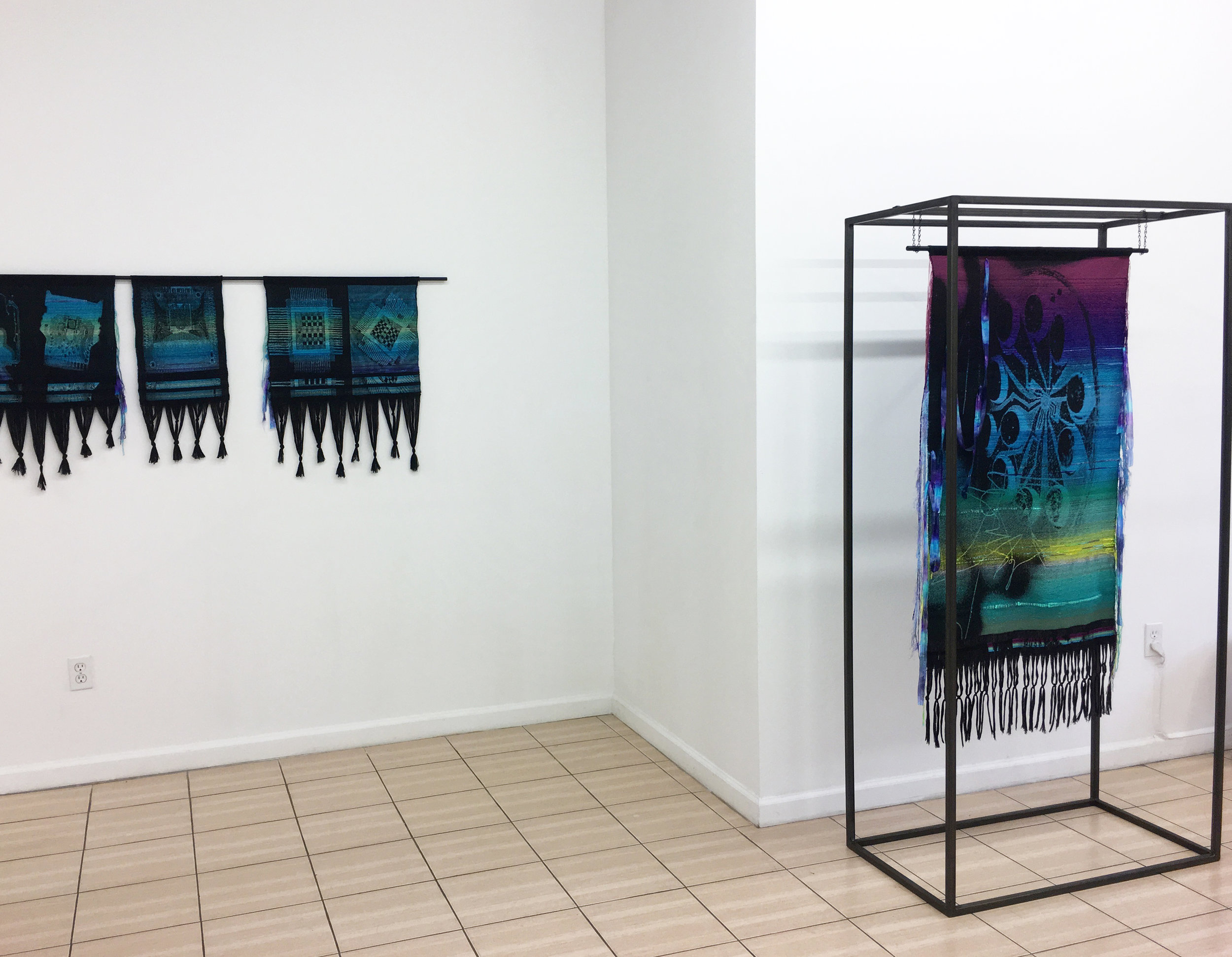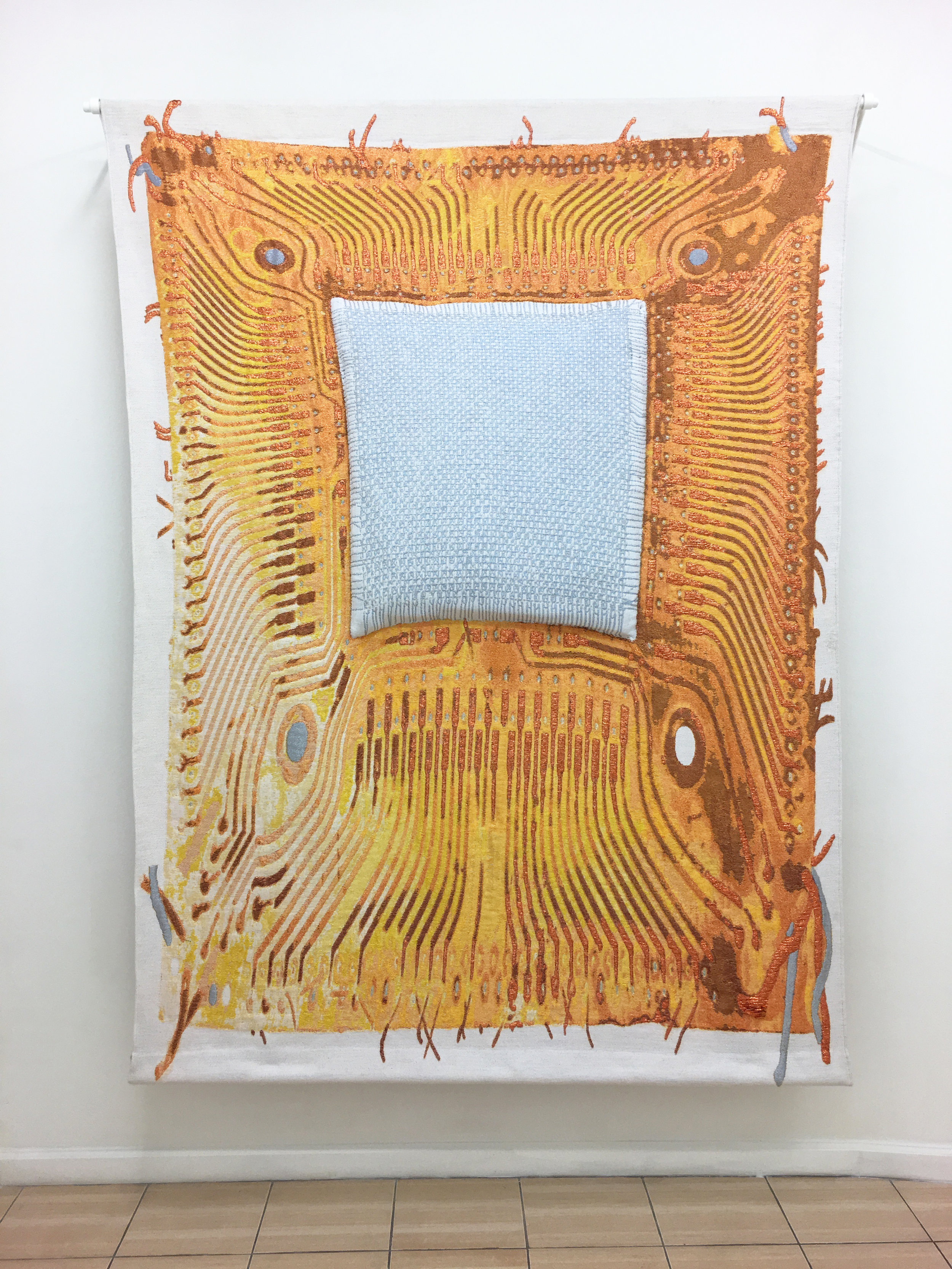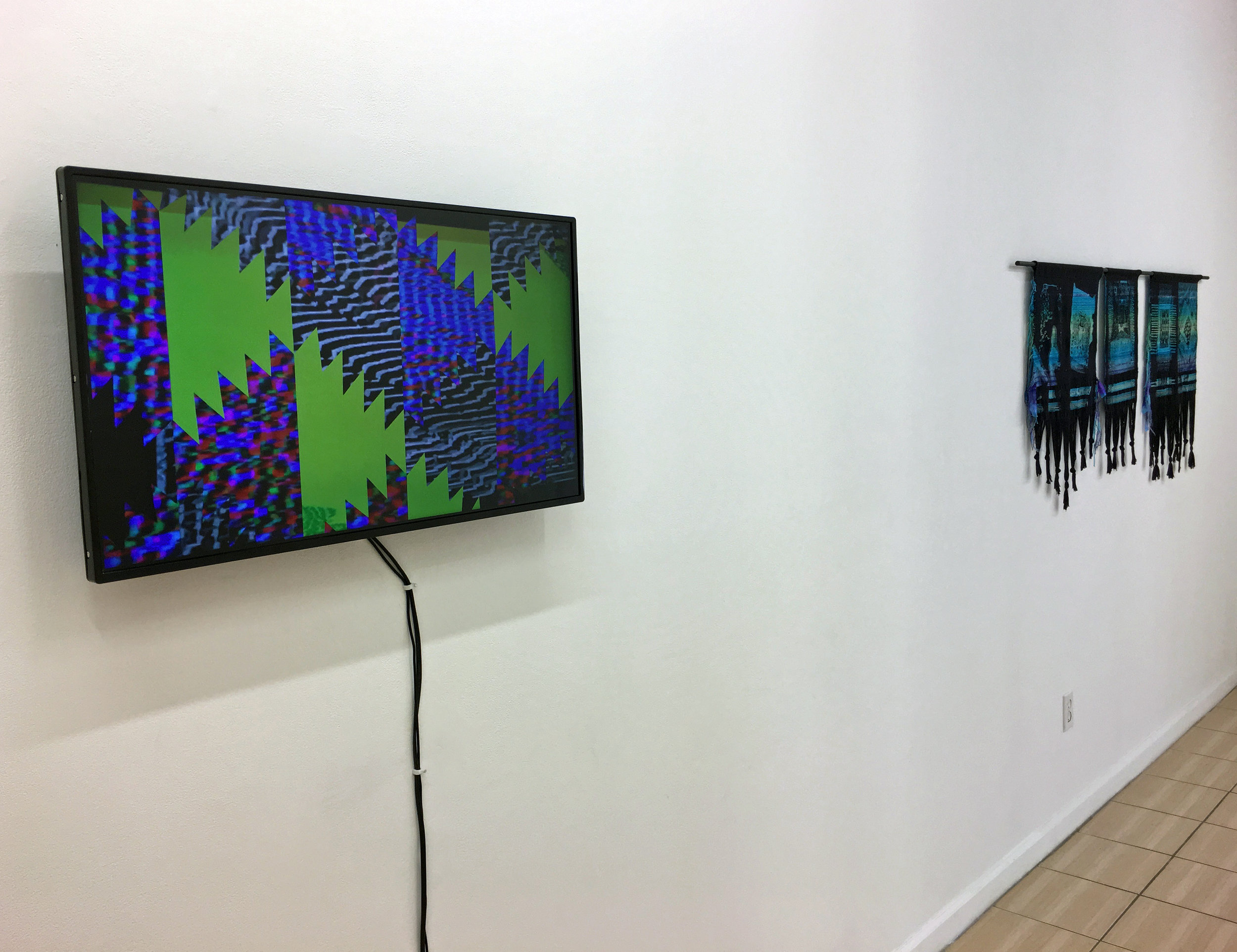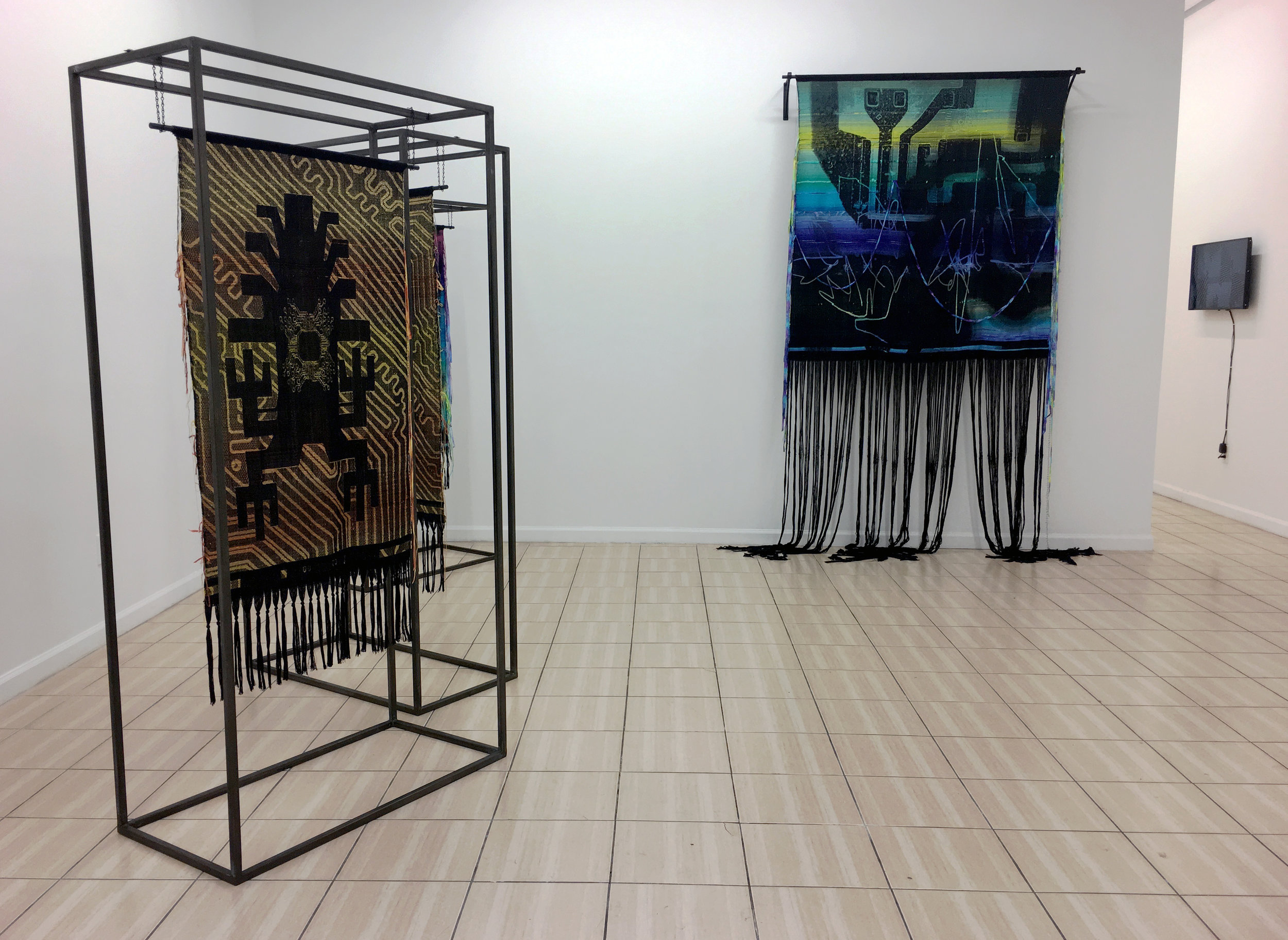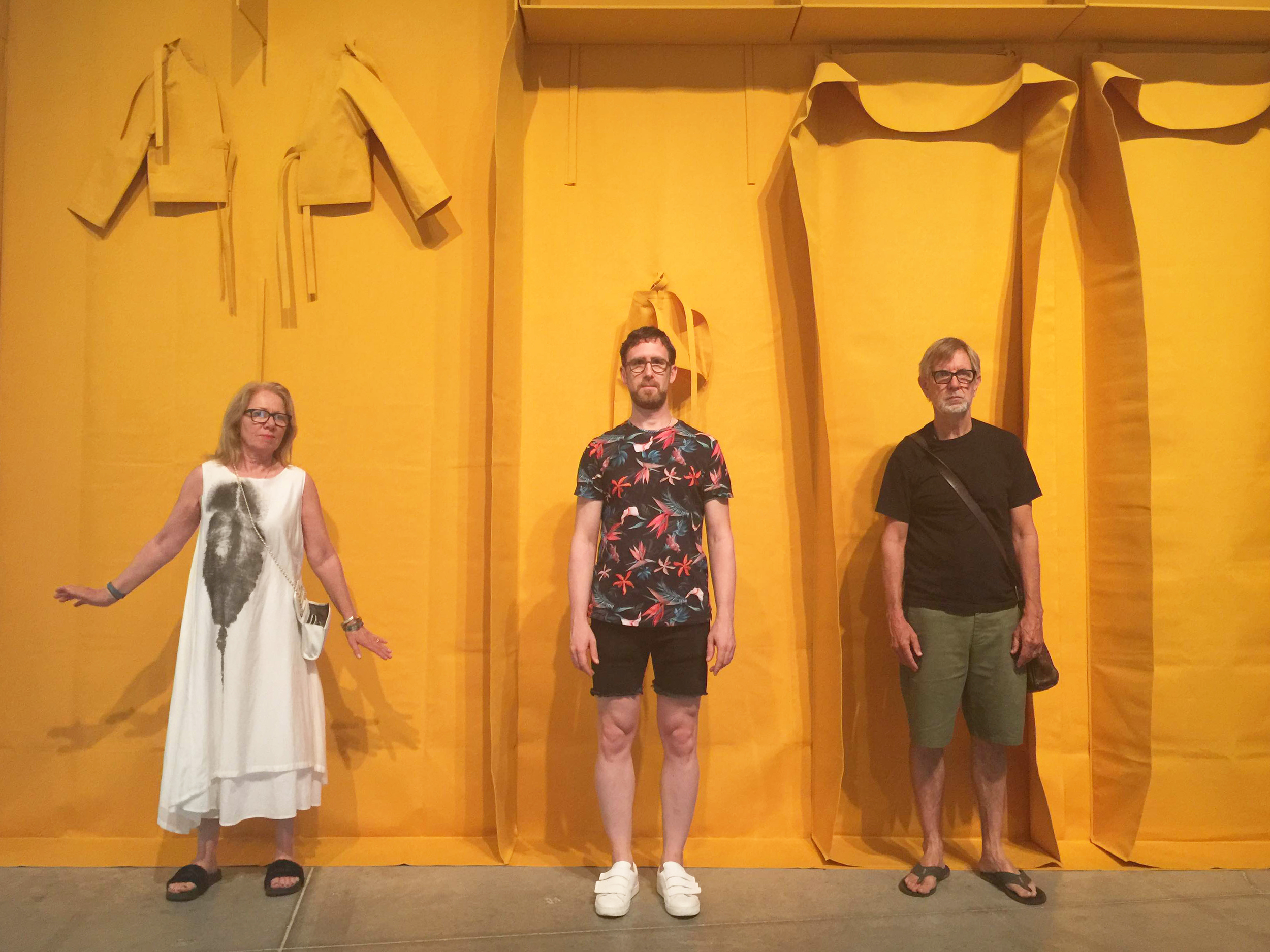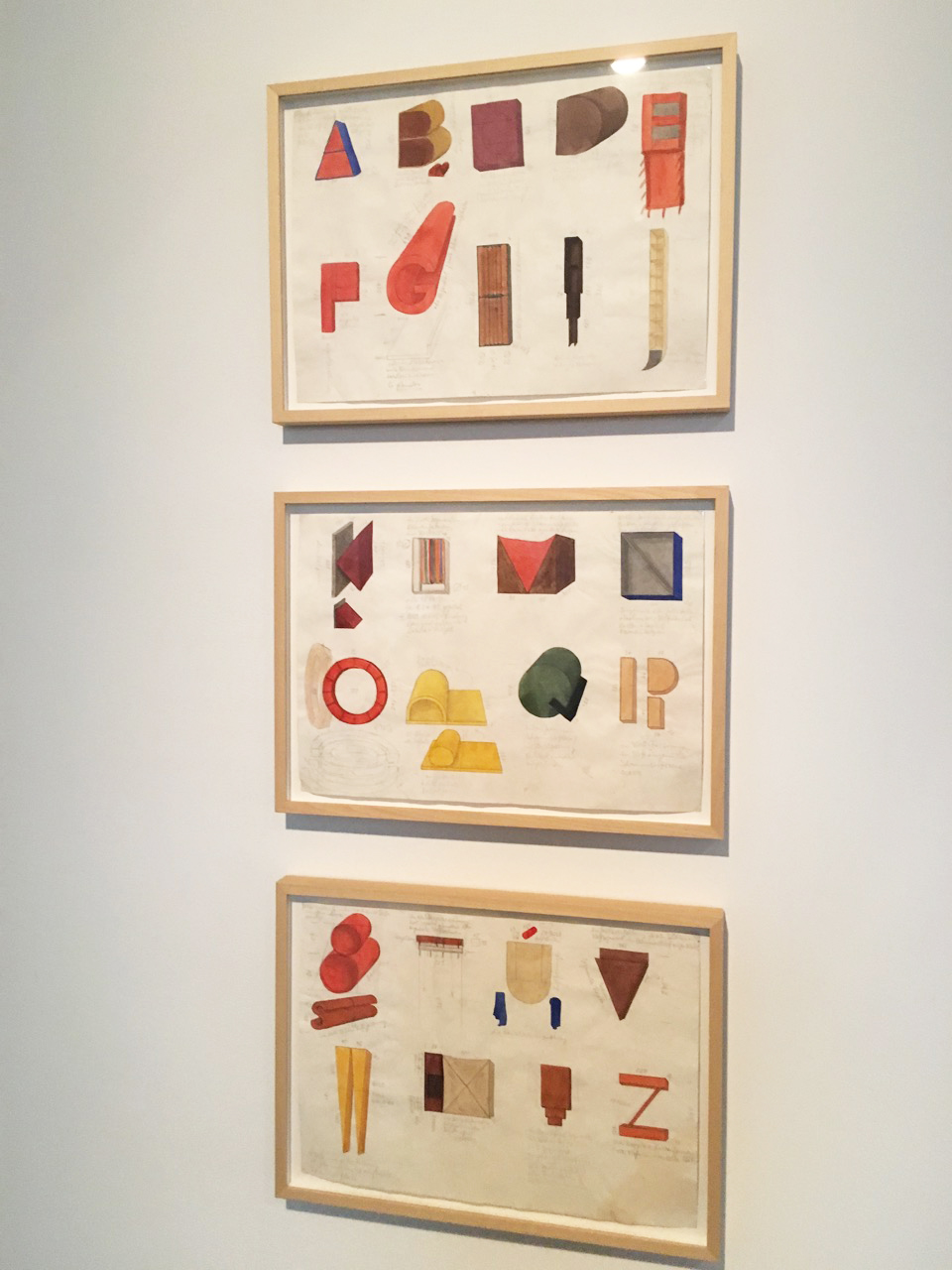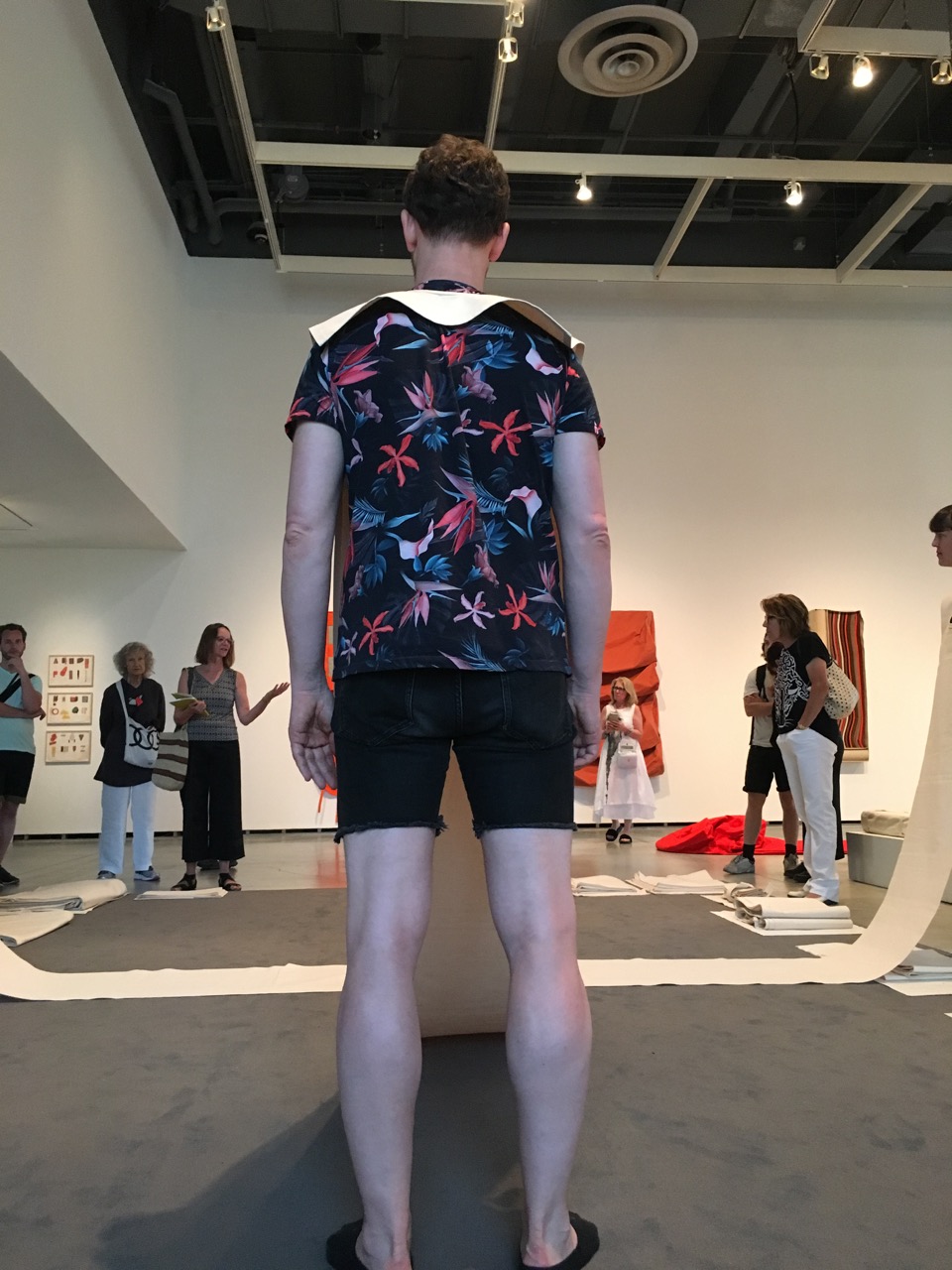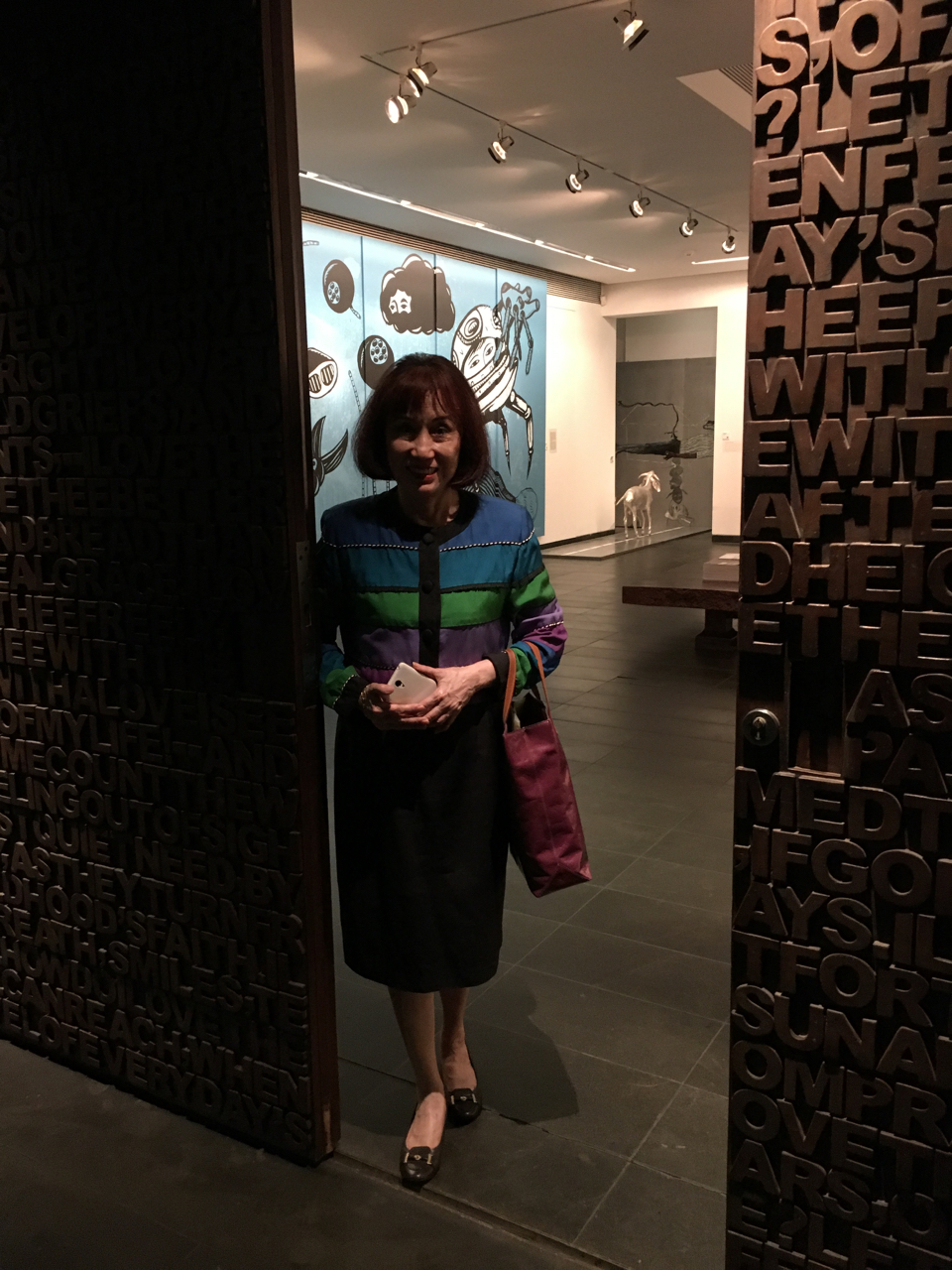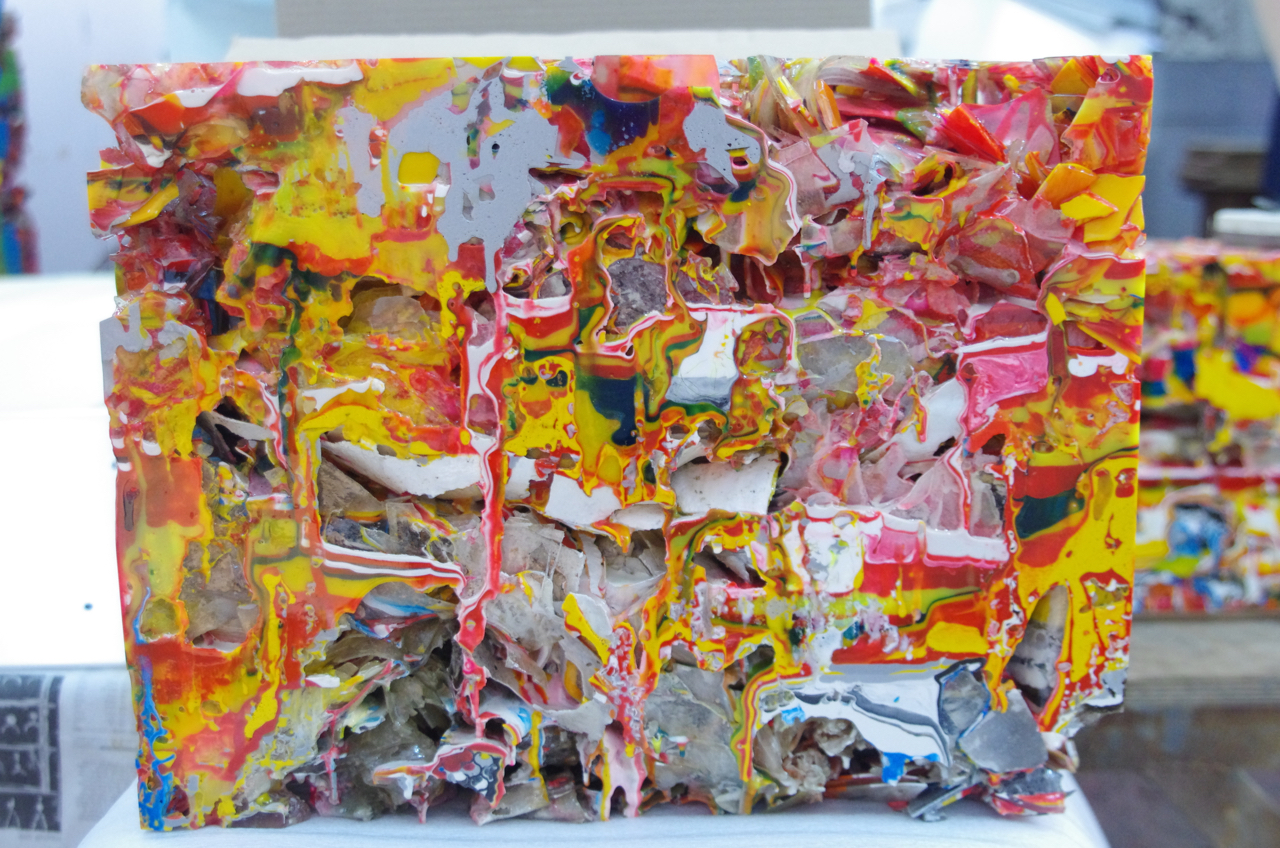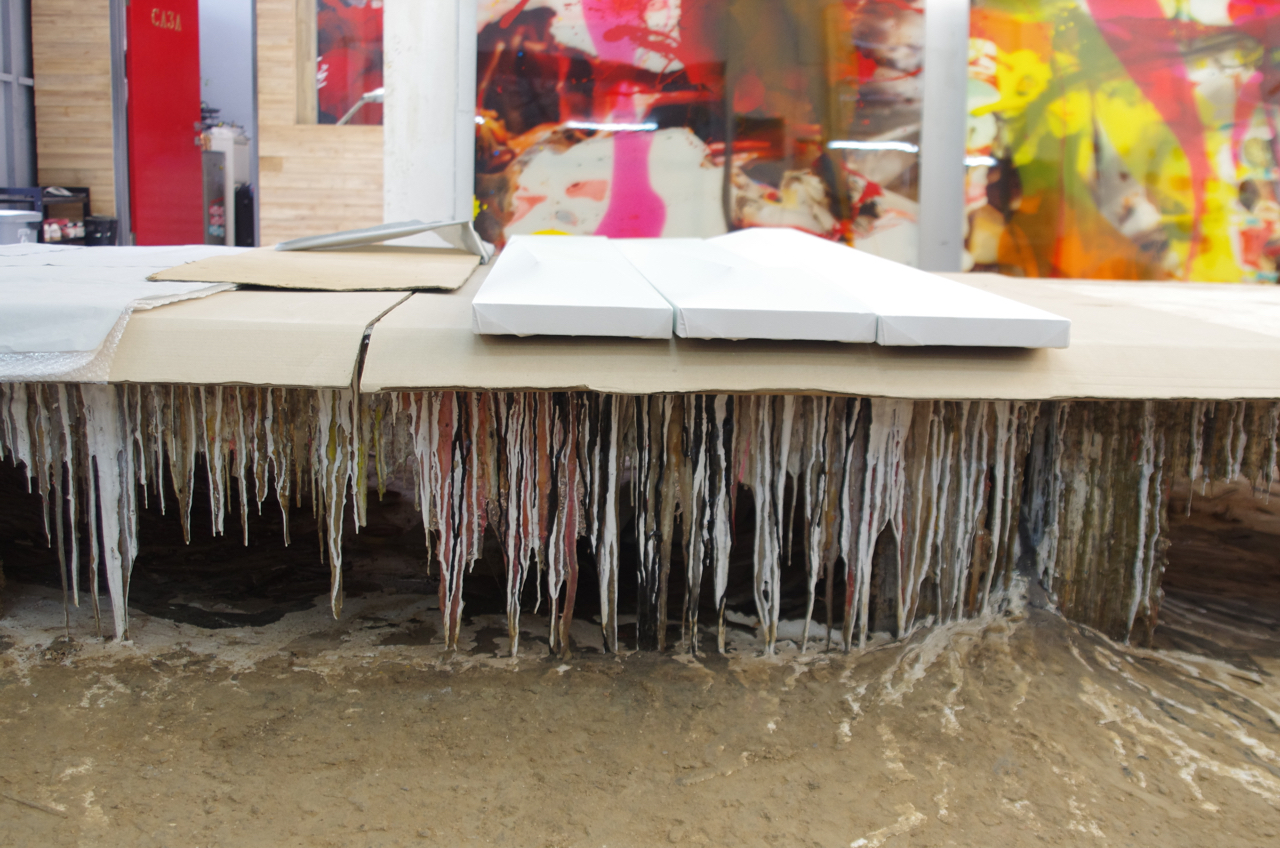I spent a wonderful afternoon at the studio of Marcia Hafif in Laguna Beach, CA this March and had a chance to interview here about her 70 plus years of art making. We also spoke about her ideas for upcoming shows, ones that will also feature her extensive drawing practice, as well as new color digital photograph diptychs made with her iPhone camera. I will be posting a video interview with her on my website soon. Please stay tuned for her upcoming interview I wrote in PARNASS art magazine.
Here is a piece of writing as an introduction to her work "The Inventory" on her website:
ABOUT THE INVENTORY
THE SERIES
The Inventory is a listing by series of works in the approximate order they appeared. One series followed another at approximately two years intervals, in idiosyncratic order, building my project of examining the methods and materials of Western Painting in the form of works of art.
In 1972, in order to start at the beginning, I covered a vertical sheet of drawing paper with vertical pencil marks starting from the top left and ending at the bottom right. Each drawing developed in a slightly different way leading to unexpected patterns within that same procedure. I turned to paint, acrylic at first presenting a palette of fourteen colors on fourteen canvases then oil in The Extended Gray Scale, 106 canvases graduated from white to black.
About this time I was lent Max Doerner's book, The Materials of the Artist and Their Use in Painting that led me to experiment. I bought every color in powdered pigment that I could find using a glass muller to grind them one by one into linseed oil making my own paint. Each color was painted on prepared canvas on a ready-made stretcher each element referring to Painting. Wall painting came next, then grayed colors, the color of "the most beautiful black," and the color of skin in European painting each displaying some technique such as egg tempera, encaustic, watercolor, glaze or scumble.
ABOUT HANGING
I do not make paintings so much as I make installations. Each series has its inherent way of hanging though it is difficult to make any firm rules. In each case - with one work or many - I look for the way the painting(s) will join with the wall to unite the space. Every location is different, high ceiling or low, long or short walls, with different windows, light sources, doors, obstructions. I use a center height through all the works, one that will be not too high for viewing with approximately the same distance between ceiling and floor.
In addition each series has its own needs: An Extended Gray Scale is hung in sequence with narrow spacing though the rows can be installed above and below or a section can be displayed separately. The large Mass Tone Paintings represent History Painting or Portraiture. The Table of Pigments, or elements of paint color is displayed in rows and blocks but each work can also be seen alone. The Neutral Mix Paintings are intended to be hung above and below each other in Salon Style.
TITLES
Every piece in The Inventory is related to every other. Titles include the series, the name, the size and often the date and place of making as in The Inventory: Mass Tone Paintings: Viridian, o/c, 72 x 68", New York, 1974.

